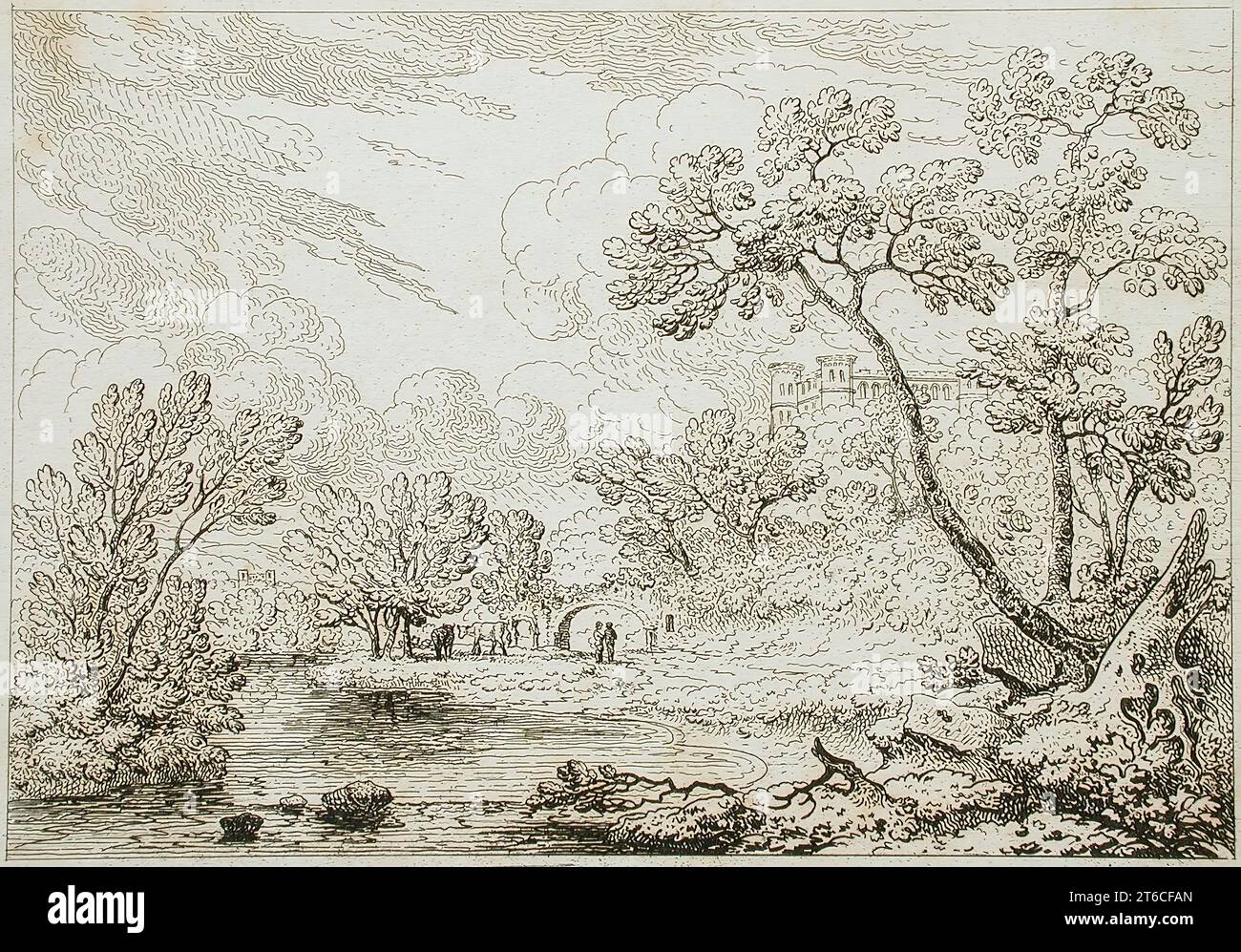Print 18th century english landscape Stock Photos and Images
(665)See print 18th century english landscape stock video clipsQuick filters:
Print 18th century english landscape Stock Photos and Images
 William Collins, 1788 –1847. English landscape and genre artist. Stock Photohttps://www.alamy.com/image-license-details/?v=1https://www.alamy.com/stock-photo-william-collins-1788-1847-english-landscape-and-genre-artist-52252024.html
William Collins, 1788 –1847. English landscape and genre artist. Stock Photohttps://www.alamy.com/image-license-details/?v=1https://www.alamy.com/stock-photo-william-collins-1788-1847-english-landscape-and-genre-artist-52252024.htmlRMD107YM–William Collins, 1788 –1847. English landscape and genre artist.
 An engraving of Chester Castle 18 December 1772 scanned at high resolution from a book published in the 1770s. Believed copyright free. Stock Photohttps://www.alamy.com/image-license-details/?v=1https://www.alamy.com/an-engraving-of-chester-castle-18-december-1772-scanned-at-high-resolution-from-a-book-published-in-the-1770s-believed-copyright-free-image362975647.html
An engraving of Chester Castle 18 December 1772 scanned at high resolution from a book published in the 1770s. Believed copyright free. Stock Photohttps://www.alamy.com/image-license-details/?v=1https://www.alamy.com/an-engraving-of-chester-castle-18-december-1772-scanned-at-high-resolution-from-a-book-published-in-the-1770s-believed-copyright-free-image362975647.htmlRM2C2EY3Y–An engraving of Chester Castle 18 December 1772 scanned at high resolution from a book published in the 1770s. Believed copyright free.
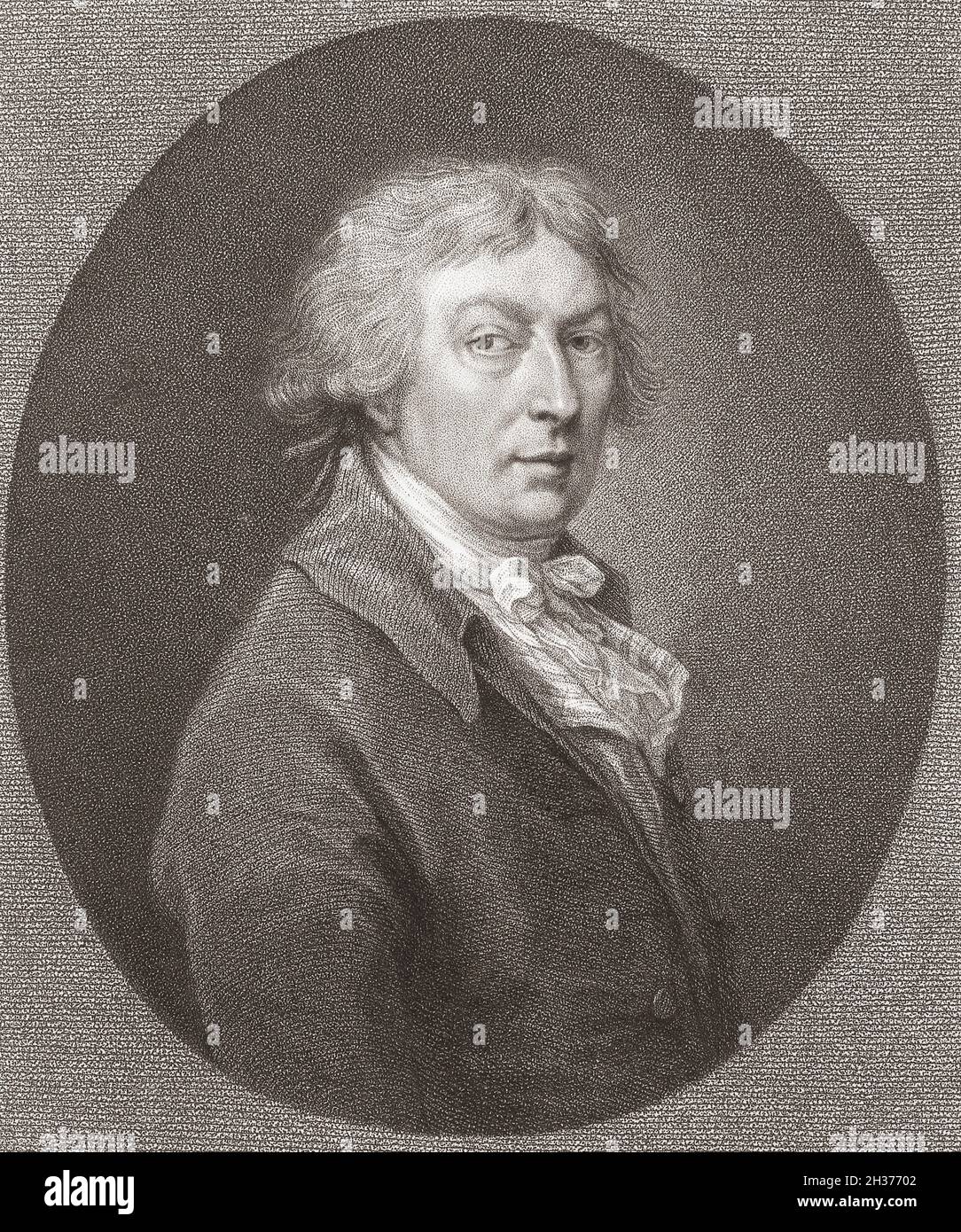 Thomas Gainsborough, 1727 – 1788. English portrait and landscape artist. From an engraving by Francesco Bartolozzi, after a self portrait by Thomas Gainsborough. Stock Photohttps://www.alamy.com/image-license-details/?v=1https://www.alamy.com/thomas-gainsborough-1727-1788-english-portrait-and-landscape-artist-from-an-engraving-by-francesco-bartolozzi-after-a-self-portrait-by-thomas-gainsborough-image449472690.html
Thomas Gainsborough, 1727 – 1788. English portrait and landscape artist. From an engraving by Francesco Bartolozzi, after a self portrait by Thomas Gainsborough. Stock Photohttps://www.alamy.com/image-license-details/?v=1https://www.alamy.com/thomas-gainsborough-1727-1788-english-portrait-and-landscape-artist-from-an-engraving-by-francesco-bartolozzi-after-a-self-portrait-by-thomas-gainsborough-image449472690.htmlRM2H37702–Thomas Gainsborough, 1727 – 1788. English portrait and landscape artist. From an engraving by Francesco Bartolozzi, after a self portrait by Thomas Gainsborough.
 An engraving of Cockermouth Castle published 24 December 1783 scanned at high resolution from a book published in the 1780s. This image is believed to Stock Photohttps://www.alamy.com/image-license-details/?v=1https://www.alamy.com/an-engraving-of-cockermouth-castle-published-24-december-1783-scanned-at-high-resolution-from-a-book-published-in-the-1780s-this-image-is-believed-to-image396860022.html
An engraving of Cockermouth Castle published 24 December 1783 scanned at high resolution from a book published in the 1780s. This image is believed to Stock Photohttps://www.alamy.com/image-license-details/?v=1https://www.alamy.com/an-engraving-of-cockermouth-castle-published-24-december-1783-scanned-at-high-resolution-from-a-book-published-in-the-1780s-this-image-is-believed-to-image396860022.htmlRM2E1JF06–An engraving of Cockermouth Castle published 24 December 1783 scanned at high resolution from a book published in the 1780s. This image is believed to
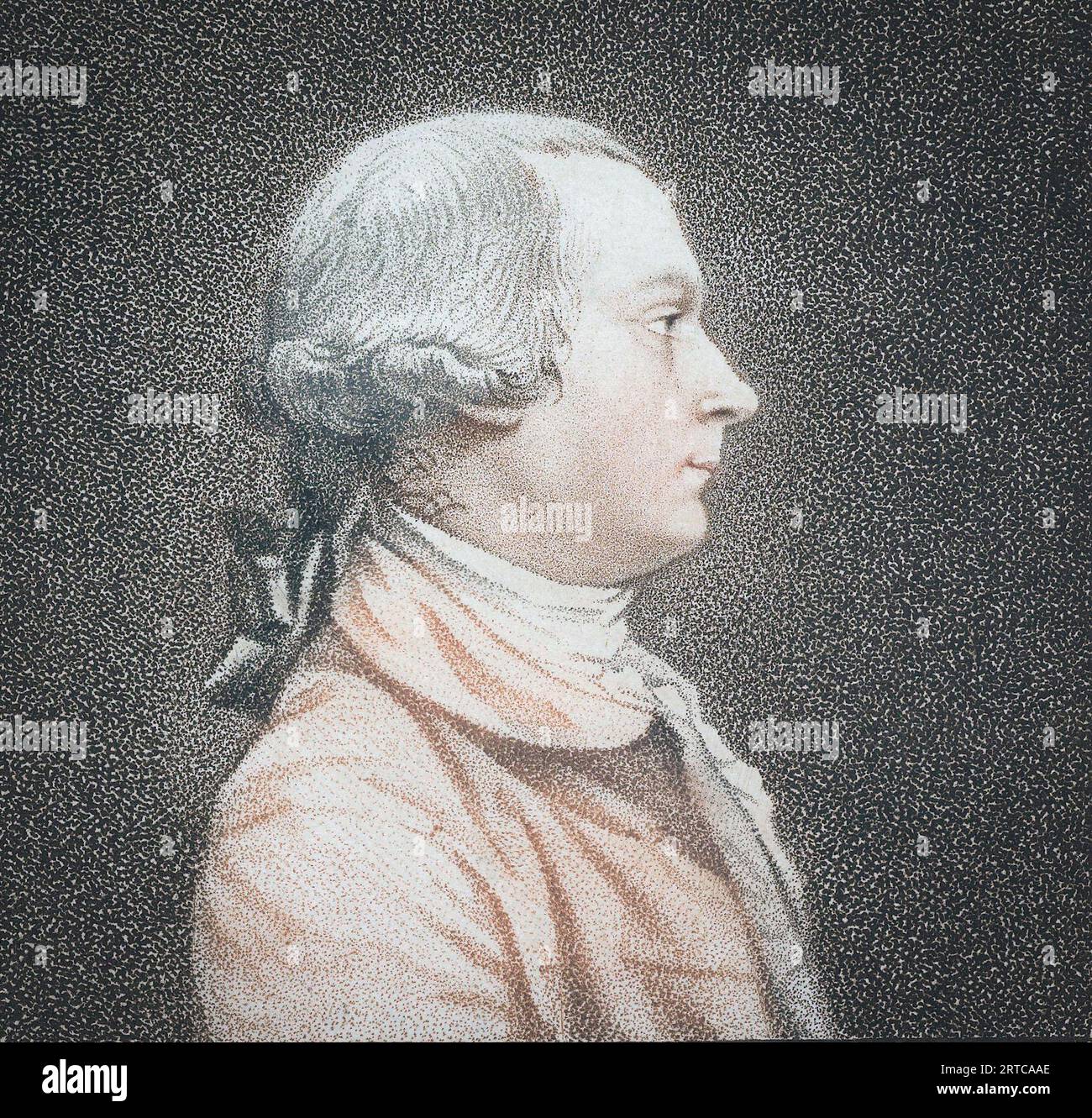 Paul Sandby, 1731 - 1809. English cartographer and landscape painter. Founding member of the Royal Academy. From a print by Burnet Reading from the painting by Peter Falconet. Stock Photohttps://www.alamy.com/image-license-details/?v=1https://www.alamy.com/paul-sandby-1731-1809-english-cartographer-and-landscape-painter-founding-member-of-the-royal-academy-from-a-print-by-burnet-reading-from-the-painting-by-peter-falconet-image565755078.html
Paul Sandby, 1731 - 1809. English cartographer and landscape painter. Founding member of the Royal Academy. From a print by Burnet Reading from the painting by Peter Falconet. Stock Photohttps://www.alamy.com/image-license-details/?v=1https://www.alamy.com/paul-sandby-1731-1809-english-cartographer-and-landscape-painter-founding-member-of-the-royal-academy-from-a-print-by-burnet-reading-from-the-painting-by-peter-falconet-image565755078.htmlRM2RTCAAE–Paul Sandby, 1731 - 1809. English cartographer and landscape painter. Founding member of the Royal Academy. From a print by Burnet Reading from the painting by Peter Falconet.
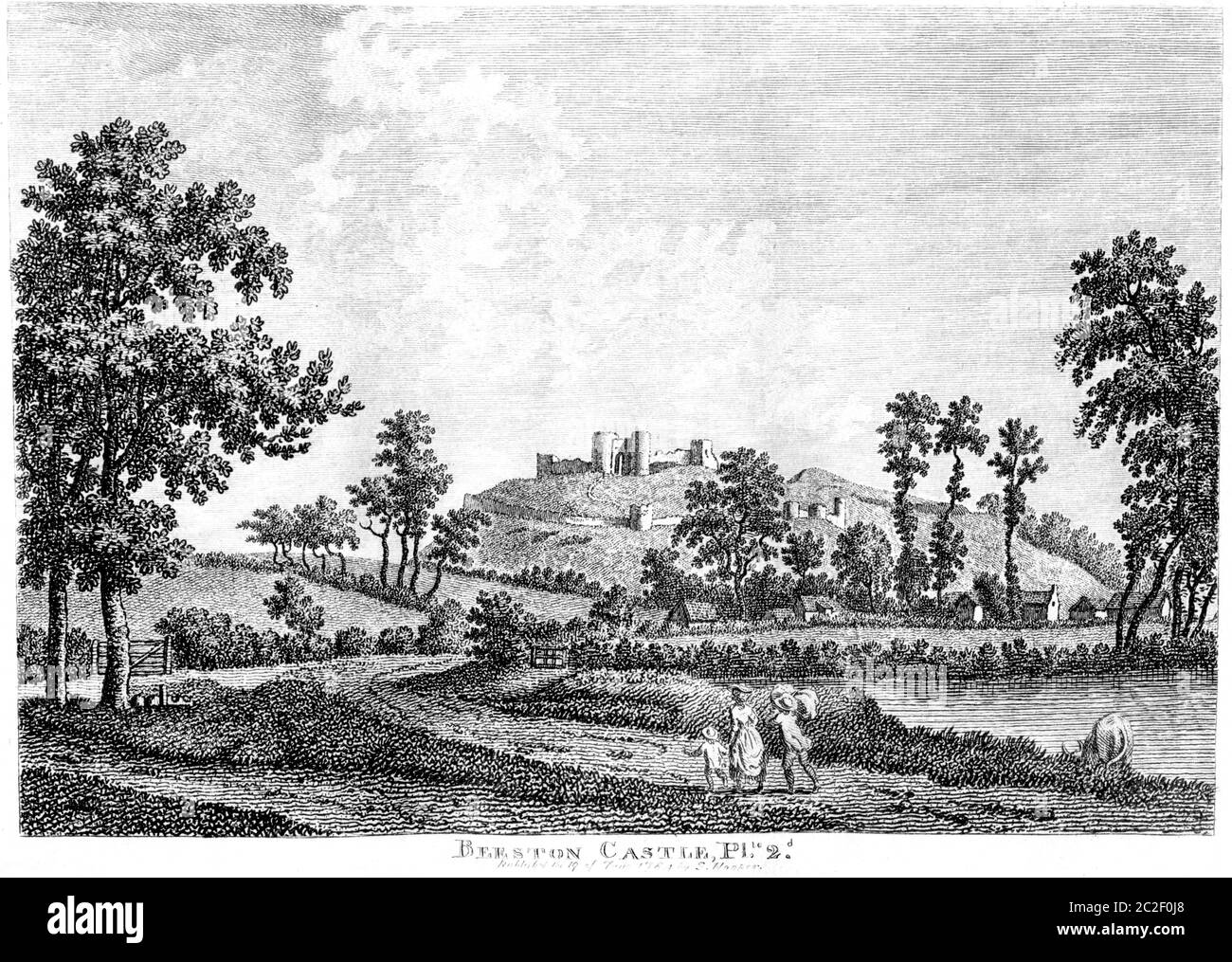 An engraving of Beeston Castle Cheshire 19 June 1784 scanned at high resolution from a book published in the 1780s. Believed copyright free. Stock Photohttps://www.alamy.com/image-license-details/?v=1https://www.alamy.com/an-engraving-of-beeston-castle-cheshire-19-june-1784-scanned-at-high-resolution-from-a-book-published-in-the-1780s-believed-copyright-free-image362976832.html
An engraving of Beeston Castle Cheshire 19 June 1784 scanned at high resolution from a book published in the 1780s. Believed copyright free. Stock Photohttps://www.alamy.com/image-license-details/?v=1https://www.alamy.com/an-engraving-of-beeston-castle-cheshire-19-june-1784-scanned-at-high-resolution-from-a-book-published-in-the-1780s-believed-copyright-free-image362976832.htmlRM2C2F0J8–An engraving of Beeston Castle Cheshire 19 June 1784 scanned at high resolution from a book published in the 1780s. Believed copyright free.
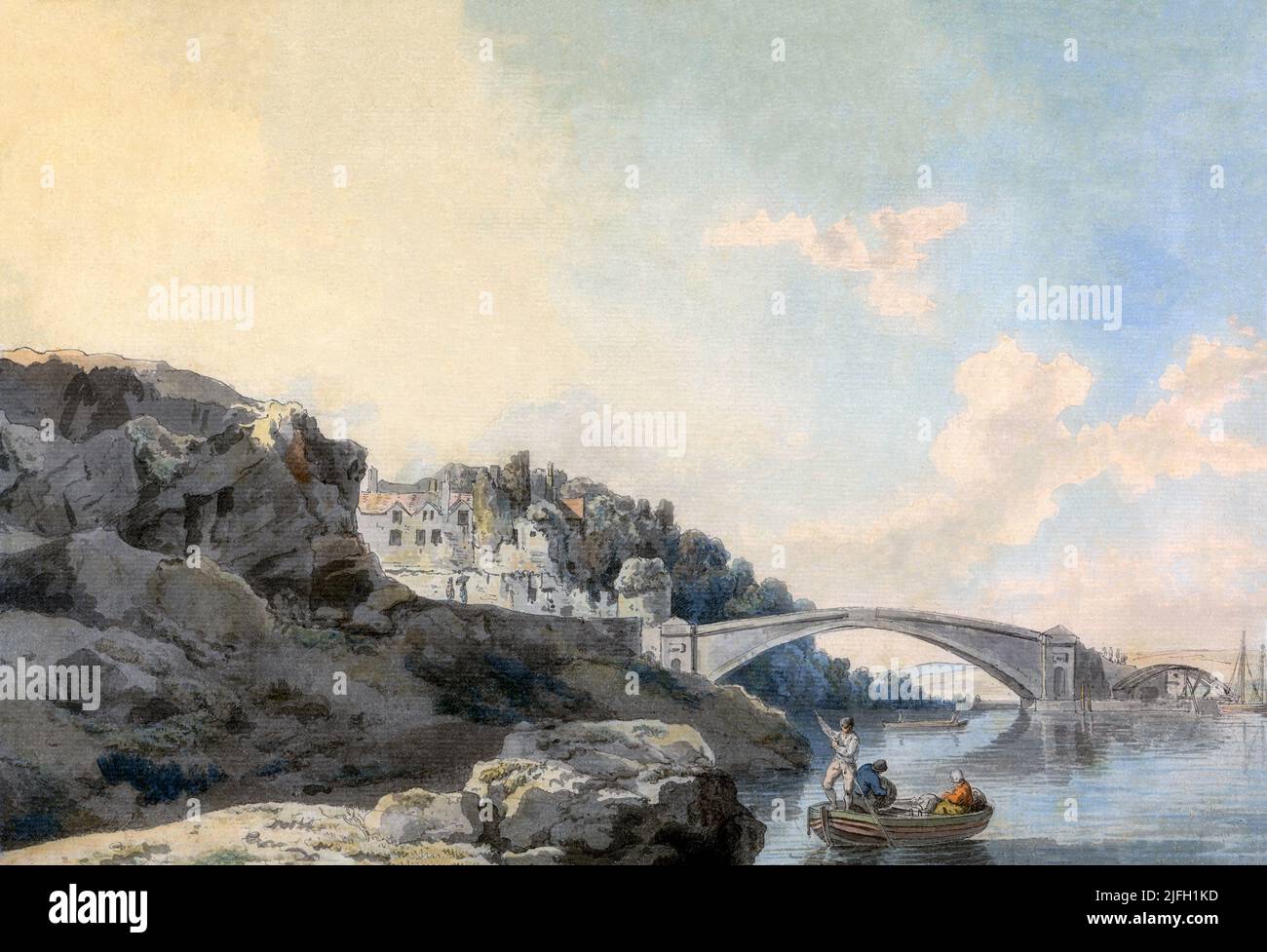 An 18th Century view of Lismore Castle by the English artist Francis Wheatley (1747 - 1801). Perched above the River Suir, it's the Irish home of the Duke of Devonshire having previously belonged to Sir Walter Raleigh and the Earls of Desmond. It was later re-built in the Gothic style during the mid-nineteenth century by Sir Joseph Paxton for William Cavendish, 6th Duke of Devonshire. Lismore, County Waterford, Ireland. Stock Photohttps://www.alamy.com/image-license-details/?v=1https://www.alamy.com/an-18th-century-view-of-lismore-castle-by-the-english-artist-francis-wheatley-1747-1801-perched-above-the-river-suir-its-the-irish-home-of-the-duke-of-devonshire-having-previously-belonged-to-sir-walter-raleigh-and-the-earls-of-desmond-it-was-later-re-built-in-the-gothic-style-during-the-mid-nineteenth-century-by-sir-joseph-paxton-for-william-cavendish-6th-duke-of-devonshire-lismore-county-waterford-ireland-image474274289.html
An 18th Century view of Lismore Castle by the English artist Francis Wheatley (1747 - 1801). Perched above the River Suir, it's the Irish home of the Duke of Devonshire having previously belonged to Sir Walter Raleigh and the Earls of Desmond. It was later re-built in the Gothic style during the mid-nineteenth century by Sir Joseph Paxton for William Cavendish, 6th Duke of Devonshire. Lismore, County Waterford, Ireland. Stock Photohttps://www.alamy.com/image-license-details/?v=1https://www.alamy.com/an-18th-century-view-of-lismore-castle-by-the-english-artist-francis-wheatley-1747-1801-perched-above-the-river-suir-its-the-irish-home-of-the-duke-of-devonshire-having-previously-belonged-to-sir-walter-raleigh-and-the-earls-of-desmond-it-was-later-re-built-in-the-gothic-style-during-the-mid-nineteenth-century-by-sir-joseph-paxton-for-william-cavendish-6th-duke-of-devonshire-lismore-county-waterford-ireland-image474274289.htmlRM2JFH1KD–An 18th Century view of Lismore Castle by the English artist Francis Wheatley (1747 - 1801). Perched above the River Suir, it's the Irish home of the Duke of Devonshire having previously belonged to Sir Walter Raleigh and the Earls of Desmond. It was later re-built in the Gothic style during the mid-nineteenth century by Sir Joseph Paxton for William Cavendish, 6th Duke of Devonshire. Lismore, County Waterford, Ireland.
 John Linnell, 1792 – 1882. English landscape and portrait painter and engraver. Stock Photohttps://www.alamy.com/image-license-details/?v=1https://www.alamy.com/stock-photo-john-linnell-1792-1882-english-landscape-and-portrait-painter-and-111814282.html
John Linnell, 1792 – 1882. English landscape and portrait painter and engraver. Stock Photohttps://www.alamy.com/image-license-details/?v=1https://www.alamy.com/stock-photo-john-linnell-1792-1882-english-landscape-and-portrait-painter-and-111814282.htmlRMGDWG76–John Linnell, 1792 – 1882. English landscape and portrait painter and engraver.
 Sir Francis Dashwood's house at West Wycombe. Buckinghamshire. 18th century engraving showing part of Humphry Repton's landscape layout Stock Photohttps://www.alamy.com/image-license-details/?v=1https://www.alamy.com/sir-francis-dashwoods-house-at-west-wycombe-buckinghamshire-18th-century-engraving-showing-part-of-humphry-reptons-landscape-layout-image268839226.html
Sir Francis Dashwood's house at West Wycombe. Buckinghamshire. 18th century engraving showing part of Humphry Repton's landscape layout Stock Photohttps://www.alamy.com/image-license-details/?v=1https://www.alamy.com/sir-francis-dashwoods-house-at-west-wycombe-buckinghamshire-18th-century-engraving-showing-part-of-humphry-reptons-landscape-layout-image268839226.htmlRMWHAK4X–Sir Francis Dashwood's house at West Wycombe. Buckinghamshire. 18th century engraving showing part of Humphry Repton's landscape layout
 English School, (18th century) - The Boy with a Bat, Walter Hawkesworth Fawkes Stock Photohttps://www.alamy.com/image-license-details/?v=1https://www.alamy.com/stock-photo-english-school-18th-century-the-boy-with-a-bat-walter-hawkesworth-132686033.html
English School, (18th century) - The Boy with a Bat, Walter Hawkesworth Fawkes Stock Photohttps://www.alamy.com/image-license-details/?v=1https://www.alamy.com/stock-photo-english-school-18th-century-the-boy-with-a-bat-walter-hawkesworth-132686033.htmlRMHKTAAW–English School, (18th century) - The Boy with a Bat, Walter Hawkesworth Fawkes
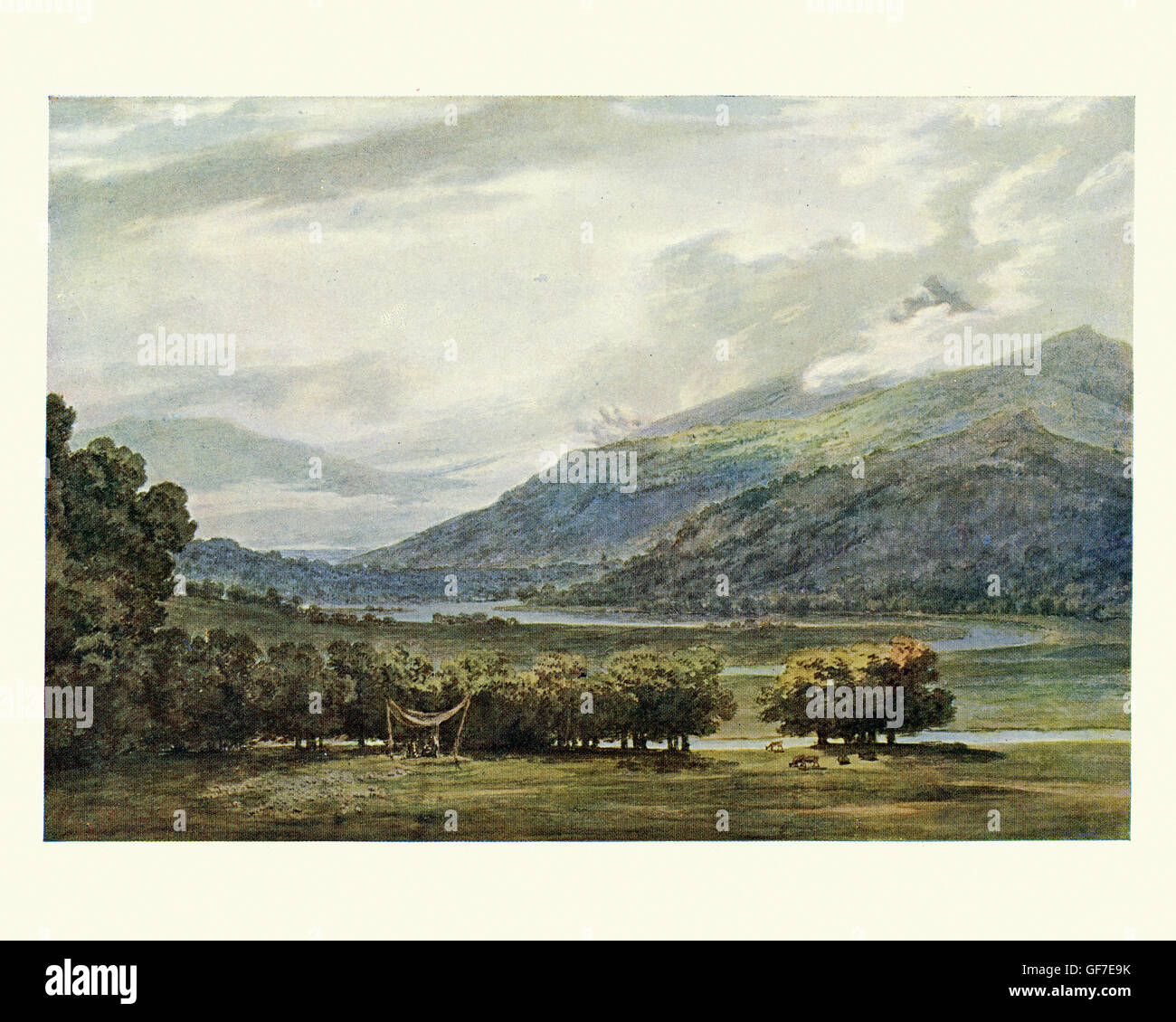 A Swiss Landscape, after the watercolour by John Robert Cozens a British draftsman and painter of romantic watercolour landscapes. 18th Century Stock Photohttps://www.alamy.com/image-license-details/?v=1https://www.alamy.com/stock-photo-a-swiss-landscape-after-the-watercolour-by-john-robert-cozens-a-british-112646959.html
A Swiss Landscape, after the watercolour by John Robert Cozens a British draftsman and painter of romantic watercolour landscapes. 18th Century Stock Photohttps://www.alamy.com/image-license-details/?v=1https://www.alamy.com/stock-photo-a-swiss-landscape-after-the-watercolour-by-john-robert-cozens-a-british-112646959.htmlRMGF7E9K–A Swiss Landscape, after the watercolour by John Robert Cozens a British draftsman and painter of romantic watercolour landscapes. 18th Century
 An engraving of Chester Bridge 1st March 1772 scanned at high resolution from a book published in the 1770s. Believed copyright free. Stock Photohttps://www.alamy.com/image-license-details/?v=1https://www.alamy.com/an-engraving-of-chester-bridge-1st-march-1772-scanned-at-high-resolution-from-a-book-published-in-the-1770s-believed-copyright-free-image362975738.html
An engraving of Chester Bridge 1st March 1772 scanned at high resolution from a book published in the 1770s. Believed copyright free. Stock Photohttps://www.alamy.com/image-license-details/?v=1https://www.alamy.com/an-engraving-of-chester-bridge-1st-march-1772-scanned-at-high-resolution-from-a-book-published-in-the-1770s-believed-copyright-free-image362975738.htmlRM2C2EY76–An engraving of Chester Bridge 1st March 1772 scanned at high resolution from a book published in the 1770s. Believed copyright free.
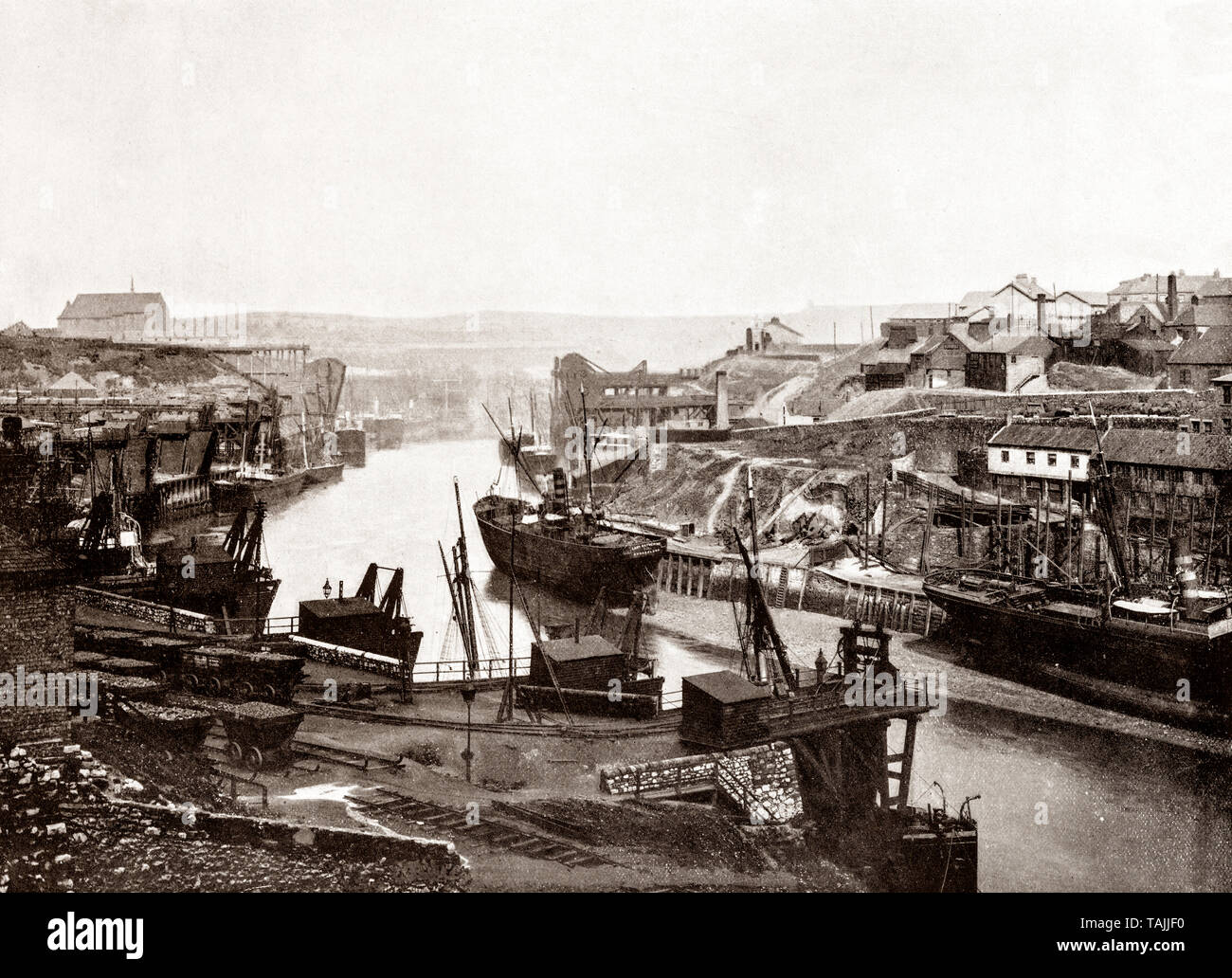 A late 19th Century view of the industrial riverside of the River Wear at Sunderland, a city in Tyne and Wear, England. Once hailed as the 'Largest Shipbuilding Town in the World',ships were built on the Wear from at least 1346 onwards and by the mid-18th century Sunderland was one of the chief shipbuilding towns in the country. The Port of Sunderland was significantly expanded in the 1850s with the construction of Hudson Dock. Stock Photohttps://www.alamy.com/image-license-details/?v=1https://www.alamy.com/a-late-19th-century-view-of-the-industrial-riverside-of-the-river-wear-at-sunderland-a-city-in-tyne-and-wear-england-once-hailed-as-the-largest-shipbuilding-town-in-the-worldships-were-built-on-the-wear-from-at-least-1346-onwards-and-by-the-mid-18th-century-sunderland-was-one-of-the-chief-shipbuilding-towns-in-the-country-the-port-of-sunderland-was-significantly-expanded-in-the-1850s-with-the-construction-of-hudson-dock-image247501380.html
A late 19th Century view of the industrial riverside of the River Wear at Sunderland, a city in Tyne and Wear, England. Once hailed as the 'Largest Shipbuilding Town in the World',ships were built on the Wear from at least 1346 onwards and by the mid-18th century Sunderland was one of the chief shipbuilding towns in the country. The Port of Sunderland was significantly expanded in the 1850s with the construction of Hudson Dock. Stock Photohttps://www.alamy.com/image-license-details/?v=1https://www.alamy.com/a-late-19th-century-view-of-the-industrial-riverside-of-the-river-wear-at-sunderland-a-city-in-tyne-and-wear-england-once-hailed-as-the-largest-shipbuilding-town-in-the-worldships-were-built-on-the-wear-from-at-least-1346-onwards-and-by-the-mid-18th-century-sunderland-was-one-of-the-chief-shipbuilding-towns-in-the-country-the-port-of-sunderland-was-significantly-expanded-in-the-1850s-with-the-construction-of-hudson-dock-image247501380.htmlRMTAJJF0–A late 19th Century view of the industrial riverside of the River Wear at Sunderland, a city in Tyne and Wear, England. Once hailed as the 'Largest Shipbuilding Town in the World',ships were built on the Wear from at least 1346 onwards and by the mid-18th century Sunderland was one of the chief shipbuilding towns in the country. The Port of Sunderland was significantly expanded in the 1850s with the construction of Hudson Dock.
 An engraving of Corfe Castle, Dorset scanned at high resolution from a book published in 1784. This image is believed to be free of all copyright. Stock Photohttps://www.alamy.com/image-license-details/?v=1https://www.alamy.com/an-engraving-of-corfe-castle-dorset-scanned-at-high-resolution-from-a-book-published-in-1784-this-image-is-believed-to-be-free-of-all-copyright-image349299999.html
An engraving of Corfe Castle, Dorset scanned at high resolution from a book published in 1784. This image is believed to be free of all copyright. Stock Photohttps://www.alamy.com/image-license-details/?v=1https://www.alamy.com/an-engraving-of-corfe-castle-dorset-scanned-at-high-resolution-from-a-book-published-in-1784-this-image-is-believed-to-be-free-of-all-copyright-image349299999.htmlRM2B87YKY–An engraving of Corfe Castle, Dorset scanned at high resolution from a book published in 1784. This image is believed to be free of all copyright.
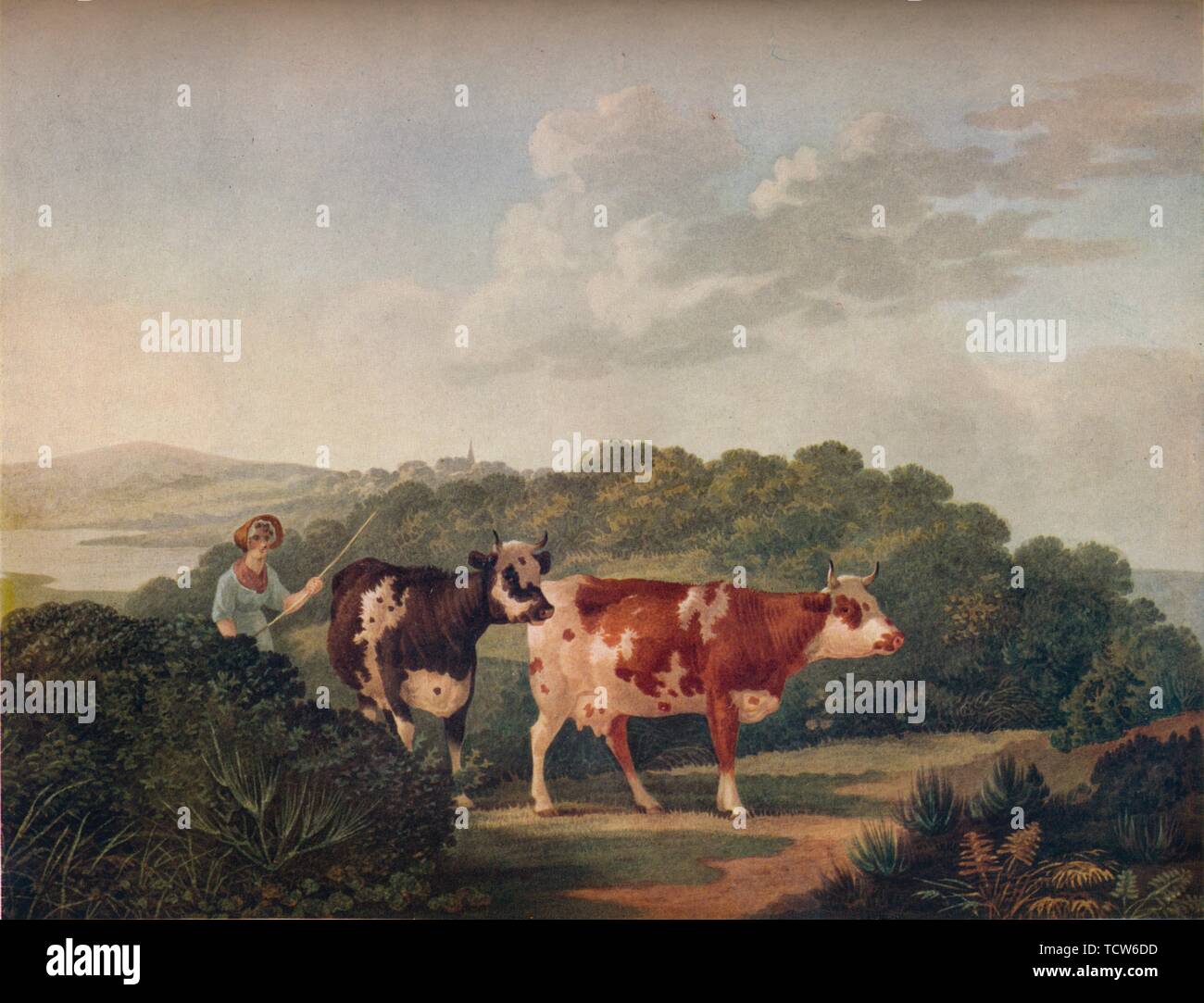 'English Landscape, with Shorthorned Cattle', late 18th-early 19th century, (1930). Creator: Charles Towne. Stock Photohttps://www.alamy.com/image-license-details/?v=1https://www.alamy.com/english-landscape-with-shorthorned-cattle-late-18th-early-19th-century-1930-creator-charles-towne-image248874905.html
'English Landscape, with Shorthorned Cattle', late 18th-early 19th century, (1930). Creator: Charles Towne. Stock Photohttps://www.alamy.com/image-license-details/?v=1https://www.alamy.com/english-landscape-with-shorthorned-cattle-late-18th-early-19th-century-1930-creator-charles-towne-image248874905.htmlRMTCW6DD–'English Landscape, with Shorthorned Cattle', late 18th-early 19th century, (1930). Creator: Charles Towne.
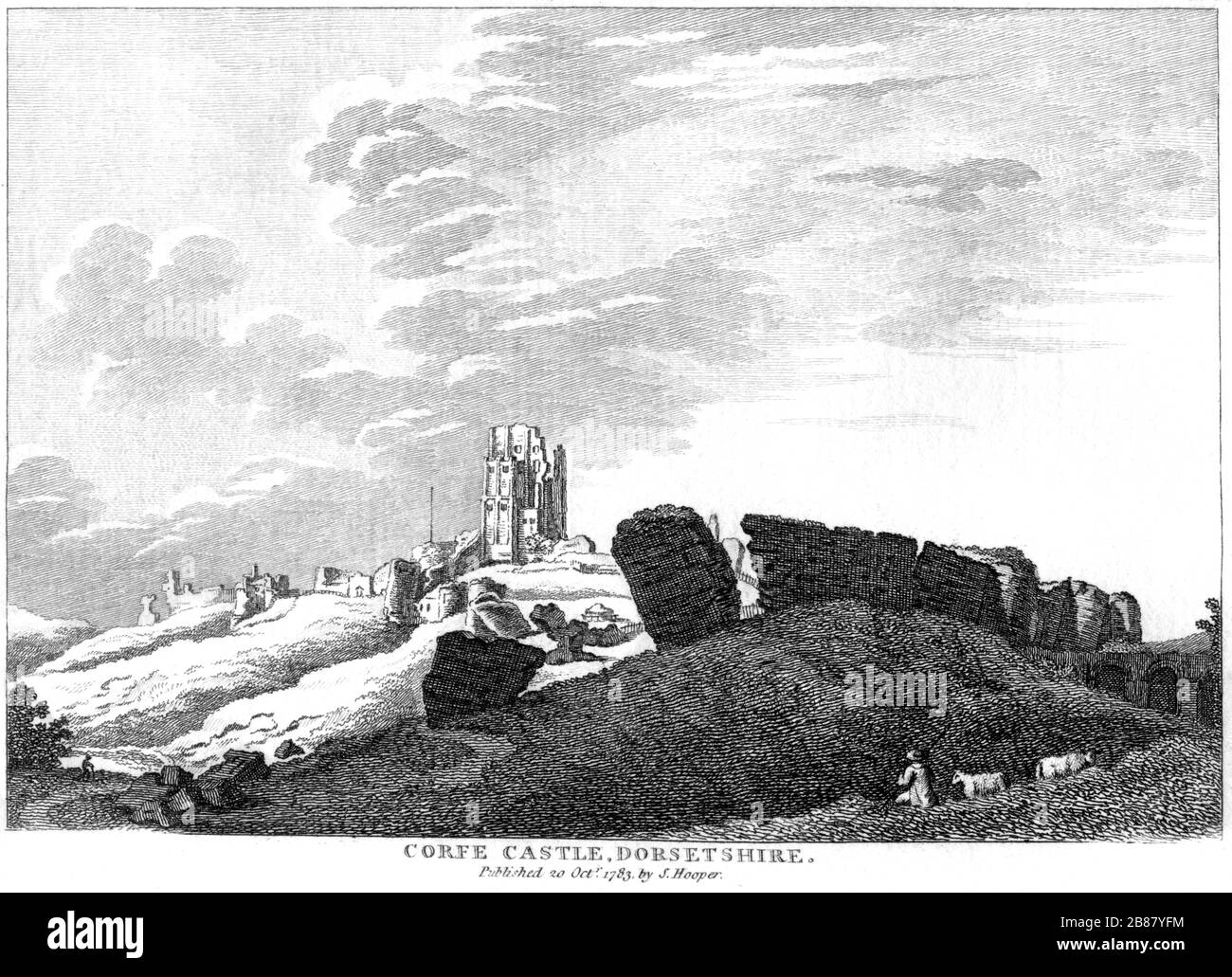 An engraving of Corfe Castle, Dorsetshire 1783 scanned at high resolution from a book published around 1786. Believed copyright free. Stock Photohttps://www.alamy.com/image-license-details/?v=1https://www.alamy.com/an-engraving-of-corfe-castle-dorsetshire-1783-scanned-at-high-resolution-from-a-book-published-around-1786-believed-copyright-free-image349299880.html
An engraving of Corfe Castle, Dorsetshire 1783 scanned at high resolution from a book published around 1786. Believed copyright free. Stock Photohttps://www.alamy.com/image-license-details/?v=1https://www.alamy.com/an-engraving-of-corfe-castle-dorsetshire-1783-scanned-at-high-resolution-from-a-book-published-around-1786-believed-copyright-free-image349299880.htmlRM2B87YFM–An engraving of Corfe Castle, Dorsetshire 1783 scanned at high resolution from a book published around 1786. Believed copyright free.
 Landscape by George Romney Stock Photohttps://www.alamy.com/image-license-details/?v=1https://www.alamy.com/landscape-by-george-romney-image543128339.html
Landscape by George Romney Stock Photohttps://www.alamy.com/image-license-details/?v=1https://www.alamy.com/landscape-by-george-romney-image543128339.htmlRM2PFHHMK–Landscape by George Romney
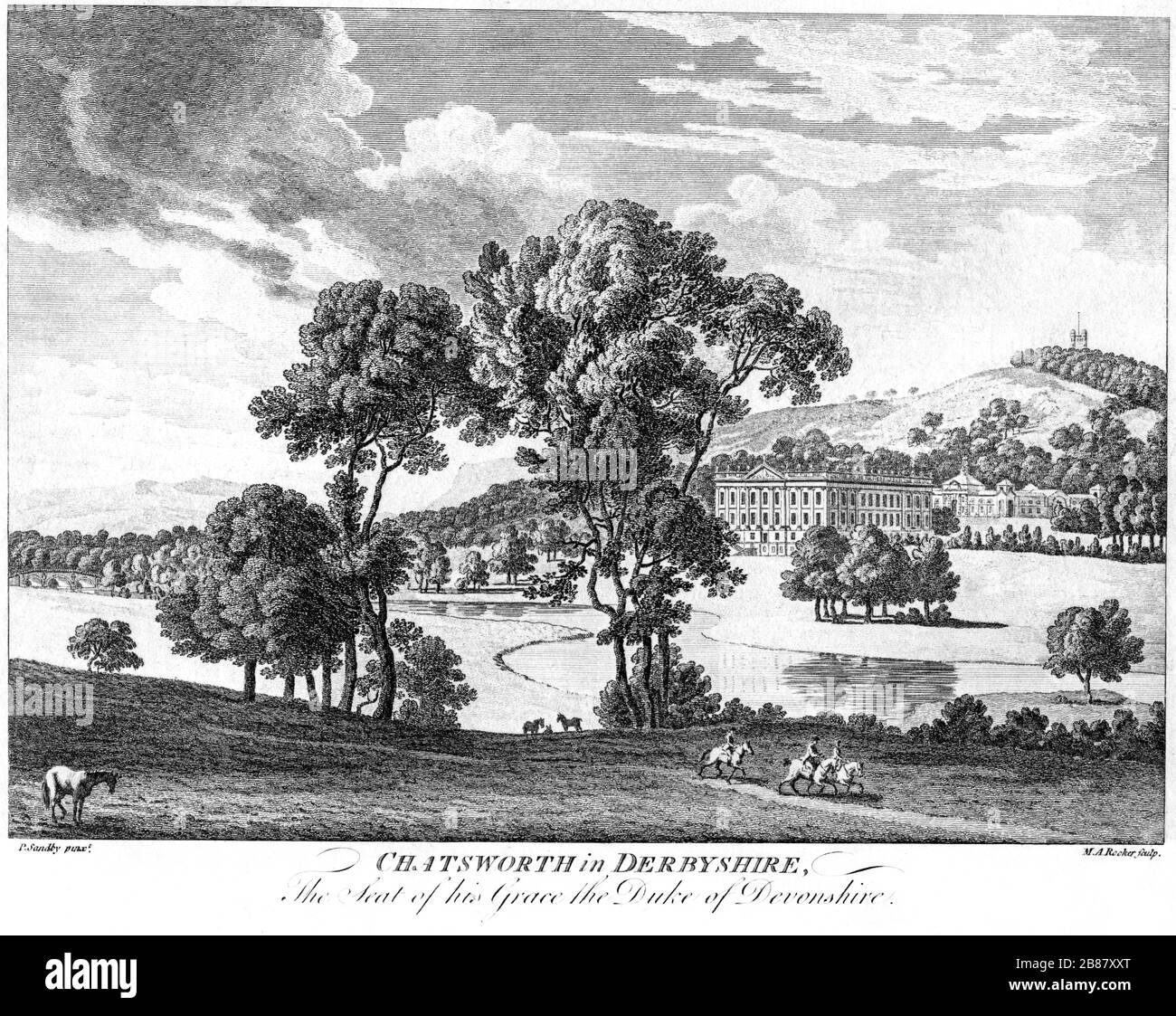 An engraving of Chatsworth in Derbyshire, the Seat of his Grace the Duke of Devonshire scanned at high resolution from a book published around 1786. Stock Photohttps://www.alamy.com/image-license-details/?v=1https://www.alamy.com/an-engraving-of-chatsworth-in-derbyshire-the-seat-of-his-grace-the-duke-of-devonshire-scanned-at-high-resolution-from-a-book-published-around-1786-image349299408.html
An engraving of Chatsworth in Derbyshire, the Seat of his Grace the Duke of Devonshire scanned at high resolution from a book published around 1786. Stock Photohttps://www.alamy.com/image-license-details/?v=1https://www.alamy.com/an-engraving-of-chatsworth-in-derbyshire-the-seat-of-his-grace-the-duke-of-devonshire-scanned-at-high-resolution-from-a-book-published-around-1786-image349299408.htmlRM2B87XXT–An engraving of Chatsworth in Derbyshire, the Seat of his Grace the Duke of Devonshire scanned at high resolution from a book published around 1786.
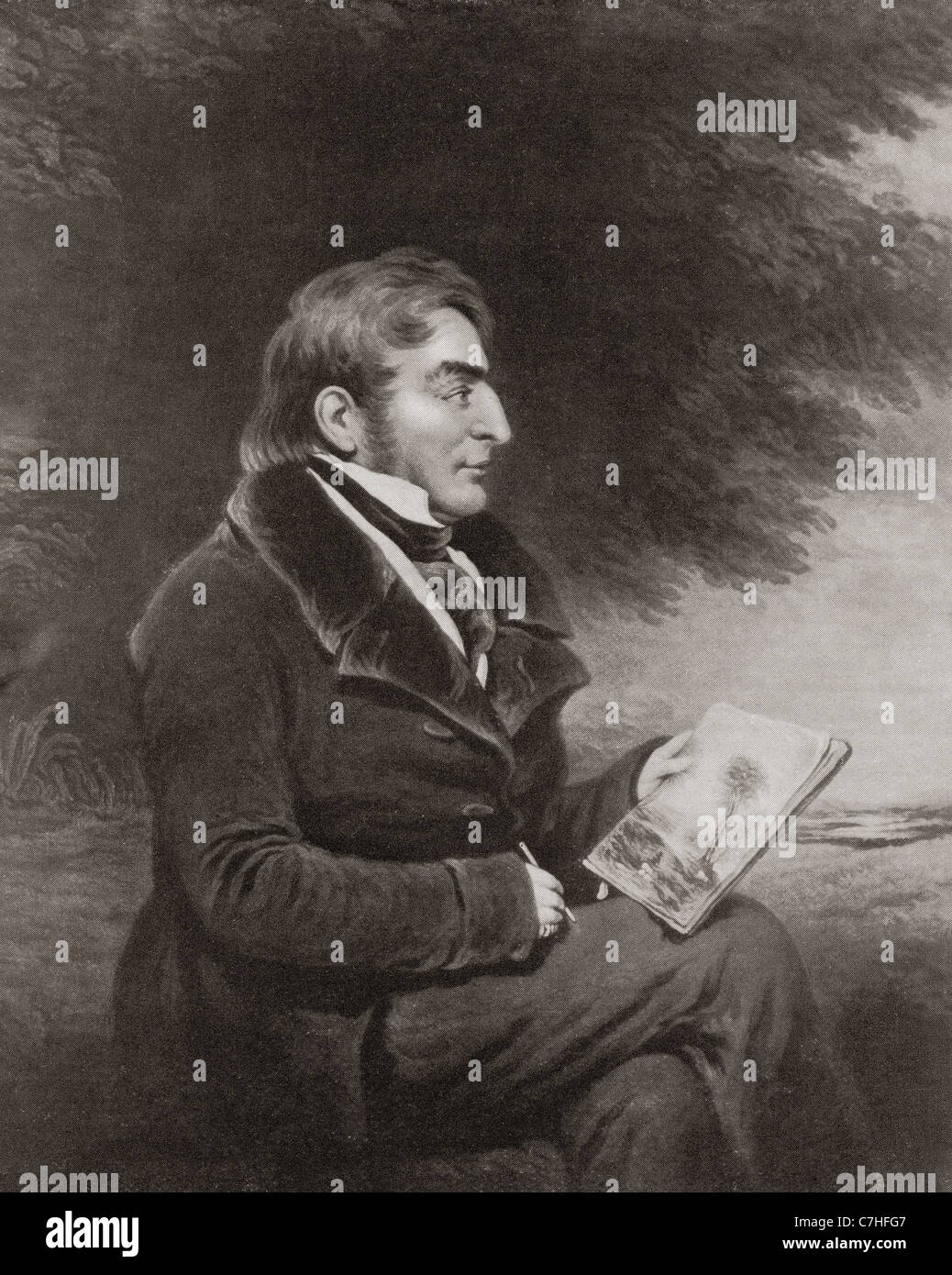 Joseph Mallord William Turner, 1775–1851. English Romantic landscape painter, watercolourist and printmaker. Stock Photohttps://www.alamy.com/image-license-details/?v=1https://www.alamy.com/stock-photo-joseph-mallord-william-turner-17751851-english-romantic-landscape-39108727.html
Joseph Mallord William Turner, 1775–1851. English Romantic landscape painter, watercolourist and printmaker. Stock Photohttps://www.alamy.com/image-license-details/?v=1https://www.alamy.com/stock-photo-joseph-mallord-william-turner-17751851-english-romantic-landscape-39108727.htmlRMC7HFG7–Joseph Mallord William Turner, 1775–1851. English Romantic landscape painter, watercolourist and printmaker.
 Salisbury, Wiltshire, mid-late 18th century. Artist: Unknown. Stock Photohttps://www.alamy.com/image-license-details/?v=1https://www.alamy.com/salisbury-wiltshire-mid-late-18th-century-artist-unknown-image218485540.html
Salisbury, Wiltshire, mid-late 18th century. Artist: Unknown. Stock Photohttps://www.alamy.com/image-license-details/?v=1https://www.alamy.com/salisbury-wiltshire-mid-late-18th-century-artist-unknown-image218485540.htmlRMPKCTF0–Salisbury, Wiltshire, mid-late 18th century. Artist: Unknown.
 Old-fashioned cyanotype image of a woman sketching by a lake: Stourhead Gardens, Wiltshire, England, UK: square format with rough borders Stock Photohttps://www.alamy.com/image-license-details/?v=1https://www.alamy.com/old-fashioned-cyanotype-image-of-a-woman-sketching-by-a-lake-stourhead-gardens-wiltshire-england-uk-square-format-with-rough-borders-image334536603.html
Old-fashioned cyanotype image of a woman sketching by a lake: Stourhead Gardens, Wiltshire, England, UK: square format with rough borders Stock Photohttps://www.alamy.com/image-license-details/?v=1https://www.alamy.com/old-fashioned-cyanotype-image-of-a-woman-sketching-by-a-lake-stourhead-gardens-wiltshire-england-uk-square-format-with-rough-borders-image334536603.htmlRF2AC7CRR–Old-fashioned cyanotype image of a woman sketching by a lake: Stourhead Gardens, Wiltshire, England, UK: square format with rough borders
 A print coloured engraving of the world in miniature watercolour etching on paper vintage 18th century created by Thomas Rowlandson antique print art artwork Georgian era England. A man helps a woman into a rowing boat at right. Another woman is seated in the row boat and a dog is barking at them on shore at right. They are surrounded by a wooded river landscape. Stock Photohttps://www.alamy.com/image-license-details/?v=1https://www.alamy.com/a-print-coloured-engraving-of-the-world-in-miniature-watercolour-etching-on-paper-vintage-18th-century-created-by-thomas-rowlandson-antique-print-art-artwork-georgian-era-england-a-man-helps-a-woman-into-a-rowing-boat-at-right-another-woman-is-seated-in-the-row-boat-and-a-dog-is-barking-at-them-on-shore-at-right-they-are-surrounded-by-a-wooded-river-landscape-image619957093.html
A print coloured engraving of the world in miniature watercolour etching on paper vintage 18th century created by Thomas Rowlandson antique print art artwork Georgian era England. A man helps a woman into a rowing boat at right. Another woman is seated in the row boat and a dog is barking at them on shore at right. They are surrounded by a wooded river landscape. Stock Photohttps://www.alamy.com/image-license-details/?v=1https://www.alamy.com/a-print-coloured-engraving-of-the-world-in-miniature-watercolour-etching-on-paper-vintage-18th-century-created-by-thomas-rowlandson-antique-print-art-artwork-georgian-era-england-a-man-helps-a-woman-into-a-rowing-boat-at-right-another-woman-is-seated-in-the-row-boat-and-a-dog-is-barking-at-them-on-shore-at-right-they-are-surrounded-by-a-wooded-river-landscape-image619957093.htmlRM2Y0HDGN–A print coloured engraving of the world in miniature watercolour etching on paper vintage 18th century created by Thomas Rowlandson antique print art artwork Georgian era England. A man helps a woman into a rowing boat at right. Another woman is seated in the row boat and a dog is barking at them on shore at right. They are surrounded by a wooded river landscape.
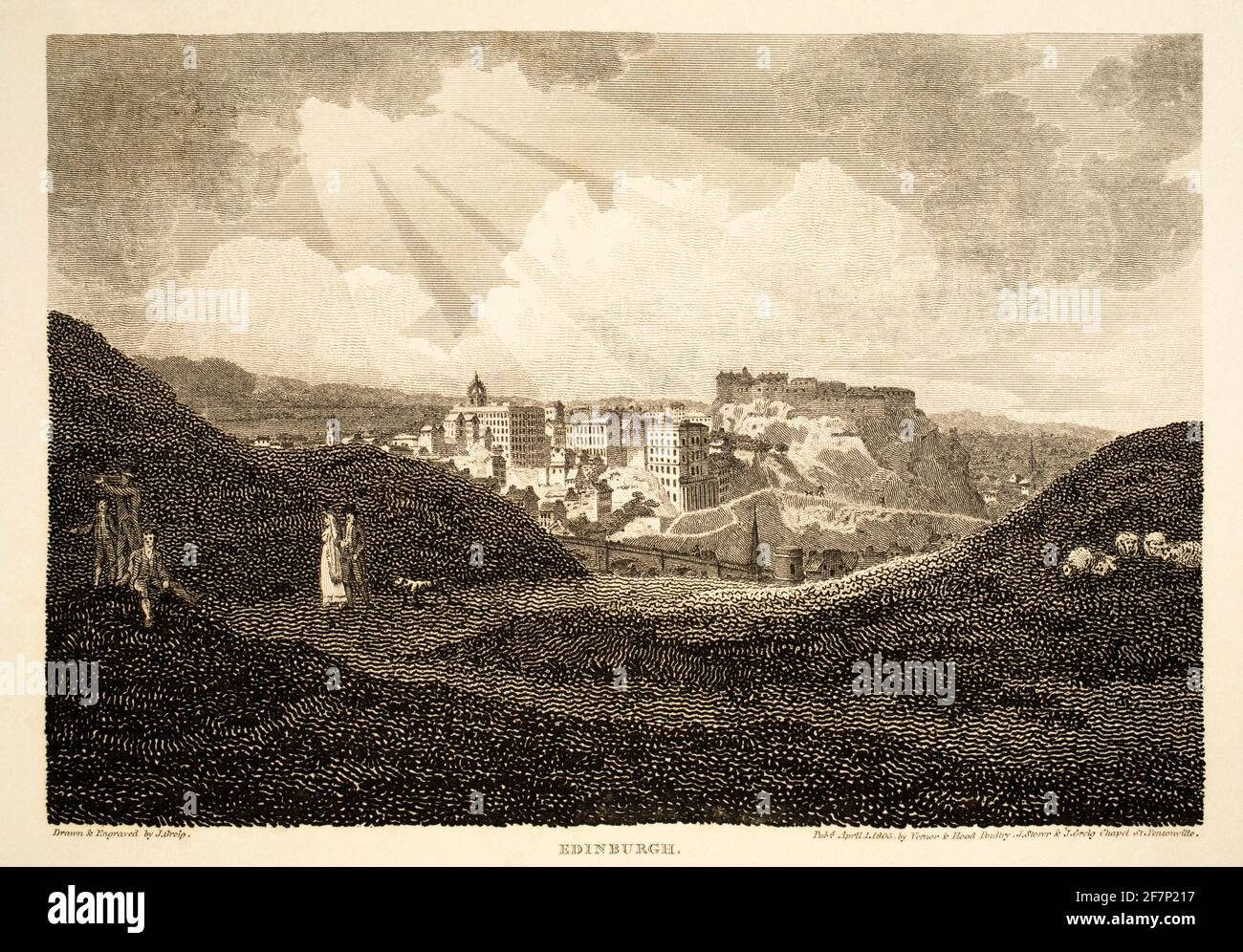 1805 original engraving of Edinburgh at end of 18th century, from 1811 Views in North Britain, illustrative of the works of Robert Burns, published by Stock Photohttps://www.alamy.com/image-license-details/?v=1https://www.alamy.com/1805-original-engraving-of-edinburgh-at-end-of-18th-century-from-1811-views-in-north-britain-illustrative-of-the-works-of-robert-burns-published-by-image417835971.html
1805 original engraving of Edinburgh at end of 18th century, from 1811 Views in North Britain, illustrative of the works of Robert Burns, published by Stock Photohttps://www.alamy.com/image-license-details/?v=1https://www.alamy.com/1805-original-engraving-of-edinburgh-at-end-of-18th-century-from-1811-views-in-north-britain-illustrative-of-the-works-of-robert-burns-published-by-image417835971.htmlRF2F7P217–1805 original engraving of Edinburgh at end of 18th century, from 1811 Views in North Britain, illustrative of the works of Robert Burns, published by
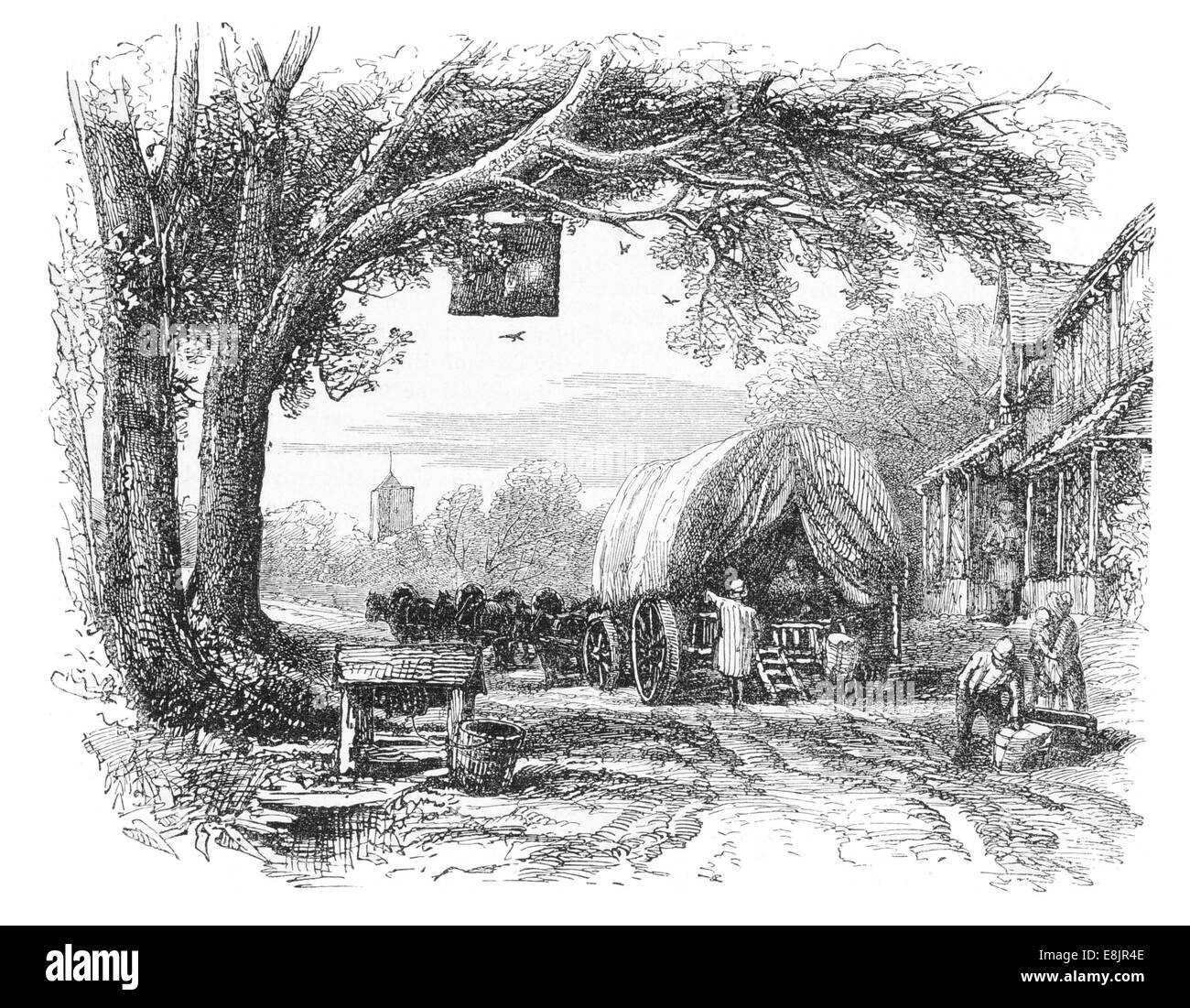 Road Wagon 18th century Stock Photohttps://www.alamy.com/image-license-details/?v=1https://www.alamy.com/stock-photo-road-wagon-18th-century-74172014.html
Road Wagon 18th century Stock Photohttps://www.alamy.com/image-license-details/?v=1https://www.alamy.com/stock-photo-road-wagon-18th-century-74172014.htmlRME8JR4E–Road Wagon 18th century
 Engraving depicting the transit of Venus over London, shown in a large celestial landscape. Dated 18th century Stock Photohttps://www.alamy.com/image-license-details/?v=1https://www.alamy.com/engraving-depicting-the-transit-of-venus-over-london-shown-in-a-large-celestial-landscape-dated-18th-century-image186347326.html
Engraving depicting the transit of Venus over London, shown in a large celestial landscape. Dated 18th century Stock Photohttps://www.alamy.com/image-license-details/?v=1https://www.alamy.com/engraving-depicting-the-transit-of-venus-over-london-shown-in-a-large-celestial-landscape-dated-18th-century-image186347326.htmlRMMR4RWJ–Engraving depicting the transit of Venus over London, shown in a large celestial landscape. Dated 18th century
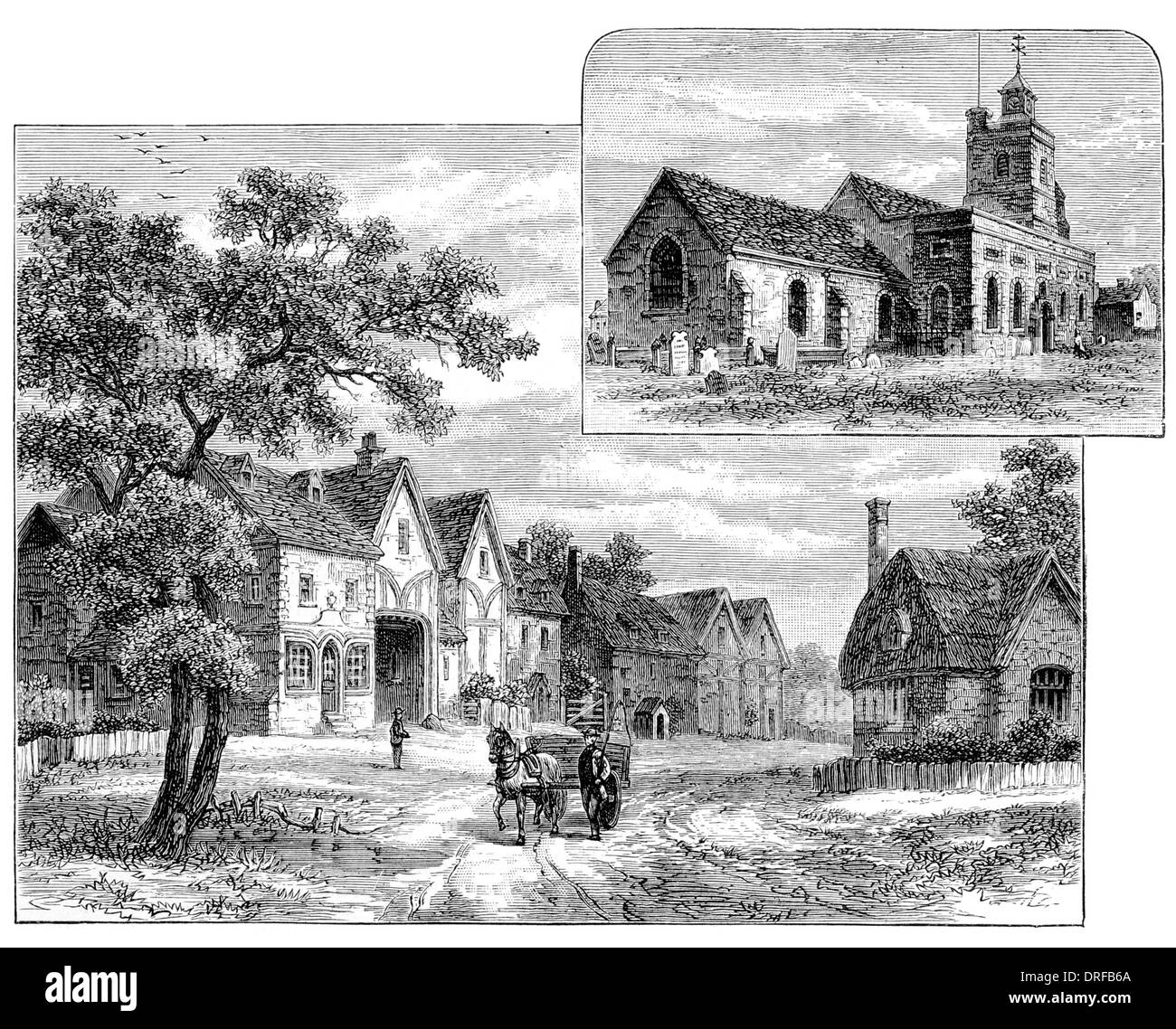 Acton Church and Acton Town. Late 18th Century London circa 1880 Stock Photohttps://www.alamy.com/image-license-details/?v=1https://www.alamy.com/acton-church-and-acton-town-late-18th-century-london-circa-1880-image66106274.html
Acton Church and Acton Town. Late 18th Century London circa 1880 Stock Photohttps://www.alamy.com/image-license-details/?v=1https://www.alamy.com/acton-church-and-acton-town-late-18th-century-london-circa-1880-image66106274.htmlRMDRFB6A–Acton Church and Acton Town. Late 18th Century London circa 1880
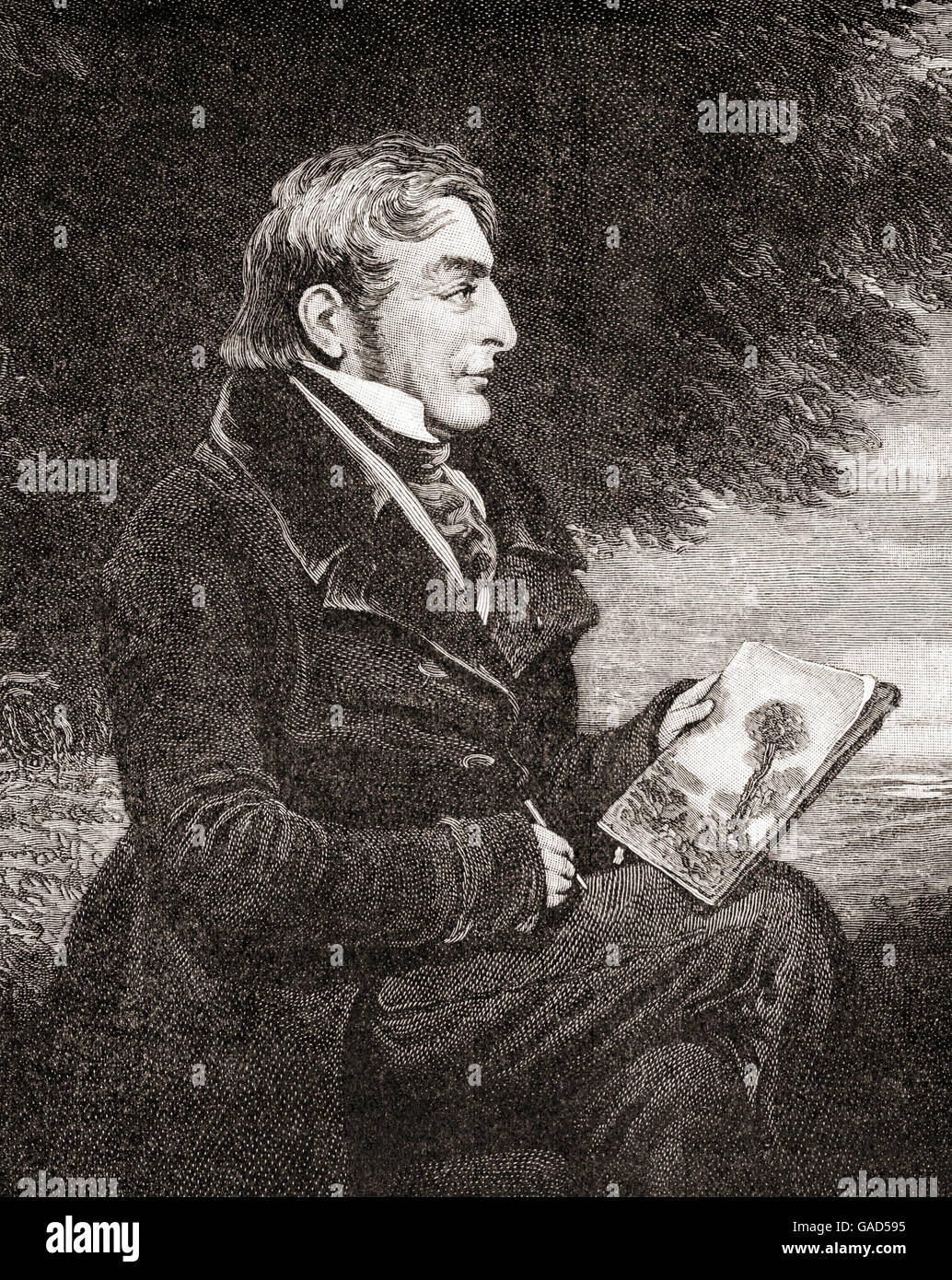 J.M.W. Turner. Joseph Mallord William Turner, 1775 - 1851. English Romanticist landscape painter. Stock Photohttps://www.alamy.com/image-license-details/?v=1https://www.alamy.com/stock-photo-jmw-turner-joseph-mallord-william-turner-1775-1851-english-romanticist-109698321.html
J.M.W. Turner. Joseph Mallord William Turner, 1775 - 1851. English Romanticist landscape painter. Stock Photohttps://www.alamy.com/image-license-details/?v=1https://www.alamy.com/stock-photo-jmw-turner-joseph-mallord-william-turner-1775-1851-english-romanticist-109698321.htmlRMGAD595–J.M.W. Turner. Joseph Mallord William Turner, 1775 - 1851. English Romanticist landscape painter.
 Notting Hill, 1750 engraving of the area of West London in its rural state long before its fashionable streets were built Stock Photohttps://www.alamy.com/image-license-details/?v=1https://www.alamy.com/stock-photo-notting-hill-1750-engraving-of-the-area-of-west-london-in-its-rural-31302189.html
Notting Hill, 1750 engraving of the area of West London in its rural state long before its fashionable streets were built Stock Photohttps://www.alamy.com/image-license-details/?v=1https://www.alamy.com/stock-photo-notting-hill-1750-engraving-of-the-area-of-west-london-in-its-rural-31302189.htmlRMBPWX79–Notting Hill, 1750 engraving of the area of West London in its rural state long before its fashionable streets were built
 Print of the 18th century English landscape architect Lancelot 'Capability' Brown based on the portrait by Nathaniel Dance Stock Photohttps://www.alamy.com/image-license-details/?v=1https://www.alamy.com/stock-photo-print-of-the-18th-century-english-landscape-architect-lancelot-capability-38746602.html
Print of the 18th century English landscape architect Lancelot 'Capability' Brown based on the portrait by Nathaniel Dance Stock Photohttps://www.alamy.com/image-license-details/?v=1https://www.alamy.com/stock-photo-print-of-the-18th-century-english-landscape-architect-lancelot-capability-38746602.htmlRMC711K6–Print of the 18th century English landscape architect Lancelot 'Capability' Brown based on the portrait by Nathaniel Dance
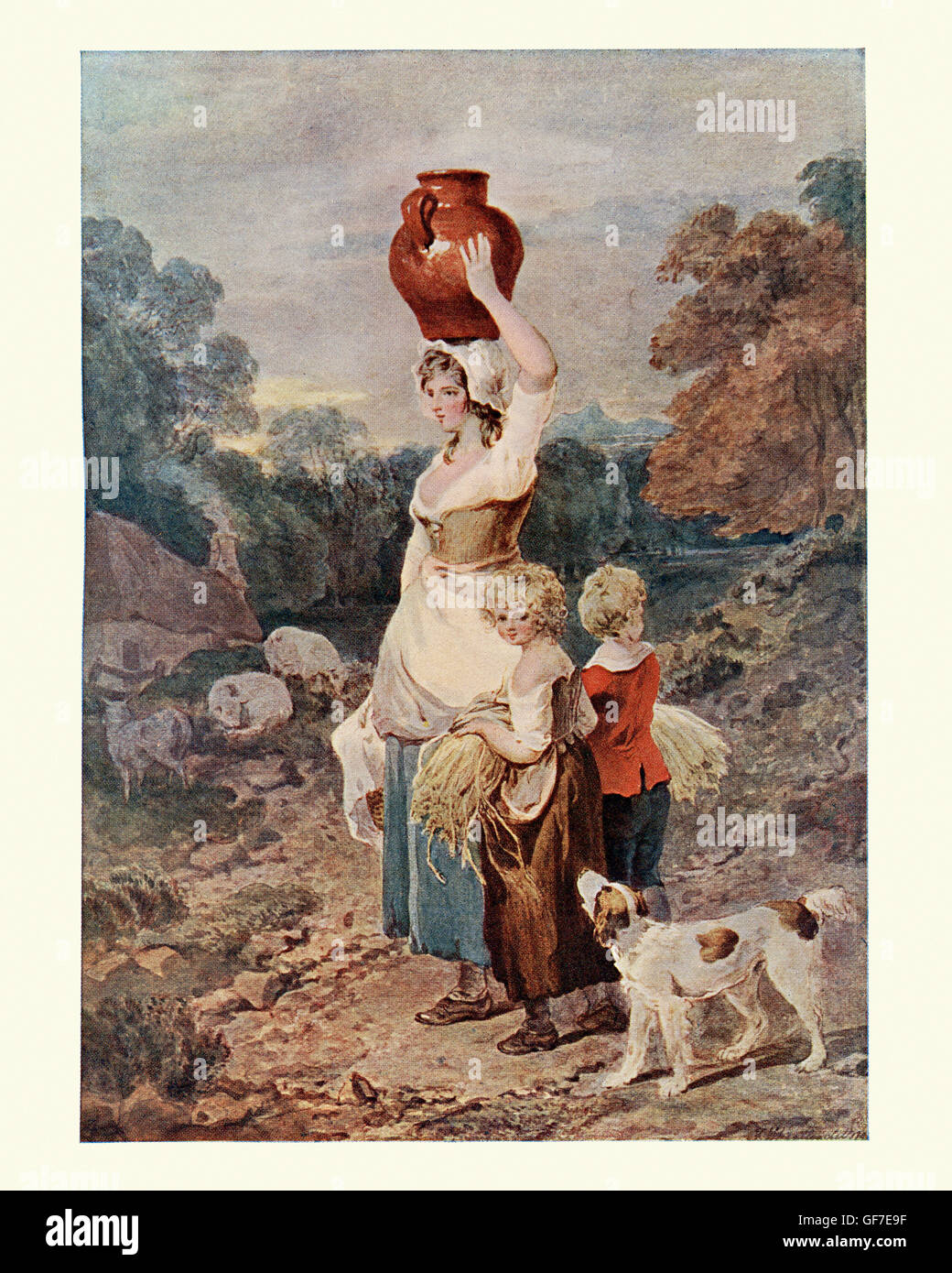 The Gleaners, after the watercolour by Francis Wheatley an English portrait and landscape painter. Gleaning is the act of collecting leftover crops from farmers' fields. 18th Century Stock Photohttps://www.alamy.com/image-license-details/?v=1https://www.alamy.com/stock-photo-the-gleaners-after-the-watercolour-by-francis-wheatley-an-english-112646955.html
The Gleaners, after the watercolour by Francis Wheatley an English portrait and landscape painter. Gleaning is the act of collecting leftover crops from farmers' fields. 18th Century Stock Photohttps://www.alamy.com/image-license-details/?v=1https://www.alamy.com/stock-photo-the-gleaners-after-the-watercolour-by-francis-wheatley-an-english-112646955.htmlRMGF7E9F–The Gleaners, after the watercolour by Francis Wheatley an English portrait and landscape painter. Gleaning is the act of collecting leftover crops from farmers' fields. 18th Century
 Henry Gyles, glass painter for windows, as 'arms, sundials, history, landscape,' of the city of York. Engraved from a rare print by Francis Place. Copperplate engraving from Richardson's 'Portraits illustrating Granger's Biographical History of England,' London, 1792–1812. Published by William Richardson, printseller, London. James Granger (1723–1776) was an English clergyman, biographer, and print collector. Stock Photohttps://www.alamy.com/image-license-details/?v=1https://www.alamy.com/henry-gyles-glass-painter-for-windows-as-arms-sundials-history-landscape-of-the-city-of-york-engraved-from-a-rare-print-by-francis-place-copperplate-engraving-from-richardsons-portraits-illustrating-grangers-biographical-history-of-england-london-17921812-published-by-william-richardson-printseller-london-james-granger-17231776-was-an-english-clergyman-biographer-and-print-collector-image210531268.html
Henry Gyles, glass painter for windows, as 'arms, sundials, history, landscape,' of the city of York. Engraved from a rare print by Francis Place. Copperplate engraving from Richardson's 'Portraits illustrating Granger's Biographical History of England,' London, 1792–1812. Published by William Richardson, printseller, London. James Granger (1723–1776) was an English clergyman, biographer, and print collector. Stock Photohttps://www.alamy.com/image-license-details/?v=1https://www.alamy.com/henry-gyles-glass-painter-for-windows-as-arms-sundials-history-landscape-of-the-city-of-york-engraved-from-a-rare-print-by-francis-place-copperplate-engraving-from-richardsons-portraits-illustrating-grangers-biographical-history-of-england-london-17921812-published-by-william-richardson-printseller-london-james-granger-17231776-was-an-english-clergyman-biographer-and-print-collector-image210531268.htmlRMP6EENT–Henry Gyles, glass painter for windows, as 'arms, sundials, history, landscape,' of the city of York. Engraved from a rare print by Francis Place. Copperplate engraving from Richardson's 'Portraits illustrating Granger's Biographical History of England,' London, 1792–1812. Published by William Richardson, printseller, London. James Granger (1723–1776) was an English clergyman, biographer, and print collector.
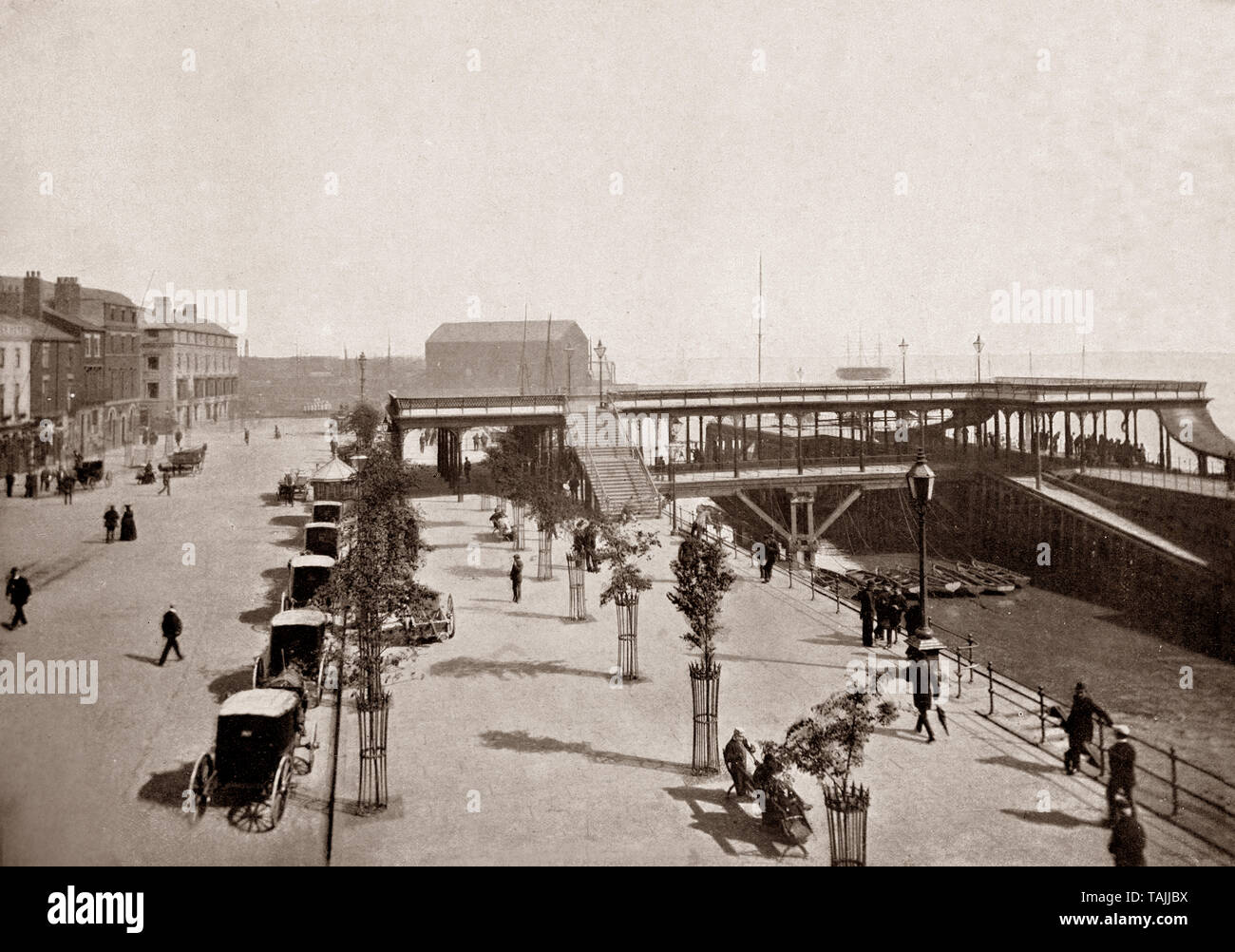 A late 19th Century view of the pier and river front in Kingston upon Hull, usually abbreviated to Hull, a port city in the East Riding of Yorkshire, England. It lies upon the River Hull at its confluence with the Humber Estuary. It's long history includes a market town, military supply port, trading hub, fishing and whaling centre and industrial metropolis and an early theatre of battle in the English Civil Wars. Its 18th-century Member of Parliament, William Wilberforce, took a prominent part in the abolition of the slave trade in Britain. Stock Photohttps://www.alamy.com/image-license-details/?v=1https://www.alamy.com/a-late-19th-century-view-of-the-pier-and-river-front-in-kingston-upon-hull-usually-abbreviated-to-hull-a-port-city-in-the-east-riding-of-yorkshire-england-it-lies-upon-the-river-hull-at-its-confluence-with-the-humber-estuary-its-long-history-includes-a-market-town-military-supply-port-trading-hub-fishing-and-whaling-centre-and-industrial-metropolis-and-an-early-theatre-of-battle-in-the-english-civil-wars-its-18th-century-member-of-parliament-william-wilberforce-took-a-prominent-part-in-the-abolition-of-the-slave-trade-in-britain-image247501294.html
A late 19th Century view of the pier and river front in Kingston upon Hull, usually abbreviated to Hull, a port city in the East Riding of Yorkshire, England. It lies upon the River Hull at its confluence with the Humber Estuary. It's long history includes a market town, military supply port, trading hub, fishing and whaling centre and industrial metropolis and an early theatre of battle in the English Civil Wars. Its 18th-century Member of Parliament, William Wilberforce, took a prominent part in the abolition of the slave trade in Britain. Stock Photohttps://www.alamy.com/image-license-details/?v=1https://www.alamy.com/a-late-19th-century-view-of-the-pier-and-river-front-in-kingston-upon-hull-usually-abbreviated-to-hull-a-port-city-in-the-east-riding-of-yorkshire-england-it-lies-upon-the-river-hull-at-its-confluence-with-the-humber-estuary-its-long-history-includes-a-market-town-military-supply-port-trading-hub-fishing-and-whaling-centre-and-industrial-metropolis-and-an-early-theatre-of-battle-in-the-english-civil-wars-its-18th-century-member-of-parliament-william-wilberforce-took-a-prominent-part-in-the-abolition-of-the-slave-trade-in-britain-image247501294.htmlRMTAJJBX–A late 19th Century view of the pier and river front in Kingston upon Hull, usually abbreviated to Hull, a port city in the East Riding of Yorkshire, England. It lies upon the River Hull at its confluence with the Humber Estuary. It's long history includes a market town, military supply port, trading hub, fishing and whaling centre and industrial metropolis and an early theatre of battle in the English Civil Wars. Its 18th-century Member of Parliament, William Wilberforce, took a prominent part in the abolition of the slave trade in Britain.
 Landscape, after the watercolour by Peter De Wint an English landscape painter. Stock Photohttps://www.alamy.com/image-license-details/?v=1https://www.alamy.com/stock-photo-landscape-after-the-watercolour-by-peter-de-wint-an-english-landscape-112646947.html
Landscape, after the watercolour by Peter De Wint an English landscape painter. Stock Photohttps://www.alamy.com/image-license-details/?v=1https://www.alamy.com/stock-photo-landscape-after-the-watercolour-by-peter-de-wint-an-english-landscape-112646947.htmlRMGF7E97–Landscape, after the watercolour by Peter De Wint an English landscape painter.
 'An English River at Sunset, in the distance the Welsh hills', c1760, (1938). Artist: Richard Wilson. Stock Photohttps://www.alamy.com/image-license-details/?v=1https://www.alamy.com/stock-photo-an-english-river-at-sunset-in-the-distance-the-welsh-hills-c1760-1938-135279426.html
'An English River at Sunset, in the distance the Welsh hills', c1760, (1938). Artist: Richard Wilson. Stock Photohttps://www.alamy.com/image-license-details/?v=1https://www.alamy.com/stock-photo-an-english-river-at-sunset-in-the-distance-the-welsh-hills-c1760-1938-135279426.htmlRMHT2E82–'An English River at Sunset, in the distance the Welsh hills', c1760, (1938). Artist: Richard Wilson.
 Queenborough Castle, also known as Sheppey Castle, is a 14th-century castle, the remnants of which are in the town of Queenborough on the Isle of Sheppey, Kent from the book ' Supplement to the antiquities of England and Wales ' by Francis Grose, Publication date 1777 Stock Photohttps://www.alamy.com/image-license-details/?v=1https://www.alamy.com/queenborough-castle-also-known-as-sheppey-castle-is-a-14th-century-castle-the-remnants-of-which-are-in-the-town-of-queenborough-on-the-isle-of-sheppey-kent-from-the-book-supplement-to-the-antiquities-of-england-and-wales-by-francis-grose-publication-date-1777-image504651314.html
Queenborough Castle, also known as Sheppey Castle, is a 14th-century castle, the remnants of which are in the town of Queenborough on the Isle of Sheppey, Kent from the book ' Supplement to the antiquities of England and Wales ' by Francis Grose, Publication date 1777 Stock Photohttps://www.alamy.com/image-license-details/?v=1https://www.alamy.com/queenborough-castle-also-known-as-sheppey-castle-is-a-14th-century-castle-the-remnants-of-which-are-in-the-town-of-queenborough-on-the-isle-of-sheppey-kent-from-the-book-supplement-to-the-antiquities-of-england-and-wales-by-francis-grose-publication-date-1777-image504651314.htmlRF2M90RW6–Queenborough Castle, also known as Sheppey Castle, is a 14th-century castle, the remnants of which are in the town of Queenborough on the Isle of Sheppey, Kent from the book ' Supplement to the antiquities of England and Wales ' by Francis Grose, Publication date 1777
 Landscape by George Romney Stock Photohttps://www.alamy.com/image-license-details/?v=1https://www.alamy.com/landscape-by-george-romney-image543128338.html
Landscape by George Romney Stock Photohttps://www.alamy.com/image-license-details/?v=1https://www.alamy.com/landscape-by-george-romney-image543128338.htmlRM2PFHHMJ–Landscape by George Romney
 An engraving of Carisbroke Castle 1784 (Carisbrooke Castle) Isle of Wight scanned at high resolution from a book published around 1786. Stock Photohttps://www.alamy.com/image-license-details/?v=1https://www.alamy.com/an-engraving-of-carisbroke-castle-1784-carisbrooke-castle-isle-of-wight-scanned-at-high-resolution-from-a-book-published-around-1786-image350691050.html
An engraving of Carisbroke Castle 1784 (Carisbrooke Castle) Isle of Wight scanned at high resolution from a book published around 1786. Stock Photohttps://www.alamy.com/image-license-details/?v=1https://www.alamy.com/an-engraving-of-carisbroke-castle-1784-carisbrooke-castle-isle-of-wight-scanned-at-high-resolution-from-a-book-published-around-1786-image350691050.htmlRM2BAFA0A–An engraving of Carisbroke Castle 1784 (Carisbrooke Castle) Isle of Wight scanned at high resolution from a book published around 1786.
 Thomas Gainsborough portrait, 1727 - 1788, was an English portrait and landscape painter, vintage illustration from 1886 from an original self portrait painting Stock Photohttps://www.alamy.com/image-license-details/?v=1https://www.alamy.com/thomas-gainsborough-portrait-1727-1788-was-an-english-portrait-and-landscape-painter-vintage-illustration-from-1886-from-an-original-self-portrait-painting-image389651294.html
Thomas Gainsborough portrait, 1727 - 1788, was an English portrait and landscape painter, vintage illustration from 1886 from an original self portrait painting Stock Photohttps://www.alamy.com/image-license-details/?v=1https://www.alamy.com/thomas-gainsborough-portrait-1727-1788-was-an-english-portrait-and-landscape-painter-vintage-illustration-from-1886-from-an-original-self-portrait-painting-image389651294.htmlRM2DHX45J–Thomas Gainsborough portrait, 1727 - 1788, was an English portrait and landscape painter, vintage illustration from 1886 from an original self portrait painting
 Blenheim Palace, Woodstock, Oxfordshire, mid 18th century. Artist: James Mynde. Stock Photohttps://www.alamy.com/image-license-details/?v=1https://www.alamy.com/blenheim-palace-woodstock-oxfordshire-mid-18th-century-artist-james-mynde-image218485426.html
Blenheim Palace, Woodstock, Oxfordshire, mid 18th century. Artist: James Mynde. Stock Photohttps://www.alamy.com/image-license-details/?v=1https://www.alamy.com/blenheim-palace-woodstock-oxfordshire-mid-18th-century-artist-james-mynde-image218485426.htmlRMPKCTAX–Blenheim Palace, Woodstock, Oxfordshire, mid 18th century. Artist: James Mynde.
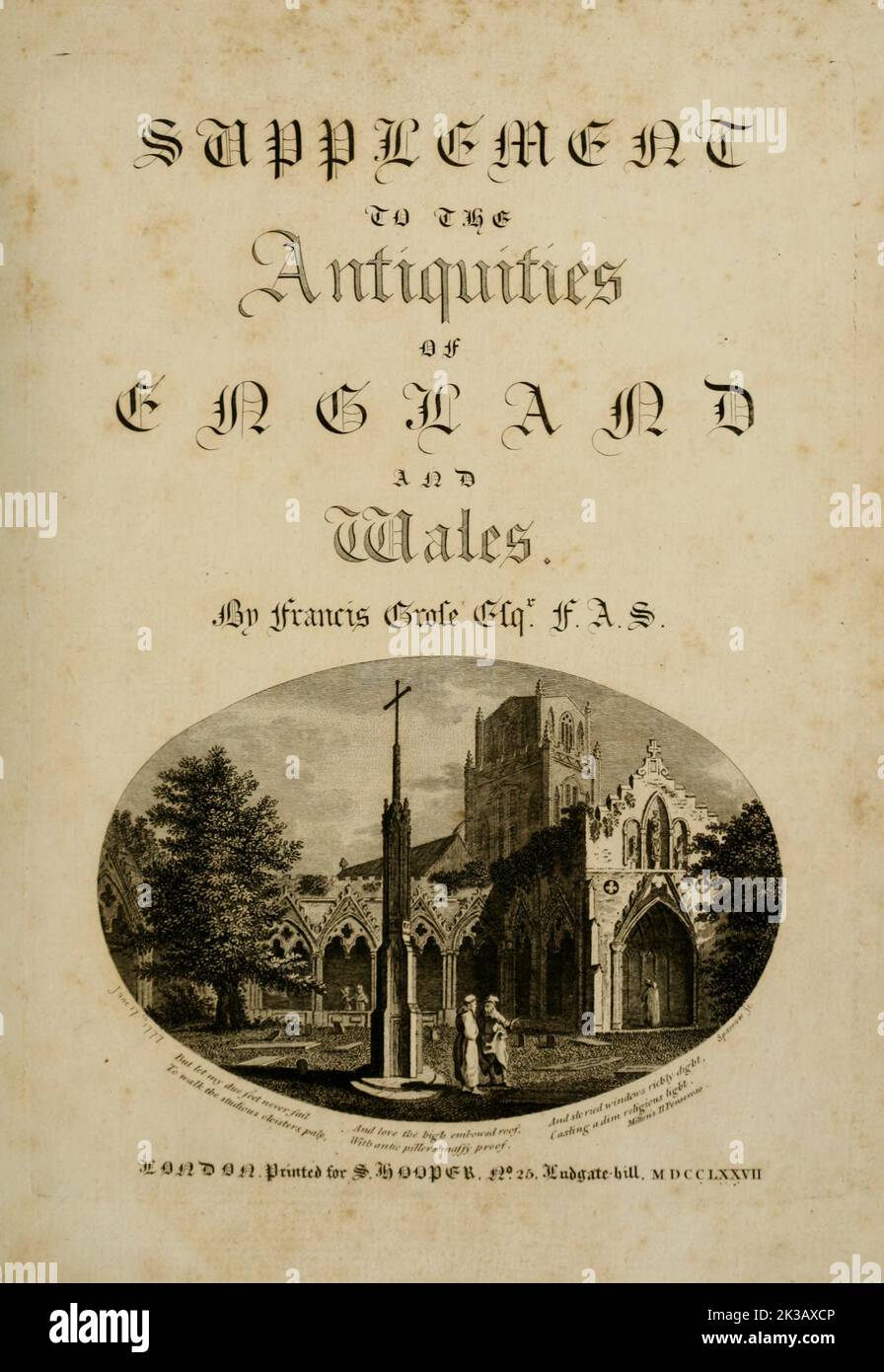 Frontispiece from the book ' Supplement to the antiquities of England and Wales ' by Francis Grose, Publication date 1777 Stock Photohttps://www.alamy.com/image-license-details/?v=1https://www.alamy.com/frontispiece-from-the-book-supplement-to-the-antiquities-of-england-and-wales-by-francis-grose-publication-date-1777-image483974534.html
Frontispiece from the book ' Supplement to the antiquities of England and Wales ' by Francis Grose, Publication date 1777 Stock Photohttps://www.alamy.com/image-license-details/?v=1https://www.alamy.com/frontispiece-from-the-book-supplement-to-the-antiquities-of-england-and-wales-by-francis-grose-publication-date-1777-image483974534.htmlRF2K3AXCP–Frontispiece from the book ' Supplement to the antiquities of England and Wales ' by Francis Grose, Publication date 1777
 Wooded Landscape with Cows beside a Pool, Figures and Cottage , published in 1797. Gainsborough was one of the first English artists to attempt original work using the newly invented techniques of aquatint and soft-ground etching. His almost impressionistic handling of these new media was perfectly in keeping with his chalk, pencil, and washed sketches of the landscape. The freshness and vitality of Gainsborough’s original prints, all published posthumously, place them among the greatest of all original English landscape prints. Stock Photohttps://www.alamy.com/image-license-details/?v=1https://www.alamy.com/wooded-landscape-with-cows-beside-a-pool-figures-and-cottage-published-in-1797-gainsborough-was-one-of-the-first-english-artists-to-attempt-original-work-using-the-newly-invented-techniques-of-aquatint-and-soft-ground-etching-his-almost-impressionistic-handling-of-these-new-media-was-perfectly-in-keeping-with-his-chalk-pencil-and-washed-sketches-of-the-landscape-the-freshness-and-vitality-of-gainsboroughx2019s-original-prints-all-published-posthumously-place-them-among-the-greatest-of-all-original-english-landscape-prints-image330135771.html
Wooded Landscape with Cows beside a Pool, Figures and Cottage , published in 1797. Gainsborough was one of the first English artists to attempt original work using the newly invented techniques of aquatint and soft-ground etching. His almost impressionistic handling of these new media was perfectly in keeping with his chalk, pencil, and washed sketches of the landscape. The freshness and vitality of Gainsborough’s original prints, all published posthumously, place them among the greatest of all original English landscape prints. Stock Photohttps://www.alamy.com/image-license-details/?v=1https://www.alamy.com/wooded-landscape-with-cows-beside-a-pool-figures-and-cottage-published-in-1797-gainsborough-was-one-of-the-first-english-artists-to-attempt-original-work-using-the-newly-invented-techniques-of-aquatint-and-soft-ground-etching-his-almost-impressionistic-handling-of-these-new-media-was-perfectly-in-keeping-with-his-chalk-pencil-and-washed-sketches-of-the-landscape-the-freshness-and-vitality-of-gainsboroughx2019s-original-prints-all-published-posthumously-place-them-among-the-greatest-of-all-original-english-landscape-prints-image330135771.htmlRM2A52YF7–Wooded Landscape with Cows beside a Pool, Figures and Cottage , published in 1797. Gainsborough was one of the first English artists to attempt original work using the newly invented techniques of aquatint and soft-ground etching. His almost impressionistic handling of these new media was perfectly in keeping with his chalk, pencil, and washed sketches of the landscape. The freshness and vitality of Gainsborough’s original prints, all published posthumously, place them among the greatest of all original English landscape prints.
 1805 original engraving of Aberfeldie (Aberfeldy) Upper Falls of Moness at end of 18th century, from 1811 Views in North Britain, illustrative of the Stock Photohttps://www.alamy.com/image-license-details/?v=1https://www.alamy.com/1805-original-engraving-of-aberfeldie-aberfeldy-upper-falls-of-moness-at-end-of-18th-century-from-1811-views-in-north-britain-illustrative-of-the-image417835964.html
1805 original engraving of Aberfeldie (Aberfeldy) Upper Falls of Moness at end of 18th century, from 1811 Views in North Britain, illustrative of the Stock Photohttps://www.alamy.com/image-license-details/?v=1https://www.alamy.com/1805-original-engraving-of-aberfeldie-aberfeldy-upper-falls-of-moness-at-end-of-18th-century-from-1811-views-in-north-britain-illustrative-of-the-image417835964.htmlRF2F7P210–1805 original engraving of Aberfeldie (Aberfeldy) Upper Falls of Moness at end of 18th century, from 1811 Views in North Britain, illustrative of the
 A historical view of the stately home Mistley Hall, Essex., England, UK, the seat of Richard Rigby Esquire c. mid 18th Century. Stock Photohttps://www.alamy.com/image-license-details/?v=1https://www.alamy.com/a-historical-view-of-the-stately-home-mistley-hall-essex-england-uk-the-seat-of-richard-rigby-esquire-c-mid-18th-century-image454543640.html
A historical view of the stately home Mistley Hall, Essex., England, UK, the seat of Richard Rigby Esquire c. mid 18th Century. Stock Photohttps://www.alamy.com/image-license-details/?v=1https://www.alamy.com/a-historical-view-of-the-stately-home-mistley-hall-essex-england-uk-the-seat-of-richard-rigby-esquire-c-mid-18th-century-image454543640.htmlRM2HBE71C–A historical view of the stately home Mistley Hall, Essex., England, UK, the seat of Richard Rigby Esquire c. mid 18th Century.
 Lithograph print c1840s entitled 'The Death of the Reverend John Wesley' and depicting Wesley (1703 - 1791) on his deathbed. Stock Photohttps://www.alamy.com/image-license-details/?v=1https://www.alamy.com/stock-photo-lithograph-print-c1840s-entitled-the-death-of-the-reverend-john-wesley-28631130.html
Lithograph print c1840s entitled 'The Death of the Reverend John Wesley' and depicting Wesley (1703 - 1791) on his deathbed. Stock Photohttps://www.alamy.com/image-license-details/?v=1https://www.alamy.com/stock-photo-lithograph-print-c1840s-entitled-the-death-of-the-reverend-john-wesley-28631130.htmlRMBJG78A–Lithograph print c1840s entitled 'The Death of the Reverend John Wesley' and depicting Wesley (1703 - 1791) on his deathbed.
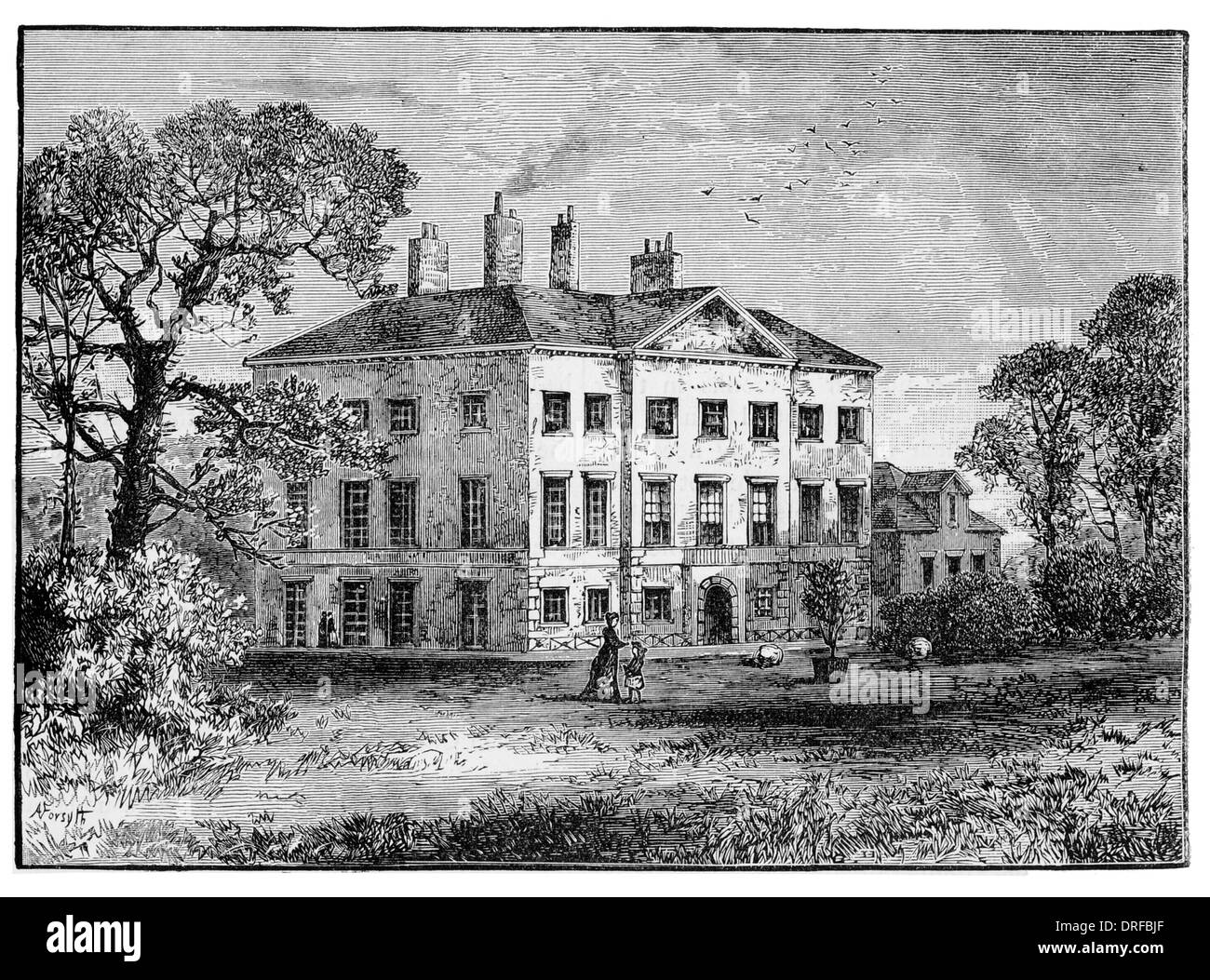 Copped Hall, 18th century country house close to Epping in Essex circa 1880 Stock Photohttps://www.alamy.com/image-license-details/?v=1https://www.alamy.com/copped-hall-18th-century-country-house-close-to-epping-in-essex-circa-image66106615.html
Copped Hall, 18th century country house close to Epping in Essex circa 1880 Stock Photohttps://www.alamy.com/image-license-details/?v=1https://www.alamy.com/copped-hall-18th-century-country-house-close-to-epping-in-essex-circa-image66106615.htmlRFDRFBJF–Copped Hall, 18th century country house close to Epping in Essex circa 1880
 View over Bury St Edmunds Suffolk in 1745. Victorian woodcut circa 1845 Stock Photohttps://www.alamy.com/image-license-details/?v=1https://www.alamy.com/stock-photo-view-over-bury-st-edmunds-suffolk-in-1745-victorian-woodcut-circa-131072881.html
View over Bury St Edmunds Suffolk in 1745. Victorian woodcut circa 1845 Stock Photohttps://www.alamy.com/image-license-details/?v=1https://www.alamy.com/stock-photo-view-over-bury-st-edmunds-suffolk-in-1745-victorian-woodcut-circa-131072881.htmlRMHH6TP9–View over Bury St Edmunds Suffolk in 1745. Victorian woodcut circa 1845
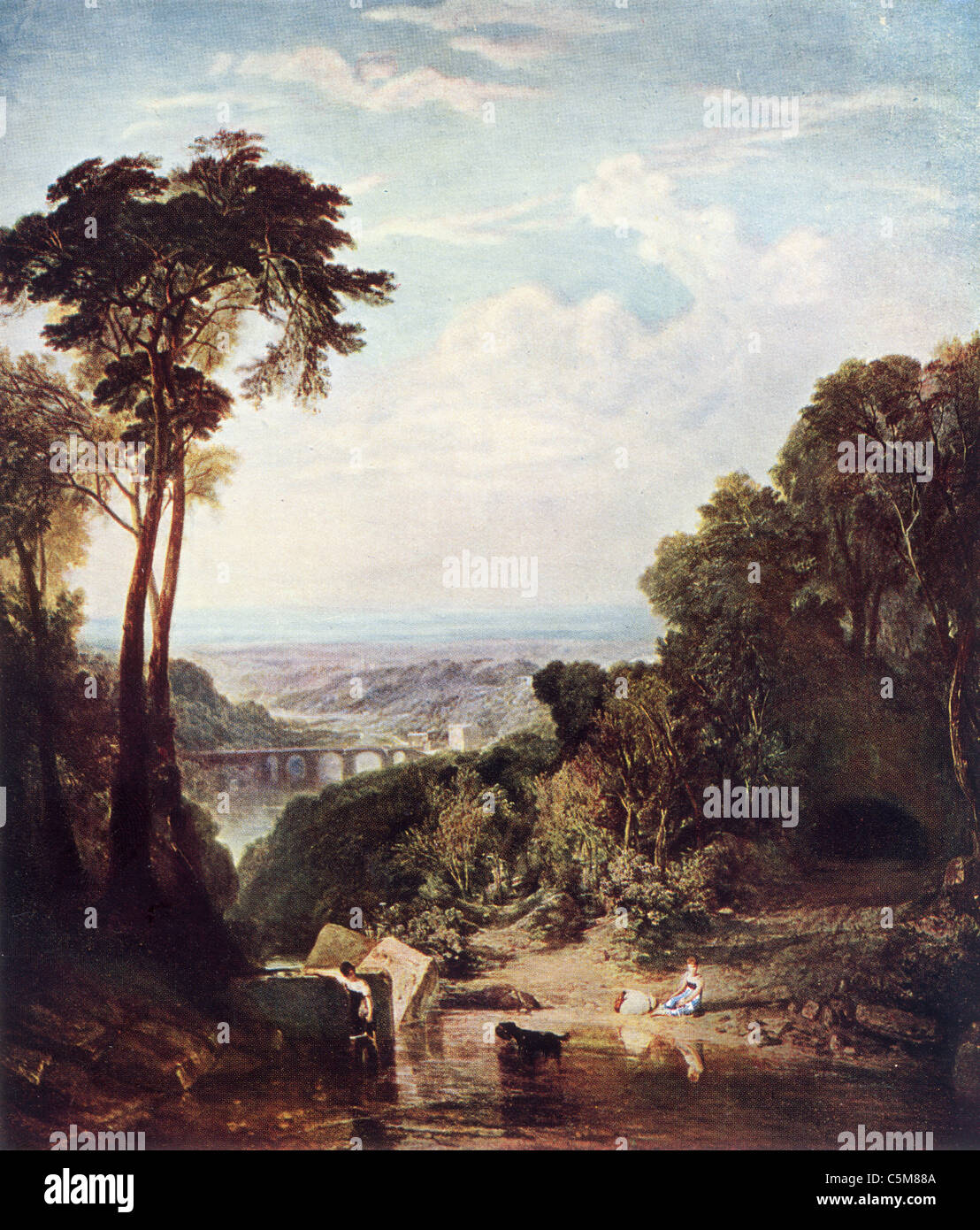 Painting by J M W Turner; 'Crossing the Brook'; English School; Oil on Canvas. The Tamar Valley at Calstock Stock Photohttps://www.alamy.com/image-license-details/?v=1https://www.alamy.com/stock-photo-painting-by-j-m-w-turner-crossing-the-brook-english-school-oil-on-37939562.html
Painting by J M W Turner; 'Crossing the Brook'; English School; Oil on Canvas. The Tamar Valley at Calstock Stock Photohttps://www.alamy.com/image-license-details/?v=1https://www.alamy.com/stock-photo-painting-by-j-m-w-turner-crossing-the-brook-english-school-oil-on-37939562.htmlRMC5M88A–Painting by J M W Turner; 'Crossing the Brook'; English School; Oil on Canvas. The Tamar Valley at Calstock
 Cave at Pegwell Bay, England 18th Century Victorian Engraving Stock Photohttps://www.alamy.com/image-license-details/?v=1https://www.alamy.com/cave-at-pegwell-bay-england-18th-century-victorian-engraving-image376756952.html
Cave at Pegwell Bay, England 18th Century Victorian Engraving Stock Photohttps://www.alamy.com/image-license-details/?v=1https://www.alamy.com/cave-at-pegwell-bay-england-18th-century-victorian-engraving-image376756952.htmlRM2CTXN9C–Cave at Pegwell Bay, England 18th Century Victorian Engraving
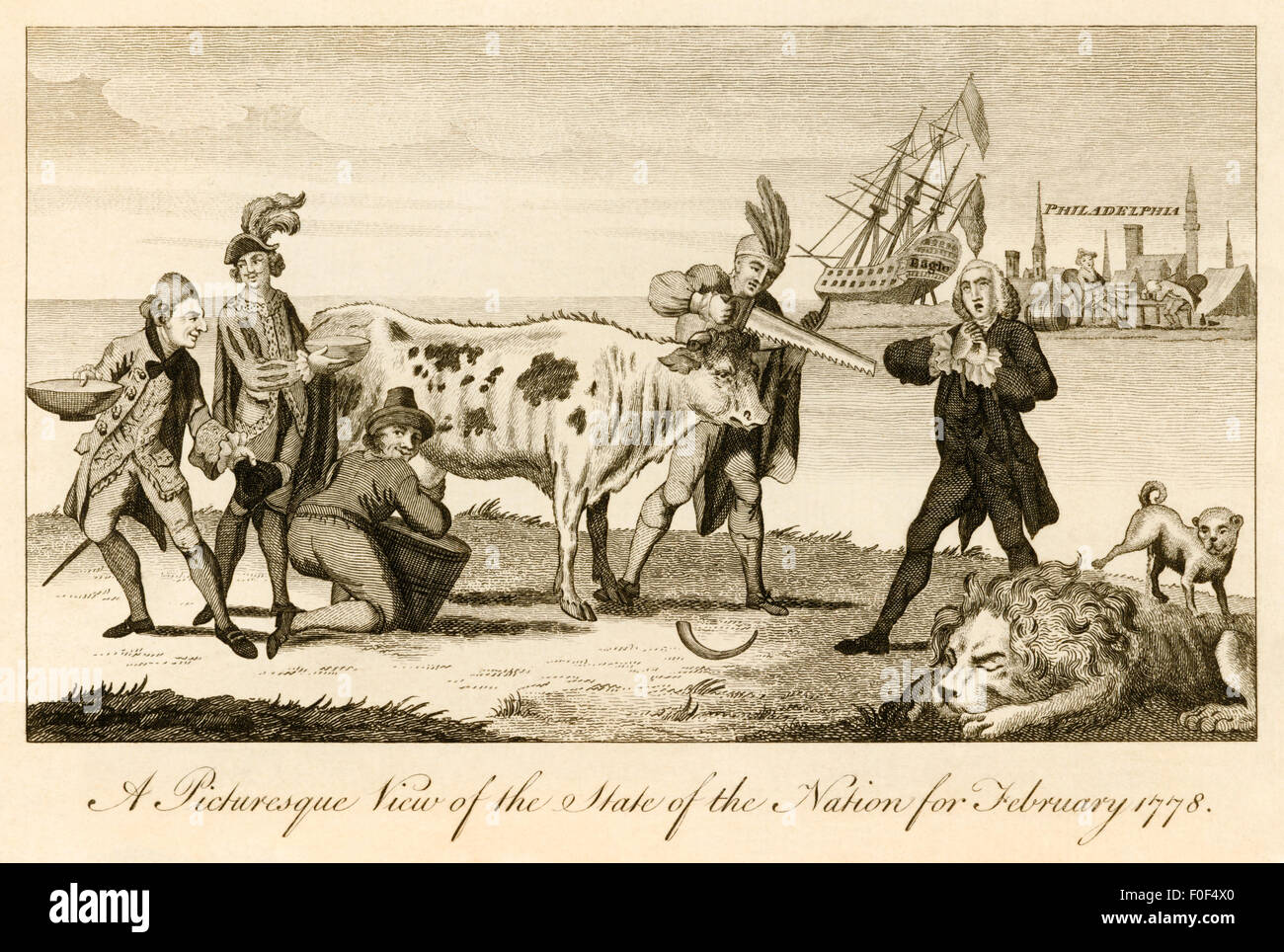 'A Picturesque View of the State of the Nation for February 1778' political cartoon published in the Westminster Magazine in February 1778. On the reverse of the print is an explanation of the satirical print. See description for more information. Stock Photohttps://www.alamy.com/image-license-details/?v=1https://www.alamy.com/stock-photo-a-picturesque-view-of-the-state-of-the-nation-for-february-1778-political-86384984.html
'A Picturesque View of the State of the Nation for February 1778' political cartoon published in the Westminster Magazine in February 1778. On the reverse of the print is an explanation of the satirical print. See description for more information. Stock Photohttps://www.alamy.com/image-license-details/?v=1https://www.alamy.com/stock-photo-a-picturesque-view-of-the-state-of-the-nation-for-february-1778-political-86384984.htmlRMF0F4X0–'A Picturesque View of the State of the Nation for February 1778' political cartoon published in the Westminster Magazine in February 1778. On the reverse of the print is an explanation of the satirical print. See description for more information.
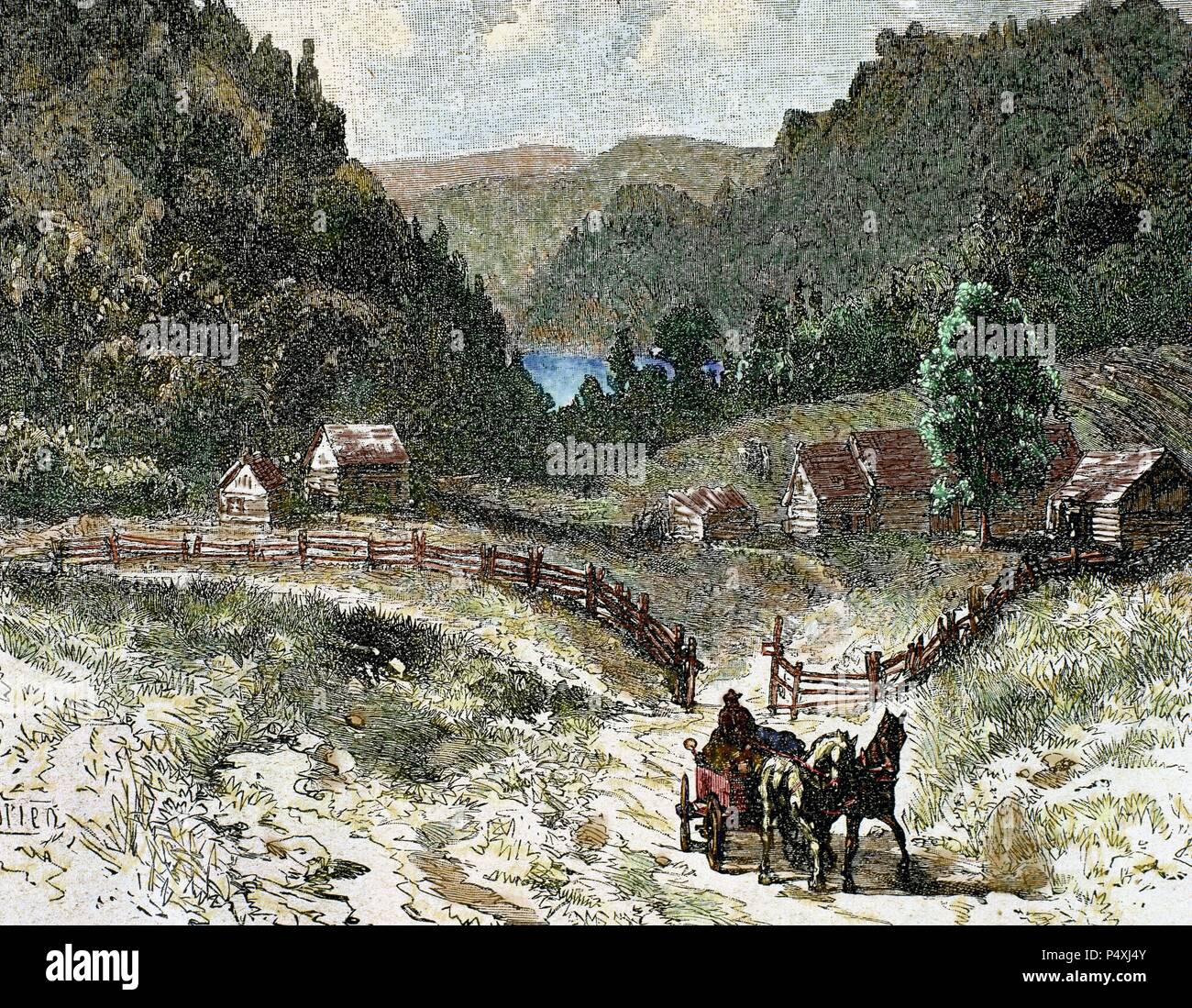 Canadian landscape in the eighteenth century. Nineteenth-century colored engraving. Stock Photohttps://www.alamy.com/image-license-details/?v=1https://www.alamy.com/canadian-landscape-in-the-eighteenth-century-nineteenth-century-colored-engraving-image209568043.html
Canadian landscape in the eighteenth century. Nineteenth-century colored engraving. Stock Photohttps://www.alamy.com/image-license-details/?v=1https://www.alamy.com/canadian-landscape-in-the-eighteenth-century-nineteenth-century-colored-engraving-image209568043.htmlRMP4XJ4Y–Canadian landscape in the eighteenth century. Nineteenth-century colored engraving.
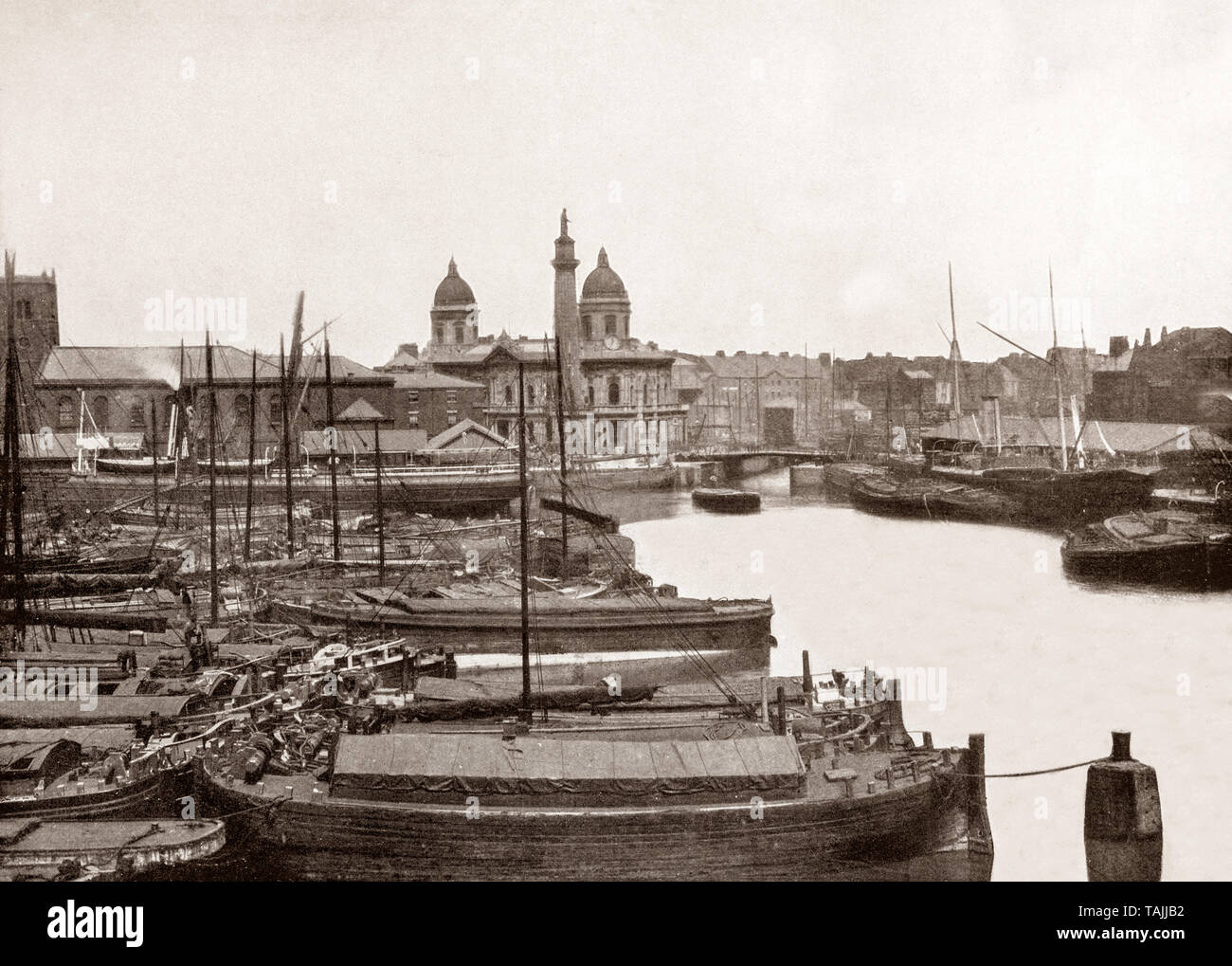 A late 19th Century view of the Dock Offices, Wilberforce Memorial and harbour in Kingston upon Hull, usually abbreviated to Hull, a port city in the East Riding of Yorkshire, England. It lies upon the River Hull at its confluence with the Humber Estuary. It's long history includes a market town, military supply port, trading hub, fishing and whaling centre and industrial metropolis and an early theatre of battle in the English Civil Wars. Its 18th-century Member of Parliament, William Wilberforce, took a prominent part in the abolition of the slave trade in Britain. Stock Photohttps://www.alamy.com/image-license-details/?v=1https://www.alamy.com/a-late-19th-century-view-of-the-dock-offices-wilberforce-memorial-and-harbour-in-kingston-upon-hull-usually-abbreviated-to-hull-a-port-city-in-the-east-riding-of-yorkshire-england-it-lies-upon-the-river-hull-at-its-confluence-with-the-humber-estuary-its-long-history-includes-a-market-town-military-supply-port-trading-hub-fishing-and-whaling-centre-and-industrial-metropolis-and-an-early-theatre-of-battle-in-the-english-civil-wars-its-18th-century-member-of-parliament-william-wilberforce-took-a-prominent-part-in-the-abolition-of-the-slave-trade-in-britain-image247501270.html
A late 19th Century view of the Dock Offices, Wilberforce Memorial and harbour in Kingston upon Hull, usually abbreviated to Hull, a port city in the East Riding of Yorkshire, England. It lies upon the River Hull at its confluence with the Humber Estuary. It's long history includes a market town, military supply port, trading hub, fishing and whaling centre and industrial metropolis and an early theatre of battle in the English Civil Wars. Its 18th-century Member of Parliament, William Wilberforce, took a prominent part in the abolition of the slave trade in Britain. Stock Photohttps://www.alamy.com/image-license-details/?v=1https://www.alamy.com/a-late-19th-century-view-of-the-dock-offices-wilberforce-memorial-and-harbour-in-kingston-upon-hull-usually-abbreviated-to-hull-a-port-city-in-the-east-riding-of-yorkshire-england-it-lies-upon-the-river-hull-at-its-confluence-with-the-humber-estuary-its-long-history-includes-a-market-town-military-supply-port-trading-hub-fishing-and-whaling-centre-and-industrial-metropolis-and-an-early-theatre-of-battle-in-the-english-civil-wars-its-18th-century-member-of-parliament-william-wilberforce-took-a-prominent-part-in-the-abolition-of-the-slave-trade-in-britain-image247501270.htmlRMTAJJB2–A late 19th Century view of the Dock Offices, Wilberforce Memorial and harbour in Kingston upon Hull, usually abbreviated to Hull, a port city in the East Riding of Yorkshire, England. It lies upon the River Hull at its confluence with the Humber Estuary. It's long history includes a market town, military supply port, trading hub, fishing and whaling centre and industrial metropolis and an early theatre of battle in the English Civil Wars. Its 18th-century Member of Parliament, William Wilberforce, took a prominent part in the abolition of the slave trade in Britain.
 South west view of Eton College, after the watercolour by Paul Sandby an English map-maker turned landscape painter in watercolours Stock Photohttps://www.alamy.com/image-license-details/?v=1https://www.alamy.com/stock-photo-south-west-view-of-eton-college-after-the-watercolour-by-paul-sandby-112646935.html
South west view of Eton College, after the watercolour by Paul Sandby an English map-maker turned landscape painter in watercolours Stock Photohttps://www.alamy.com/image-license-details/?v=1https://www.alamy.com/stock-photo-south-west-view-of-eton-college-after-the-watercolour-by-paul-sandby-112646935.htmlRMGF7E8R–South west view of Eton College, after the watercolour by Paul Sandby an English map-maker turned landscape painter in watercolours
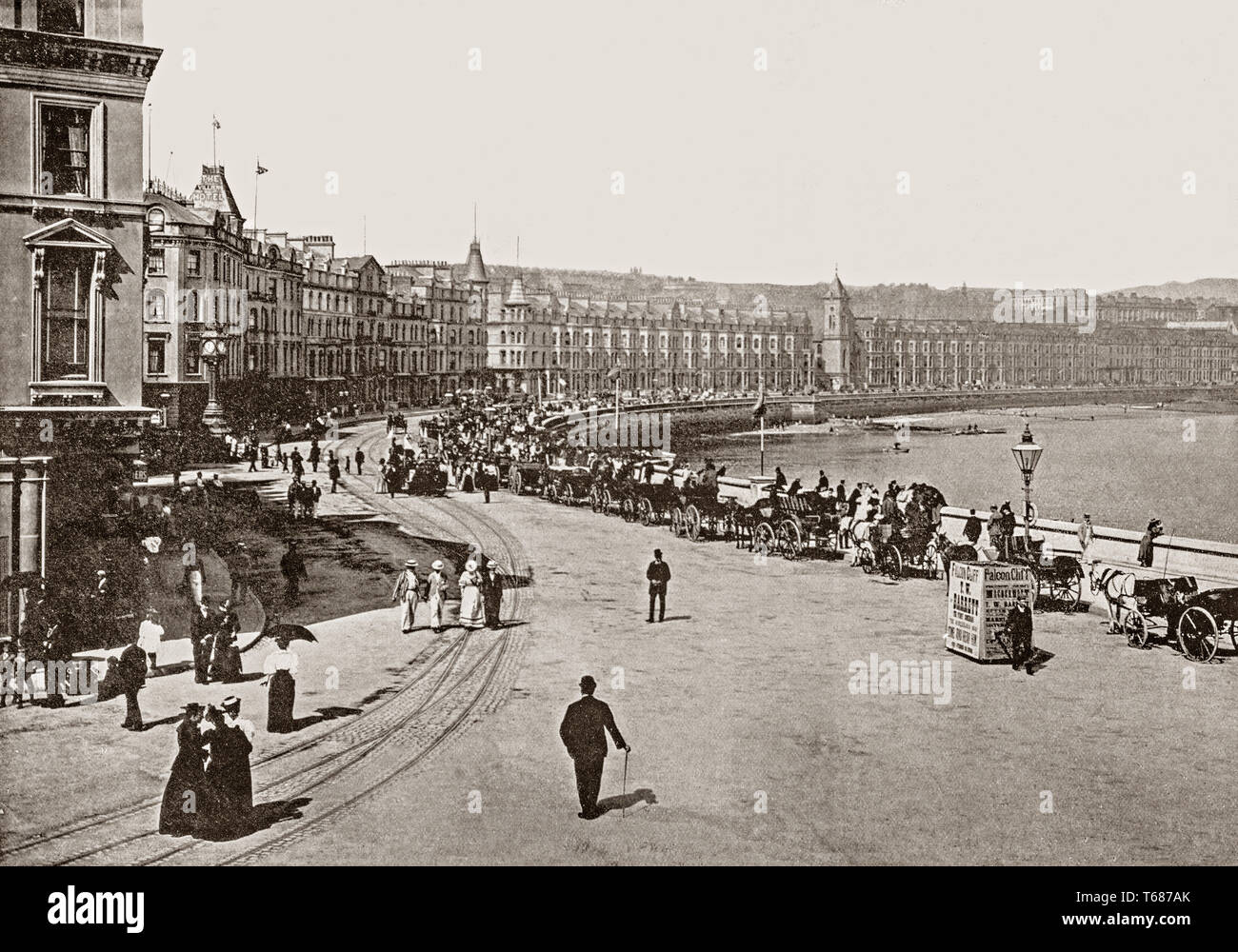 Late 19th Century views of the busy Loch Promenade that runs nearly the entire length of beachfront in Douglas was constructed in 1878. Douglas is the capital, main commercial port and largest town of the Isle of Man,It grew rapidly as a result of links with the English port of Liverpool in the 18th century. It became a major tourist destination following the formation of the Isle of Man Steam Packet Company in 1830, which led to greatly improved services, and also laid the foundations for growth in both cargo and tourist traffic. Stock Photohttps://www.alamy.com/image-license-details/?v=1https://www.alamy.com/late-19th-century-views-of-the-busy-loch-promenade-that-runs-nearly-the-entire-length-of-beachfront-in-douglas-was-constructed-in-1878-douglas-is-the-capital-main-commercial-port-and-largest-town-of-the-isle-of-manit-grew-rapidly-as-a-result-of-links-with-the-english-port-of-liverpool-in-the-18th-century-it-became-a-major-tourist-destination-following-the-formation-of-the-isle-of-man-steam-packet-company-in-1830-which-led-to-greatly-improved-services-and-also-laid-the-foundations-for-growth-in-both-cargo-and-tourist-traffic-image244814491.html
Late 19th Century views of the busy Loch Promenade that runs nearly the entire length of beachfront in Douglas was constructed in 1878. Douglas is the capital, main commercial port and largest town of the Isle of Man,It grew rapidly as a result of links with the English port of Liverpool in the 18th century. It became a major tourist destination following the formation of the Isle of Man Steam Packet Company in 1830, which led to greatly improved services, and also laid the foundations for growth in both cargo and tourist traffic. Stock Photohttps://www.alamy.com/image-license-details/?v=1https://www.alamy.com/late-19th-century-views-of-the-busy-loch-promenade-that-runs-nearly-the-entire-length-of-beachfront-in-douglas-was-constructed-in-1878-douglas-is-the-capital-main-commercial-port-and-largest-town-of-the-isle-of-manit-grew-rapidly-as-a-result-of-links-with-the-english-port-of-liverpool-in-the-18th-century-it-became-a-major-tourist-destination-following-the-formation-of-the-isle-of-man-steam-packet-company-in-1830-which-led-to-greatly-improved-services-and-also-laid-the-foundations-for-growth-in-both-cargo-and-tourist-traffic-image244814491.htmlRMT687AK–Late 19th Century views of the busy Loch Promenade that runs nearly the entire length of beachfront in Douglas was constructed in 1878. Douglas is the capital, main commercial port and largest town of the Isle of Man,It grew rapidly as a result of links with the English port of Liverpool in the 18th century. It became a major tourist destination following the formation of the Isle of Man Steam Packet Company in 1830, which led to greatly improved services, and also laid the foundations for growth in both cargo and tourist traffic.
 The Old Bishop's Palace is a historic visitor attraction in the city of Lincoln, Lincolnshire. When it was first built, in the late 12th century, it was at the centre of the vast Diocese of Lincoln, which stretched from the Humber to the Thames. The Palace was one of the most impressive buildings of medieval England, reflecting the power and wealth of Lincoln's bishops. It is situated on a spectacular hillside site, just below Lincoln Cathedral, providing extensive views over the city. from the book ' Supplement to the antiquities of England and Wales ' by Francis Grose, Publication date 1777 Stock Photohttps://www.alamy.com/image-license-details/?v=1https://www.alamy.com/the-old-bishops-palace-is-a-historic-visitor-attraction-in-the-city-of-lincoln-lincolnshire-when-it-was-first-built-in-the-late-12th-century-it-was-at-the-centre-of-the-vast-diocese-of-lincoln-which-stretched-from-the-humber-to-the-thames-the-palace-was-one-of-the-most-impressive-buildings-of-medieval-england-reflecting-the-power-and-wealth-of-lincolns-bishops-it-is-situated-on-a-spectacular-hillside-site-just-below-lincoln-cathedral-providing-extensive-views-over-the-city-from-the-book-supplement-to-the-antiquities-of-england-and-wales-by-francis-grose-publication-date-1777-image504651343.html
The Old Bishop's Palace is a historic visitor attraction in the city of Lincoln, Lincolnshire. When it was first built, in the late 12th century, it was at the centre of the vast Diocese of Lincoln, which stretched from the Humber to the Thames. The Palace was one of the most impressive buildings of medieval England, reflecting the power and wealth of Lincoln's bishops. It is situated on a spectacular hillside site, just below Lincoln Cathedral, providing extensive views over the city. from the book ' Supplement to the antiquities of England and Wales ' by Francis Grose, Publication date 1777 Stock Photohttps://www.alamy.com/image-license-details/?v=1https://www.alamy.com/the-old-bishops-palace-is-a-historic-visitor-attraction-in-the-city-of-lincoln-lincolnshire-when-it-was-first-built-in-the-late-12th-century-it-was-at-the-centre-of-the-vast-diocese-of-lincoln-which-stretched-from-the-humber-to-the-thames-the-palace-was-one-of-the-most-impressive-buildings-of-medieval-england-reflecting-the-power-and-wealth-of-lincolns-bishops-it-is-situated-on-a-spectacular-hillside-site-just-below-lincoln-cathedral-providing-extensive-views-over-the-city-from-the-book-supplement-to-the-antiquities-of-england-and-wales-by-francis-grose-publication-date-1777-image504651343.htmlRF2M90RX7–The Old Bishop's Palace is a historic visitor attraction in the city of Lincoln, Lincolnshire. When it was first built, in the late 12th century, it was at the centre of the vast Diocese of Lincoln, which stretched from the Humber to the Thames. The Palace was one of the most impressive buildings of medieval England, reflecting the power and wealth of Lincoln's bishops. It is situated on a spectacular hillside site, just below Lincoln Cathedral, providing extensive views over the city. from the book ' Supplement to the antiquities of England and Wales ' by Francis Grose, Publication date 1777
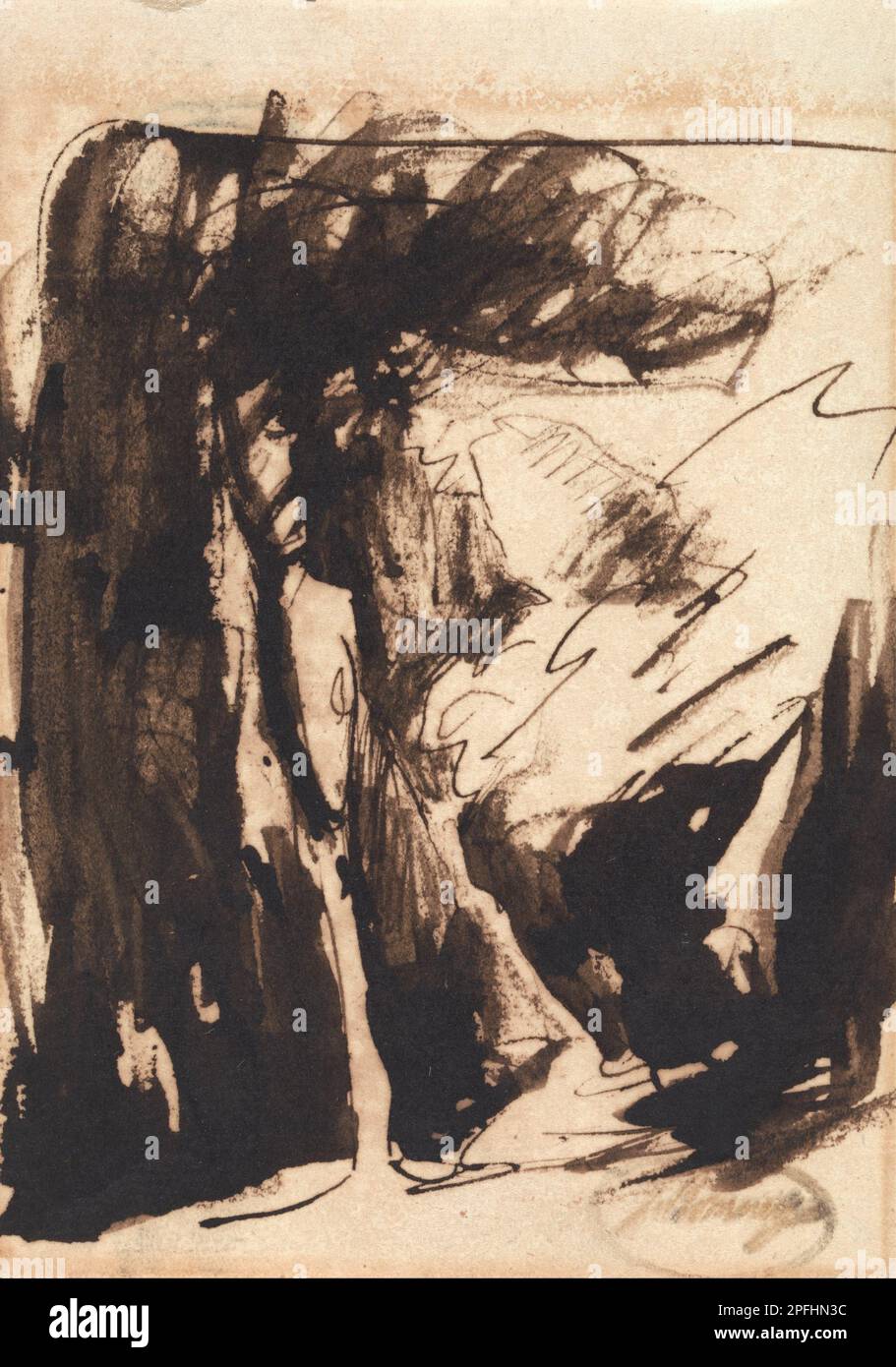 Wooded Landscape by George Romney Stock Photohttps://www.alamy.com/image-license-details/?v=1https://www.alamy.com/wooded-landscape-by-george-romney-image543130992.html
Wooded Landscape by George Romney Stock Photohttps://www.alamy.com/image-license-details/?v=1https://www.alamy.com/wooded-landscape-by-george-romney-image543130992.htmlRM2PFHN3C–Wooded Landscape by George Romney
 An engraving of Netley Abbey Hants 1784 scanned at high resolution from a book published around 1786. Believed copyright free. Stock Photohttps://www.alamy.com/image-license-details/?v=1https://www.alamy.com/an-engraving-of-netley-abbey-hants-1784-scanned-at-high-resolution-from-a-book-published-around-1786-believed-copyright-free-image351087476.html
An engraving of Netley Abbey Hants 1784 scanned at high resolution from a book published around 1786. Believed copyright free. Stock Photohttps://www.alamy.com/image-license-details/?v=1https://www.alamy.com/an-engraving-of-netley-abbey-hants-1784-scanned-at-high-resolution-from-a-book-published-around-1786-believed-copyright-free-image351087476.htmlRM2BB5BJC–An engraving of Netley Abbey Hants 1784 scanned at high resolution from a book published around 1786. Believed copyright free.
![Groups of figures on a road under a coffered arch in ruins, with a landscape in the background . View of the Ruins of an Ancient Edifice on the High Ground of Baia = Vue des Ruines d'un ancien Edifice dans la Colline de Baia. [London] : Publish'd as the Act directs by P. Sandby & A. Robertson. June 1777, [June 1777]. Aquatint, etching and engraving, printed in sepia. Source: Maps 7.Tab.60, plate 5. Language: English and French. Stock Photo Groups of figures on a road under a coffered arch in ruins, with a landscape in the background . View of the Ruins of an Ancient Edifice on the High Ground of Baia = Vue des Ruines d'un ancien Edifice dans la Colline de Baia. [London] : Publish'd as the Act directs by P. Sandby & A. Robertson. June 1777, [June 1777]. Aquatint, etching and engraving, printed in sepia. Source: Maps 7.Tab.60, plate 5. Language: English and French. Stock Photo](https://c8.alamy.com/comp/R58T0M/groups-of-figures-on-a-road-under-a-coffered-arch-in-ruins-with-a-landscape-in-the-background-view-of-the-ruins-of-an-ancient-edifice-on-the-high-ground-of-baia-=-vue-des-ruines-dun-ancien-edifice-dans-la-colline-de-baia-london-publishd-as-the-act-directs-by-p-sandby-a-robertson-june-1777-june-1777-aquatint-etching-and-engraving-printed-in-sepia-source-maps-7tab60-plate-5-language-english-and-french-R58T0M.jpg) Groups of figures on a road under a coffered arch in ruins, with a landscape in the background . View of the Ruins of an Ancient Edifice on the High Ground of Baia = Vue des Ruines d'un ancien Edifice dans la Colline de Baia. [London] : Publish'd as the Act directs by P. Sandby & A. Robertson. June 1777, [June 1777]. Aquatint, etching and engraving, printed in sepia. Source: Maps 7.Tab.60, plate 5. Language: English and French. Stock Photohttps://www.alamy.com/image-license-details/?v=1https://www.alamy.com/groups-of-figures-on-a-road-under-a-coffered-arch-in-ruins-with-a-landscape-in-the-background-view-of-the-ruins-of-an-ancient-edifice-on-the-high-ground-of-baia-=-vue-des-ruines-dun-ancien-edifice-dans-la-colline-de-baia-london-publishd-as-the-act-directs-by-p-sandby-a-robertson-june-1777-june-1777-aquatint-etching-and-engraving-printed-in-sepia-source-maps-7tab60-plate-5-language-english-and-french-image227002516.html
Groups of figures on a road under a coffered arch in ruins, with a landscape in the background . View of the Ruins of an Ancient Edifice on the High Ground of Baia = Vue des Ruines d'un ancien Edifice dans la Colline de Baia. [London] : Publish'd as the Act directs by P. Sandby & A. Robertson. June 1777, [June 1777]. Aquatint, etching and engraving, printed in sepia. Source: Maps 7.Tab.60, plate 5. Language: English and French. Stock Photohttps://www.alamy.com/image-license-details/?v=1https://www.alamy.com/groups-of-figures-on-a-road-under-a-coffered-arch-in-ruins-with-a-landscape-in-the-background-view-of-the-ruins-of-an-ancient-edifice-on-the-high-ground-of-baia-=-vue-des-ruines-dun-ancien-edifice-dans-la-colline-de-baia-london-publishd-as-the-act-directs-by-p-sandby-a-robertson-june-1777-june-1777-aquatint-etching-and-engraving-printed-in-sepia-source-maps-7tab60-plate-5-language-english-and-french-image227002516.htmlRMR58T0M–Groups of figures on a road under a coffered arch in ruins, with a landscape in the background . View of the Ruins of an Ancient Edifice on the High Ground of Baia = Vue des Ruines d'un ancien Edifice dans la Colline de Baia. [London] : Publish'd as the Act directs by P. Sandby & A. Robertson. June 1777, [June 1777]. Aquatint, etching and engraving, printed in sepia. Source: Maps 7.Tab.60, plate 5. Language: English and French.
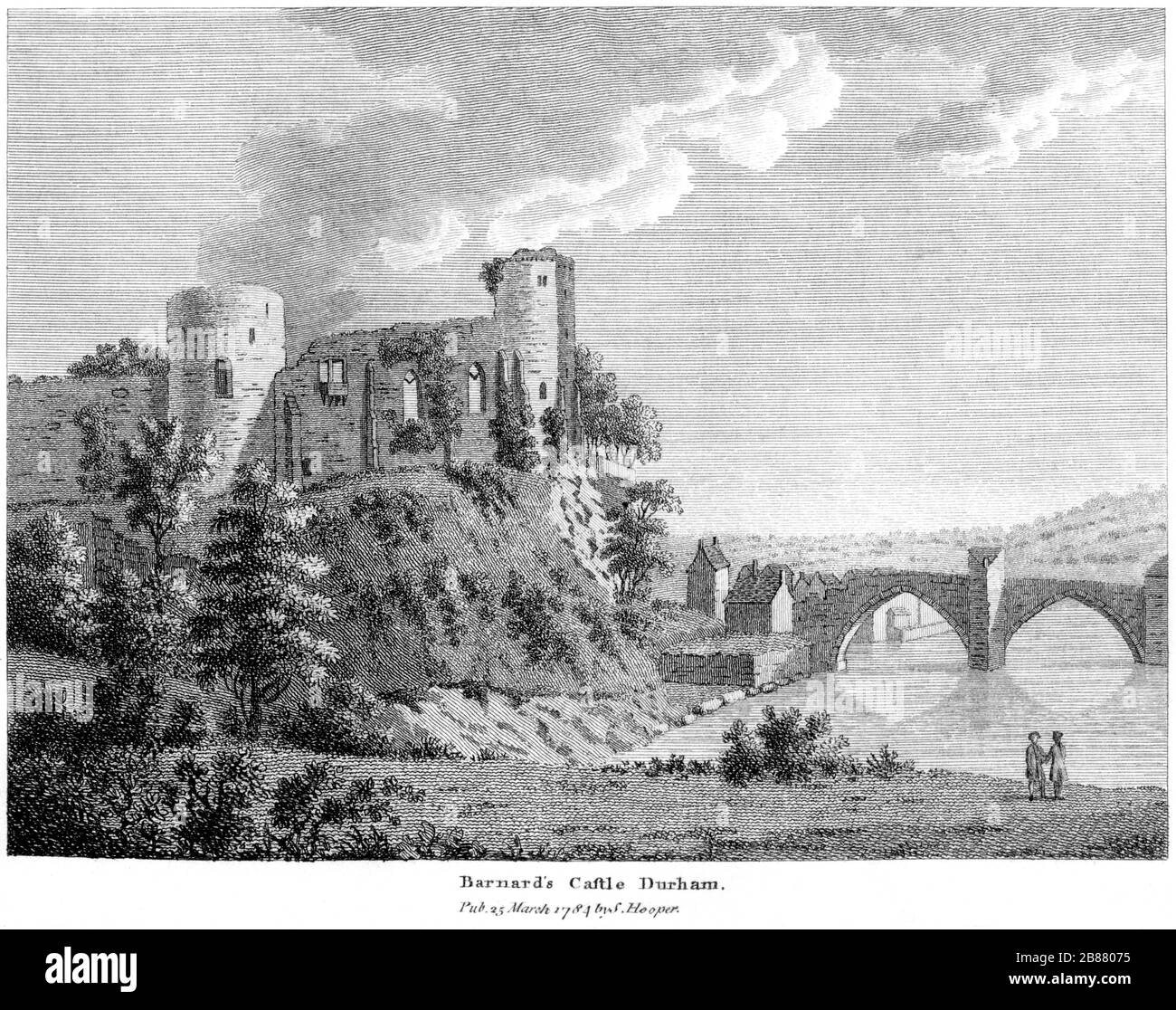 An engraving of Barnards Castle (Barnard Castle) Durham scanned at high resolution from a book published in 1784. Believed copyright free. Stock Photohttps://www.alamy.com/image-license-details/?v=1https://www.alamy.com/an-engraving-of-barnards-castle-barnard-castle-durham-scanned-at-high-resolution-from-a-book-published-in-1784-believed-copyright-free-image349300425.html
An engraving of Barnards Castle (Barnard Castle) Durham scanned at high resolution from a book published in 1784. Believed copyright free. Stock Photohttps://www.alamy.com/image-license-details/?v=1https://www.alamy.com/an-engraving-of-barnards-castle-barnard-castle-durham-scanned-at-high-resolution-from-a-book-published-in-1784-believed-copyright-free-image349300425.htmlRM2B88075–An engraving of Barnards Castle (Barnard Castle) Durham scanned at high resolution from a book published in 1784. Believed copyright free.
 'Doorway to the Temple Church. London.', late 18th century. Artist: JC Smith. Stock Photohttps://www.alamy.com/image-license-details/?v=1https://www.alamy.com/doorway-to-the-temple-church-london-late-18th-century-artist-jc-smith-image218485692.html
'Doorway to the Temple Church. London.', late 18th century. Artist: JC Smith. Stock Photohttps://www.alamy.com/image-license-details/?v=1https://www.alamy.com/doorway-to-the-temple-church-london-late-18th-century-artist-jc-smith-image218485692.htmlRMPKCTMC–'Doorway to the Temple Church. London.', late 18th century. Artist: JC Smith.
 Wentworth, Yorkshire, 1803. Lift-the-flap illustration of Wentworth Woodhouse, an 18th century country house in South Yorkshire. From Observations on the Theory and Practice of Landscape Gardening by Humphrey Repton. Stock Photohttps://www.alamy.com/image-license-details/?v=1https://www.alamy.com/wentworth-yorkshire-1803-lift-the-flap-illustration-of-wentworth-woodhouse-an-18th-century-country-house-in-south-yorkshire-from-observations-on-the-theory-and-practice-of-landscape-gardening-by-humphrey-repton-image506112581.html
Wentworth, Yorkshire, 1803. Lift-the-flap illustration of Wentworth Woodhouse, an 18th century country house in South Yorkshire. From Observations on the Theory and Practice of Landscape Gardening by Humphrey Repton. Stock Photohttps://www.alamy.com/image-license-details/?v=1https://www.alamy.com/wentworth-yorkshire-1803-lift-the-flap-illustration-of-wentworth-woodhouse-an-18th-century-country-house-in-south-yorkshire-from-observations-on-the-theory-and-practice-of-landscape-gardening-by-humphrey-repton-image506112581.htmlRM2MBBBN9–Wentworth, Yorkshire, 1803. Lift-the-flap illustration of Wentworth Woodhouse, an 18th century country house in South Yorkshire. From Observations on the Theory and Practice of Landscape Gardening by Humphrey Repton.
 1805 original engraving of Kenmore village ftom Taymouth at end of 18th century, from 1811 Views in North Britain, illustrative of the works of Robert Stock Photohttps://www.alamy.com/image-license-details/?v=1https://www.alamy.com/1805-original-engraving-of-kenmore-village-ftom-taymouth-at-end-of-18th-century-from-1811-views-in-north-britain-illustrative-of-the-works-of-robert-image417835917.html
1805 original engraving of Kenmore village ftom Taymouth at end of 18th century, from 1811 Views in North Britain, illustrative of the works of Robert Stock Photohttps://www.alamy.com/image-license-details/?v=1https://www.alamy.com/1805-original-engraving-of-kenmore-village-ftom-taymouth-at-end-of-18th-century-from-1811-views-in-north-britain-illustrative-of-the-works-of-robert-image417835917.htmlRF2F7P1Y9–1805 original engraving of Kenmore village ftom Taymouth at end of 18th century, from 1811 Views in North Britain, illustrative of the works of Robert
 Bolsover Castle is in the town of Bolsover in the north-east of the English county of Derbyshire Built in the early 17th century, the present castle lies on the earthworks and ruins of the 12th-century medieval castle; the first structure of the present castle was built between 1612 and 1617 by Sir Charles Cavendish from the book ' Supplement to the antiquities of England and Wales ' by Francis Grose, Publication date 1777 Stock Photohttps://www.alamy.com/image-license-details/?v=1https://www.alamy.com/bolsover-castle-is-in-the-town-of-bolsover-in-the-north-east-of-the-english-county-of-derbyshire-built-in-the-early-17th-century-the-present-castle-lies-on-the-earthworks-and-ruins-of-the-12th-century-medieval-castle-the-first-structure-of-the-present-castle-was-built-between-1612-and-1617-by-sir-charles-cavendish-from-the-book-supplement-to-the-antiquities-of-england-and-wales-by-francis-grose-publication-date-1777-image483974673.html
Bolsover Castle is in the town of Bolsover in the north-east of the English county of Derbyshire Built in the early 17th century, the present castle lies on the earthworks and ruins of the 12th-century medieval castle; the first structure of the present castle was built between 1612 and 1617 by Sir Charles Cavendish from the book ' Supplement to the antiquities of England and Wales ' by Francis Grose, Publication date 1777 Stock Photohttps://www.alamy.com/image-license-details/?v=1https://www.alamy.com/bolsover-castle-is-in-the-town-of-bolsover-in-the-north-east-of-the-english-county-of-derbyshire-built-in-the-early-17th-century-the-present-castle-lies-on-the-earthworks-and-ruins-of-the-12th-century-medieval-castle-the-first-structure-of-the-present-castle-was-built-between-1612-and-1617-by-sir-charles-cavendish-from-the-book-supplement-to-the-antiquities-of-england-and-wales-by-francis-grose-publication-date-1777-image483974673.htmlRF2K3AXHN–Bolsover Castle is in the town of Bolsover in the north-east of the English county of Derbyshire Built in the early 17th century, the present castle lies on the earthworks and ruins of the 12th-century medieval castle; the first structure of the present castle was built between 1612 and 1617 by Sir Charles Cavendish from the book ' Supplement to the antiquities of England and Wales ' by Francis Grose, Publication date 1777
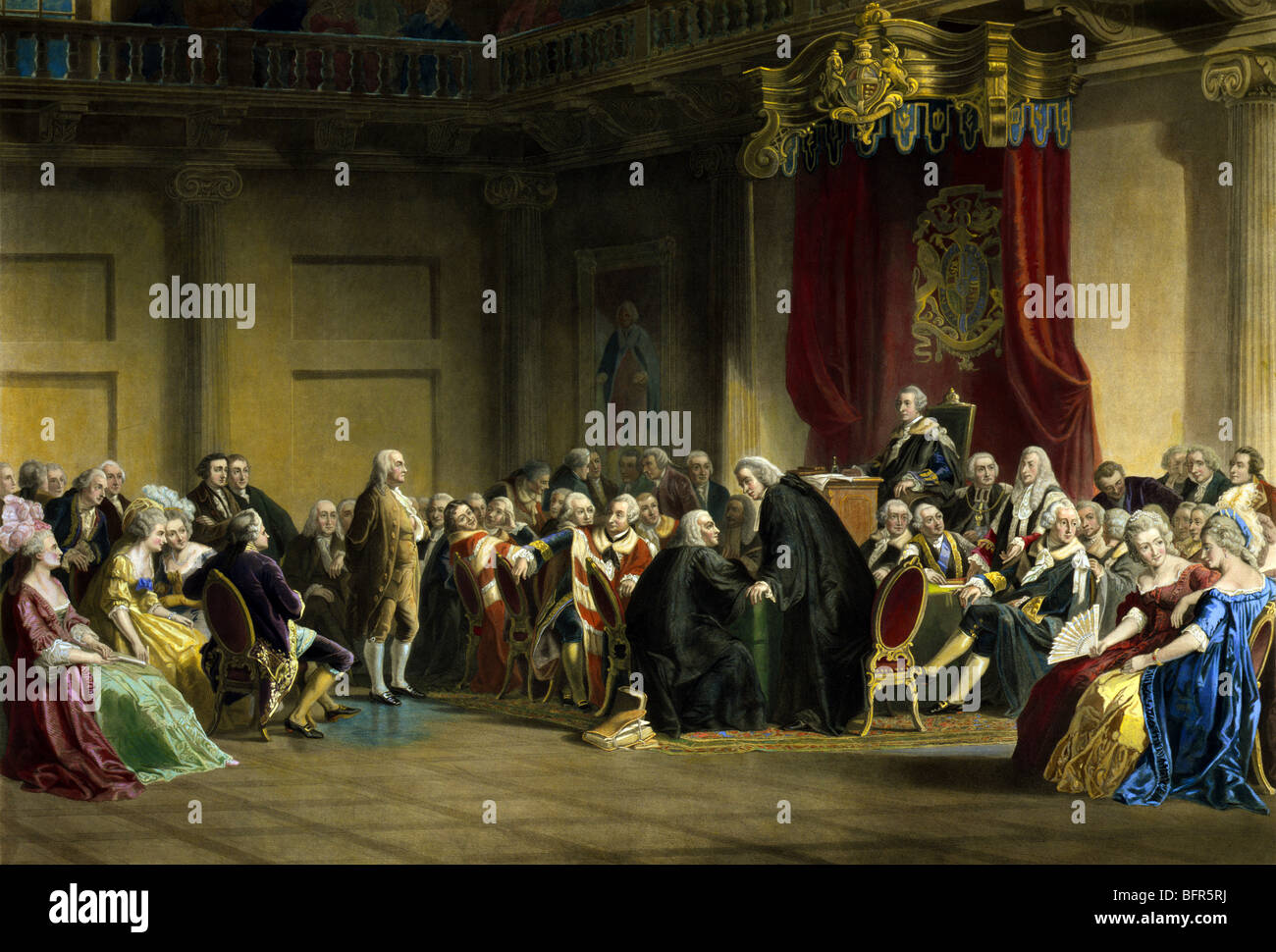 Print c1859 of Benjamin Franklin appearing before the Lords in Council (Privy Council) at Whitehall Chapel in London in 1774. Stock Photohttps://www.alamy.com/image-license-details/?v=1https://www.alamy.com/stock-photo-print-c1859-of-benjamin-franklin-appearing-before-the-lords-in-council-26939686.html
Print c1859 of Benjamin Franklin appearing before the Lords in Council (Privy Council) at Whitehall Chapel in London in 1774. Stock Photohttps://www.alamy.com/image-license-details/?v=1https://www.alamy.com/stock-photo-print-c1859-of-benjamin-franklin-appearing-before-the-lords-in-council-26939686.htmlRMBFR5RJ–Print c1859 of Benjamin Franklin appearing before the Lords in Council (Privy Council) at Whitehall Chapel in London in 1774.
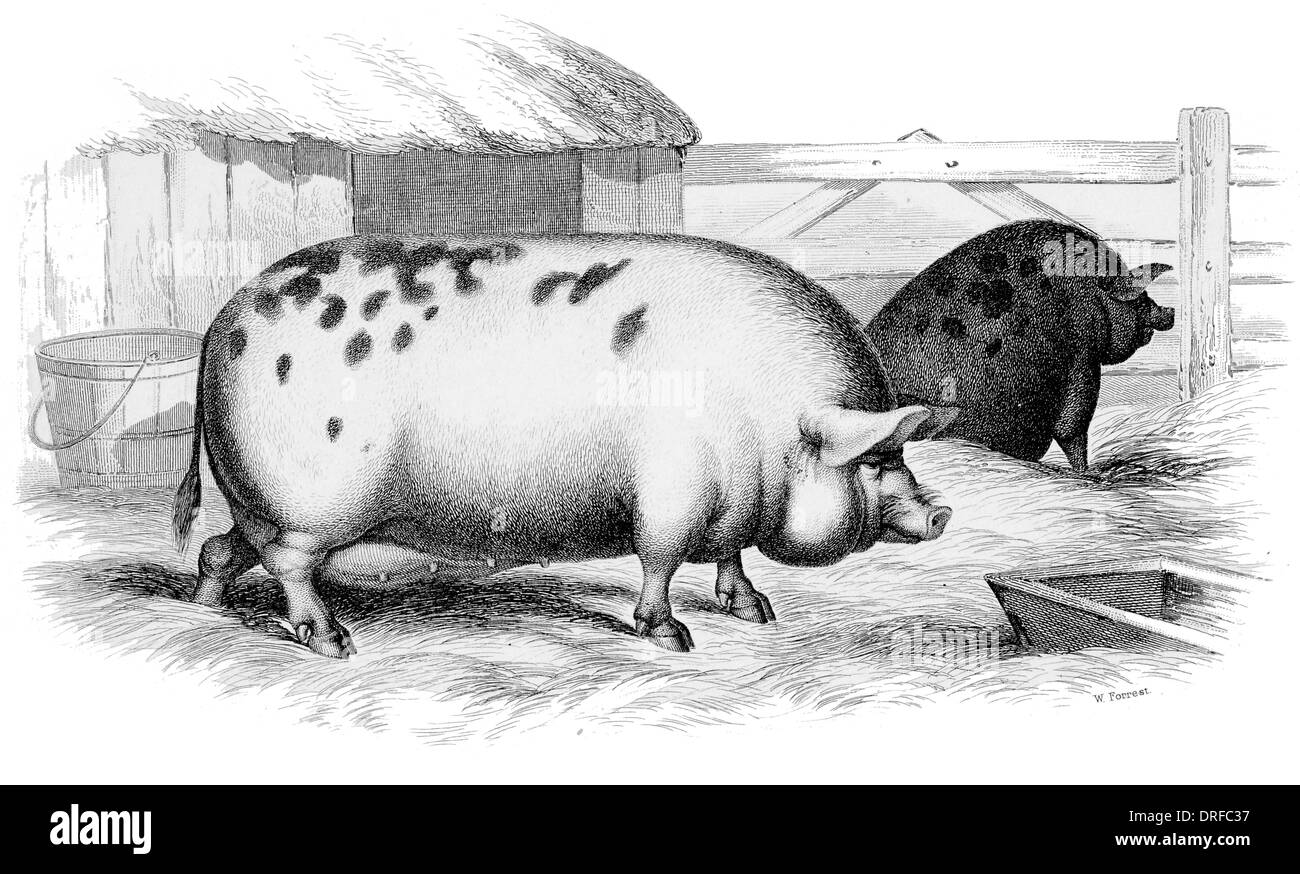 Sow of the large English Pig breed circa 1880 Stock Photohttps://www.alamy.com/image-license-details/?v=1https://www.alamy.com/sow-of-the-large-english-pig-breed-circa-1880-image66106971.html
Sow of the large English Pig breed circa 1880 Stock Photohttps://www.alamy.com/image-license-details/?v=1https://www.alamy.com/sow-of-the-large-english-pig-breed-circa-1880-image66106971.htmlRMDRFC37–Sow of the large English Pig breed circa 1880
 View over Bury St Edmunds Suffolk. Victorian woodcut circa 1845 Stock Photohttps://www.alamy.com/image-license-details/?v=1https://www.alamy.com/stock-photo-view-over-bury-st-edmunds-suffolk-victorian-woodcut-circa-1845-131072843.html
View over Bury St Edmunds Suffolk. Victorian woodcut circa 1845 Stock Photohttps://www.alamy.com/image-license-details/?v=1https://www.alamy.com/stock-photo-view-over-bury-st-edmunds-suffolk-victorian-woodcut-circa-1845-131072843.htmlRMHH6TMY–View over Bury St Edmunds Suffolk. Victorian woodcut circa 1845
 A historical view of Latton Priory, Essex, Great Britain. Taken from a print by Sparrow, published by S. Hooper 10th July 1784. Stock Photohttps://www.alamy.com/image-license-details/?v=1https://www.alamy.com/a-historical-view-of-latton-priory-essex-great-britain-taken-from-a-print-by-sparrow-published-by-s-hooper-10th-july-1784-image456373077.html
A historical view of Latton Priory, Essex, Great Britain. Taken from a print by Sparrow, published by S. Hooper 10th July 1784. Stock Photohttps://www.alamy.com/image-license-details/?v=1https://www.alamy.com/a-historical-view-of-latton-priory-essex-great-britain-taken-from-a-print-by-sparrow-published-by-s-hooper-10th-july-1784-image456373077.htmlRM2HEDGED–A historical view of Latton Priory, Essex, Great Britain. Taken from a print by Sparrow, published by S. Hooper 10th July 1784.
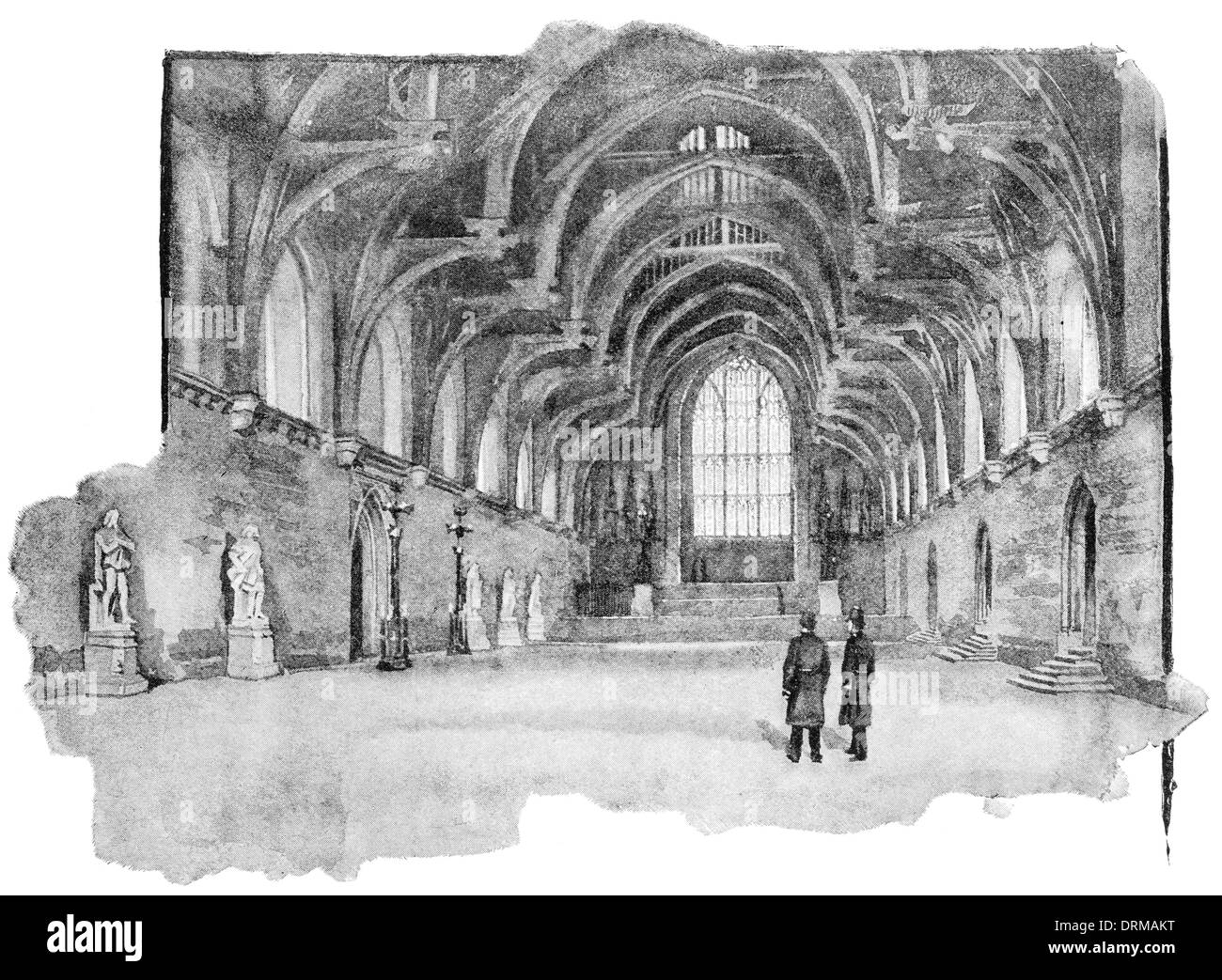 Interior of old westminster hall baroque gentleman private room London Greater capital city England English Britain British UK Stock Photohttps://www.alamy.com/image-license-details/?v=1https://www.alamy.com/interior-of-old-westminster-hall-baroque-gentleman-private-room-london-image66215628.html
Interior of old westminster hall baroque gentleman private room London Greater capital city England English Britain British UK Stock Photohttps://www.alamy.com/image-license-details/?v=1https://www.alamy.com/interior-of-old-westminster-hall-baroque-gentleman-private-room-london-image66215628.htmlRMDRMAKT–Interior of old westminster hall baroque gentleman private room London Greater capital city England English Britain British UK
 A historical view of Kirby Hall in Essex, England, UK, the then seat of Peter Muitman Esquire. c. 1700's. Taken from an original print. Stock Photohttps://www.alamy.com/image-license-details/?v=1https://www.alamy.com/a-historical-view-of-kirby-hall-in-essex-england-uk-the-then-seat-of-peter-muitman-esquire-c-1700s-taken-from-an-original-print-image414944547.html
A historical view of Kirby Hall in Essex, England, UK, the then seat of Peter Muitman Esquire. c. 1700's. Taken from an original print. Stock Photohttps://www.alamy.com/image-license-details/?v=1https://www.alamy.com/a-historical-view-of-kirby-hall-in-essex-england-uk-the-then-seat-of-peter-muitman-esquire-c-1700s-taken-from-an-original-print-image414944547.htmlRM2F32A03–A historical view of Kirby Hall in Essex, England, UK, the then seat of Peter Muitman Esquire. c. 1700's. Taken from an original print.
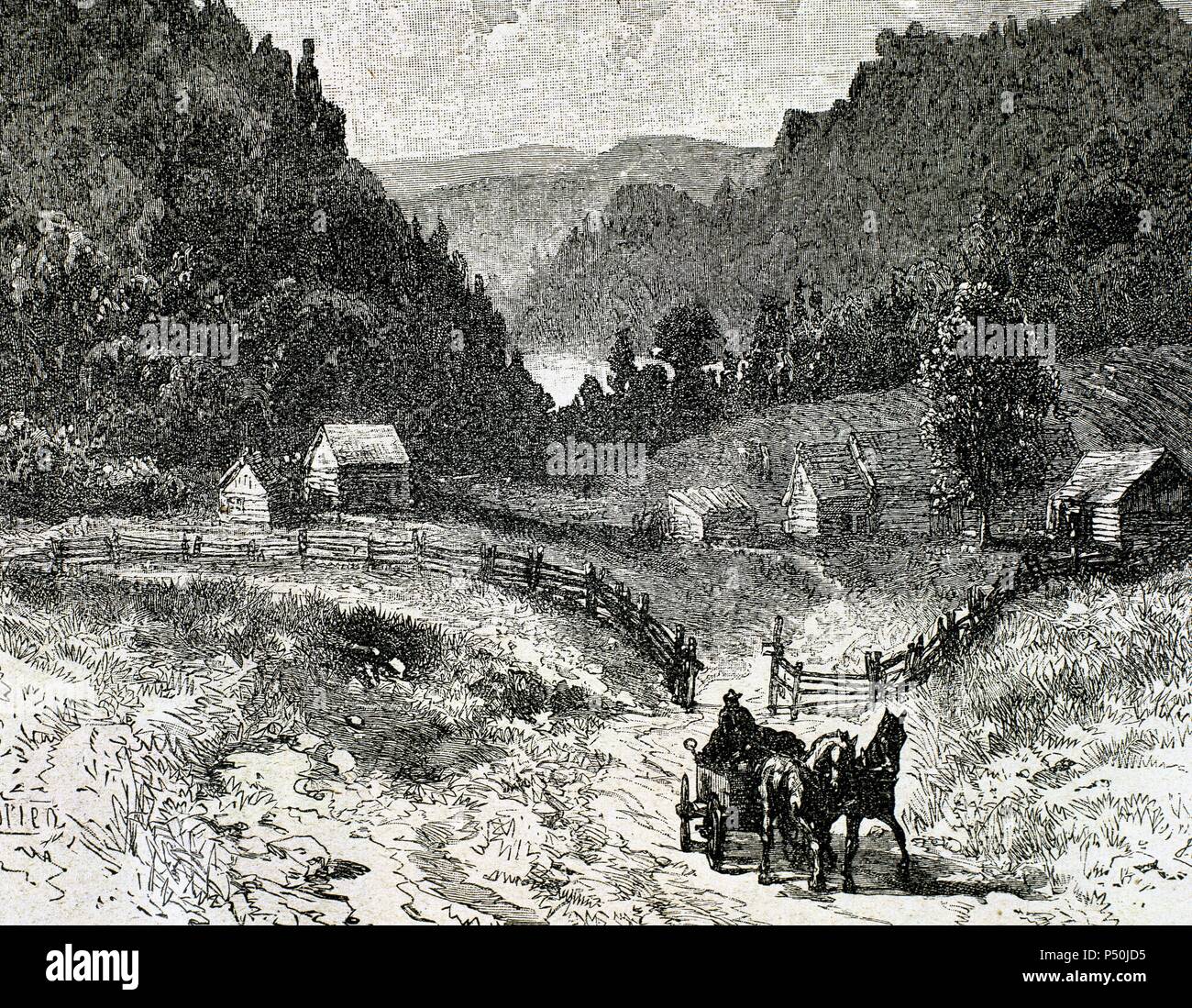 Canadian landscape in the eighteenth century. Nineteenth-century engraving. Stock Photohttps://www.alamy.com/image-license-details/?v=1https://www.alamy.com/canadian-landscape-in-the-eighteenth-century-nineteenth-century-engraving-image209612177.html
Canadian landscape in the eighteenth century. Nineteenth-century engraving. Stock Photohttps://www.alamy.com/image-license-details/?v=1https://www.alamy.com/canadian-landscape-in-the-eighteenth-century-nineteenth-century-engraving-image209612177.htmlRMP50JD5–Canadian landscape in the eighteenth century. Nineteenth-century engraving.
 Pamplona, or Pampeluna, at the time of the Peninsular Wars; Black and White Illustration Stock Photohttps://www.alamy.com/image-license-details/?v=1https://www.alamy.com/pamplona-or-pampeluna-at-the-time-of-the-peninsular-wars-black-and-white-illustration-image453372944.html
Pamplona, or Pampeluna, at the time of the Peninsular Wars; Black and White Illustration Stock Photohttps://www.alamy.com/image-license-details/?v=1https://www.alamy.com/pamplona-or-pampeluna-at-the-time-of-the-peninsular-wars-black-and-white-illustration-image453372944.htmlRM2H9GWPT–Pamplona, or Pampeluna, at the time of the Peninsular Wars; Black and White Illustration
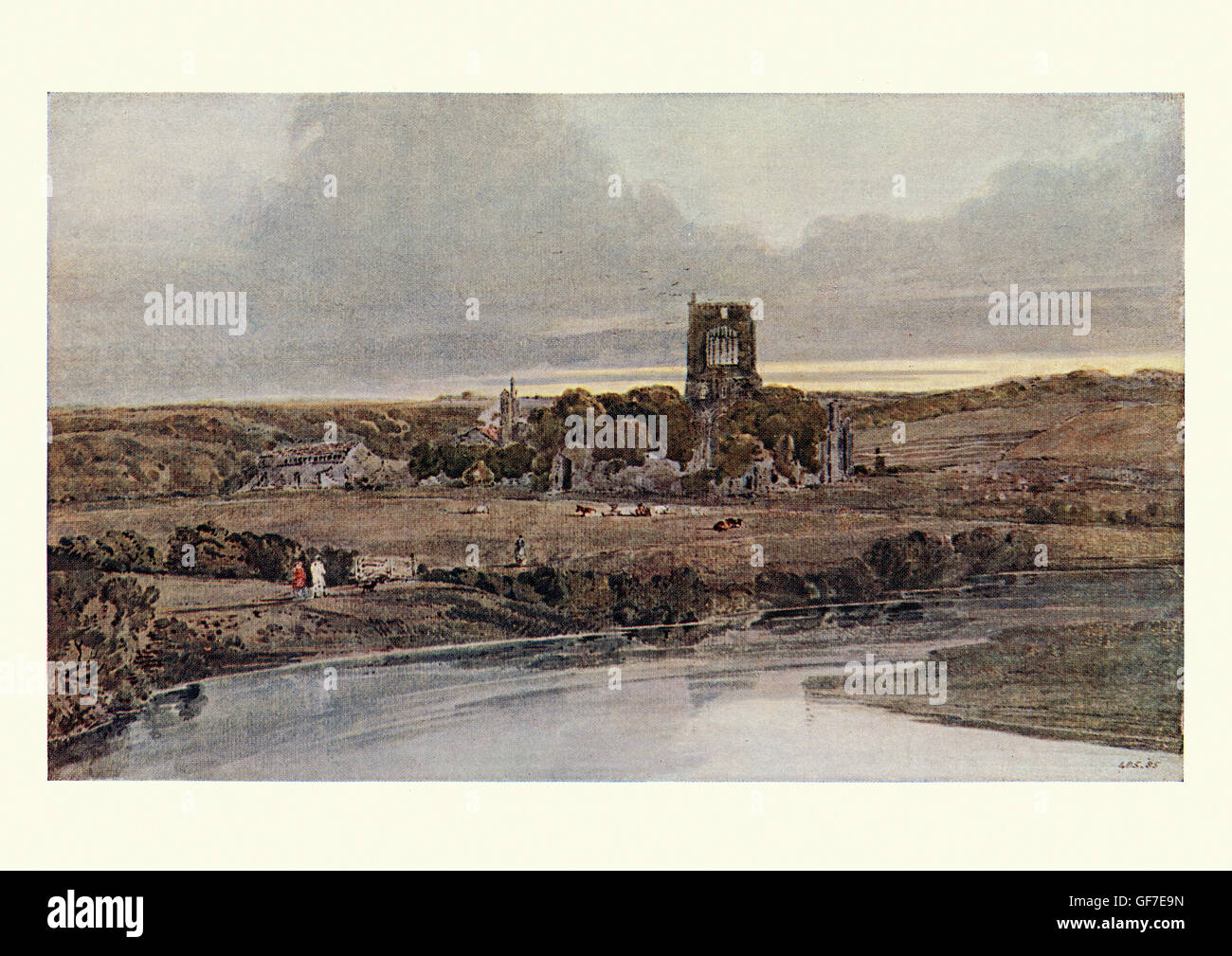 Kirkstall Abbey in the Evening, after the watercolour by Thomas Girtin an English painter and etcher. Girtin played a key role in establishing watercolour as a reputable art form. Stock Photohttps://www.alamy.com/image-license-details/?v=1https://www.alamy.com/stock-photo-kirkstall-abbey-in-the-evening-after-the-watercolour-by-thomas-girtin-112646961.html
Kirkstall Abbey in the Evening, after the watercolour by Thomas Girtin an English painter and etcher. Girtin played a key role in establishing watercolour as a reputable art form. Stock Photohttps://www.alamy.com/image-license-details/?v=1https://www.alamy.com/stock-photo-kirkstall-abbey-in-the-evening-after-the-watercolour-by-thomas-girtin-112646961.htmlRMGF7E9N–Kirkstall Abbey in the Evening, after the watercolour by Thomas Girtin an English painter and etcher. Girtin played a key role in establishing watercolour as a reputable art form.
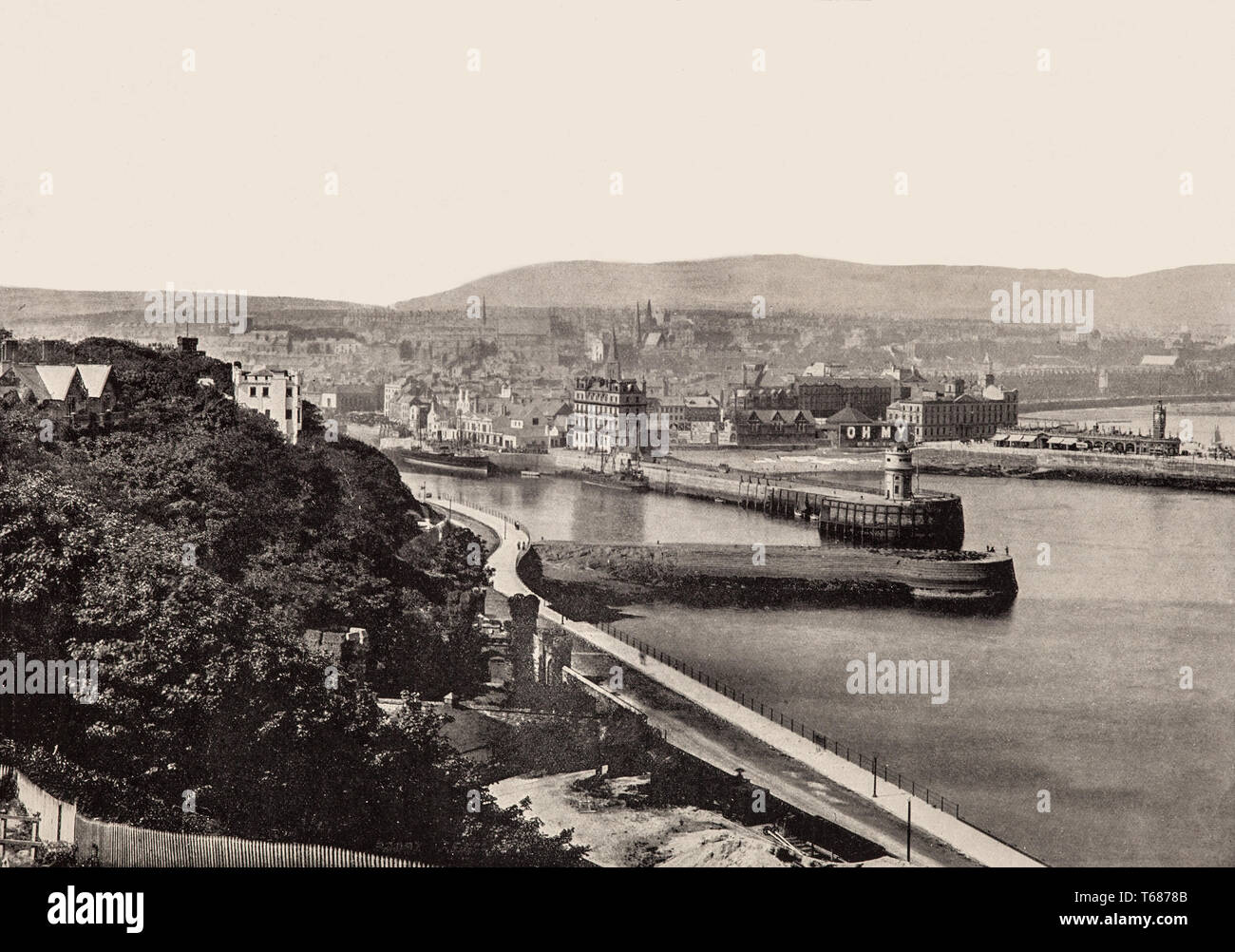 Late 19th Century views of Loch Promenade tyhat runs nearly the entire length of beachfront in Douglas was constructed in 1878. Douglas is the capital, main commercial port and largest town of the Isle of Man, a self-governing British Crown dependency in the Irish Sea between Great Britain and Ireland. It grew rapidly as a result of links with the English port of Liverpool in the 18th century. It became a major tourist destination following the formation of the Isle of Man Steam Packet Company in 1830. Stock Photohttps://www.alamy.com/image-license-details/?v=1https://www.alamy.com/late-19th-century-views-of-loch-promenade-tyhat-runs-nearly-the-entire-length-of-beachfront-in-douglas-was-constructed-in-1878-douglas-is-the-capital-main-commercial-port-and-largest-town-of-the-isle-of-man-a-self-governing-british-crown-dependency-in-the-irish-sea-between-great-britain-and-ireland-it-grew-rapidly-as-a-result-of-links-with-the-english-port-of-liverpool-in-the-18th-century-it-became-a-major-tourist-destination-following-the-formation-of-the-isle-of-man-steam-packet-company-in-1830-image244814427.html
Late 19th Century views of Loch Promenade tyhat runs nearly the entire length of beachfront in Douglas was constructed in 1878. Douglas is the capital, main commercial port and largest town of the Isle of Man, a self-governing British Crown dependency in the Irish Sea between Great Britain and Ireland. It grew rapidly as a result of links with the English port of Liverpool in the 18th century. It became a major tourist destination following the formation of the Isle of Man Steam Packet Company in 1830. Stock Photohttps://www.alamy.com/image-license-details/?v=1https://www.alamy.com/late-19th-century-views-of-loch-promenade-tyhat-runs-nearly-the-entire-length-of-beachfront-in-douglas-was-constructed-in-1878-douglas-is-the-capital-main-commercial-port-and-largest-town-of-the-isle-of-man-a-self-governing-british-crown-dependency-in-the-irish-sea-between-great-britain-and-ireland-it-grew-rapidly-as-a-result-of-links-with-the-english-port-of-liverpool-in-the-18th-century-it-became-a-major-tourist-destination-following-the-formation-of-the-isle-of-man-steam-packet-company-in-1830-image244814427.htmlRMT6878B–Late 19th Century views of Loch Promenade tyhat runs nearly the entire length of beachfront in Douglas was constructed in 1878. Douglas is the capital, main commercial port and largest town of the Isle of Man, a self-governing British Crown dependency in the Irish Sea between Great Britain and Ireland. It grew rapidly as a result of links with the English port of Liverpool in the 18th century. It became a major tourist destination following the formation of the Isle of Man Steam Packet Company in 1830.
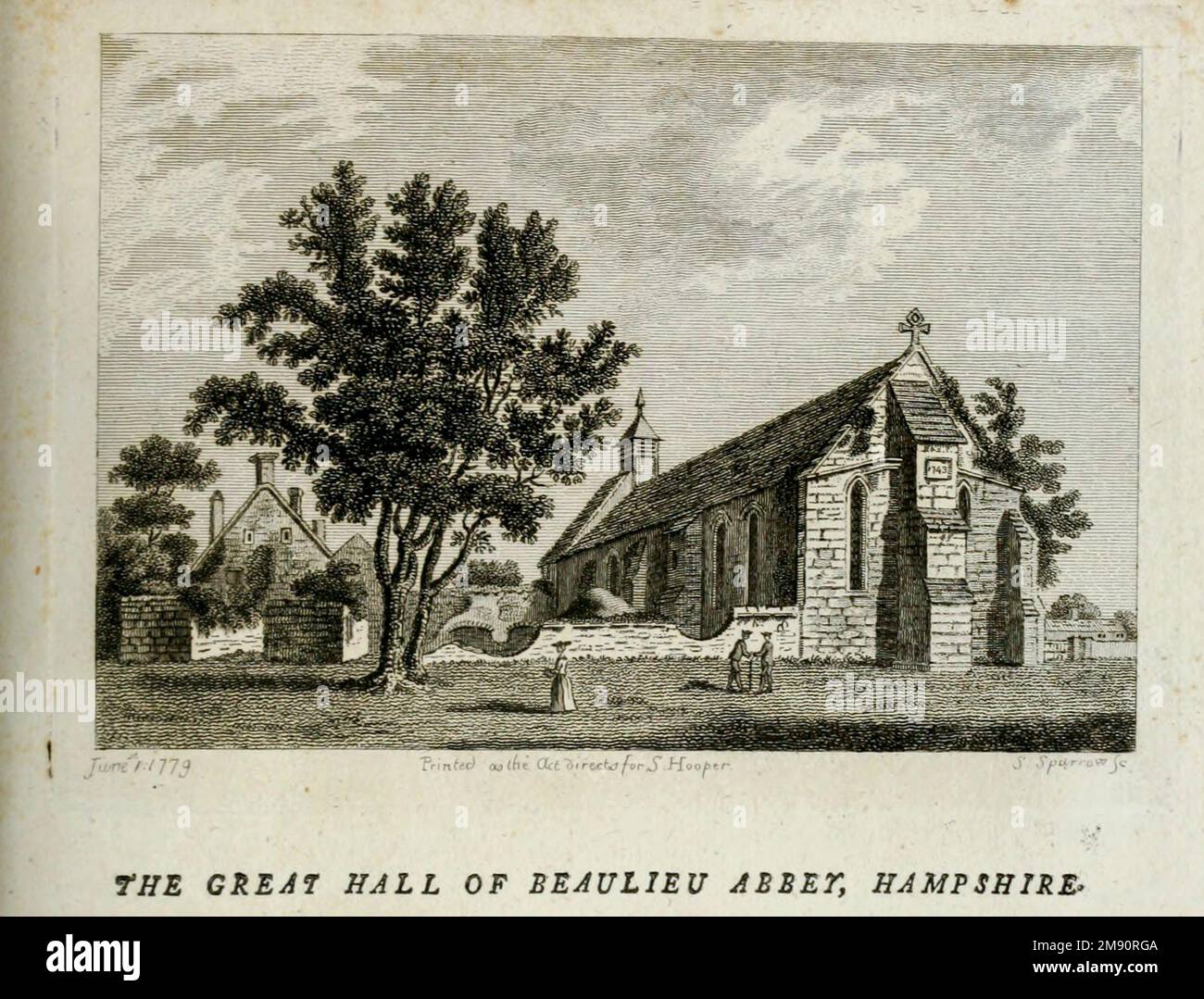 Beaulieu Abbey, was a Cistercian abbey in Hampshire, England. It was founded in 1203–1204 by King John and populated by 30 monks sent from the abbey of Cîteaux in France, the mother house of the Cistercian order. The Medieval Latin name of the monastery was Bellus Locus Regis ('The beautiful place of the king'') or monasterium Belli loci Regis. Other spellings of the English name which occur historically are Bewley (16th century) and Beaulie (17th century)from the book ' Supplement to the antiquities of England and Wales ' by Francis Grose, Publication date 1777 Stock Photohttps://www.alamy.com/image-license-details/?v=1https://www.alamy.com/beaulieu-abbey-was-a-cistercian-abbey-in-hampshire-england-it-was-founded-in-12031204-by-king-john-and-populated-by-30-monks-sent-from-the-abbey-of-cteaux-in-france-the-mother-house-of-the-cistercian-order-the-medieval-latin-name-of-the-monastery-was-bellus-locus-regis-the-beautiful-place-of-the-king-or-monasterium-belli-loci-regis-other-spellings-of-the-english-name-which-occur-historically-are-bewley-16th-century-and-beaulie-17th-centuryfrom-the-book-supplement-to-the-antiquities-of-england-and-wales-by-francis-grose-publication-date-1777-image504651066.html
Beaulieu Abbey, was a Cistercian abbey in Hampshire, England. It was founded in 1203–1204 by King John and populated by 30 monks sent from the abbey of Cîteaux in France, the mother house of the Cistercian order. The Medieval Latin name of the monastery was Bellus Locus Regis ('The beautiful place of the king'') or monasterium Belli loci Regis. Other spellings of the English name which occur historically are Bewley (16th century) and Beaulie (17th century)from the book ' Supplement to the antiquities of England and Wales ' by Francis Grose, Publication date 1777 Stock Photohttps://www.alamy.com/image-license-details/?v=1https://www.alamy.com/beaulieu-abbey-was-a-cistercian-abbey-in-hampshire-england-it-was-founded-in-12031204-by-king-john-and-populated-by-30-monks-sent-from-the-abbey-of-cteaux-in-france-the-mother-house-of-the-cistercian-order-the-medieval-latin-name-of-the-monastery-was-bellus-locus-regis-the-beautiful-place-of-the-king-or-monasterium-belli-loci-regis-other-spellings-of-the-english-name-which-occur-historically-are-bewley-16th-century-and-beaulie-17th-centuryfrom-the-book-supplement-to-the-antiquities-of-england-and-wales-by-francis-grose-publication-date-1777-image504651066.htmlRF2M90RGA–Beaulieu Abbey, was a Cistercian abbey in Hampshire, England. It was founded in 1203–1204 by King John and populated by 30 monks sent from the abbey of Cîteaux in France, the mother house of the Cistercian order. The Medieval Latin name of the monastery was Bellus Locus Regis ('The beautiful place of the king'') or monasterium Belli loci Regis. Other spellings of the English name which occur historically are Bewley (16th century) and Beaulie (17th century)from the book ' Supplement to the antiquities of England and Wales ' by Francis Grose, Publication date 1777
 Landscape in Westmoreland by George Romney Stock Photohttps://www.alamy.com/image-license-details/?v=1https://www.alamy.com/landscape-in-westmoreland-by-george-romney-image543128345.html
Landscape in Westmoreland by George Romney Stock Photohttps://www.alamy.com/image-license-details/?v=1https://www.alamy.com/landscape-in-westmoreland-by-george-romney-image543128345.htmlRM2PFHHMW–Landscape in Westmoreland by George Romney
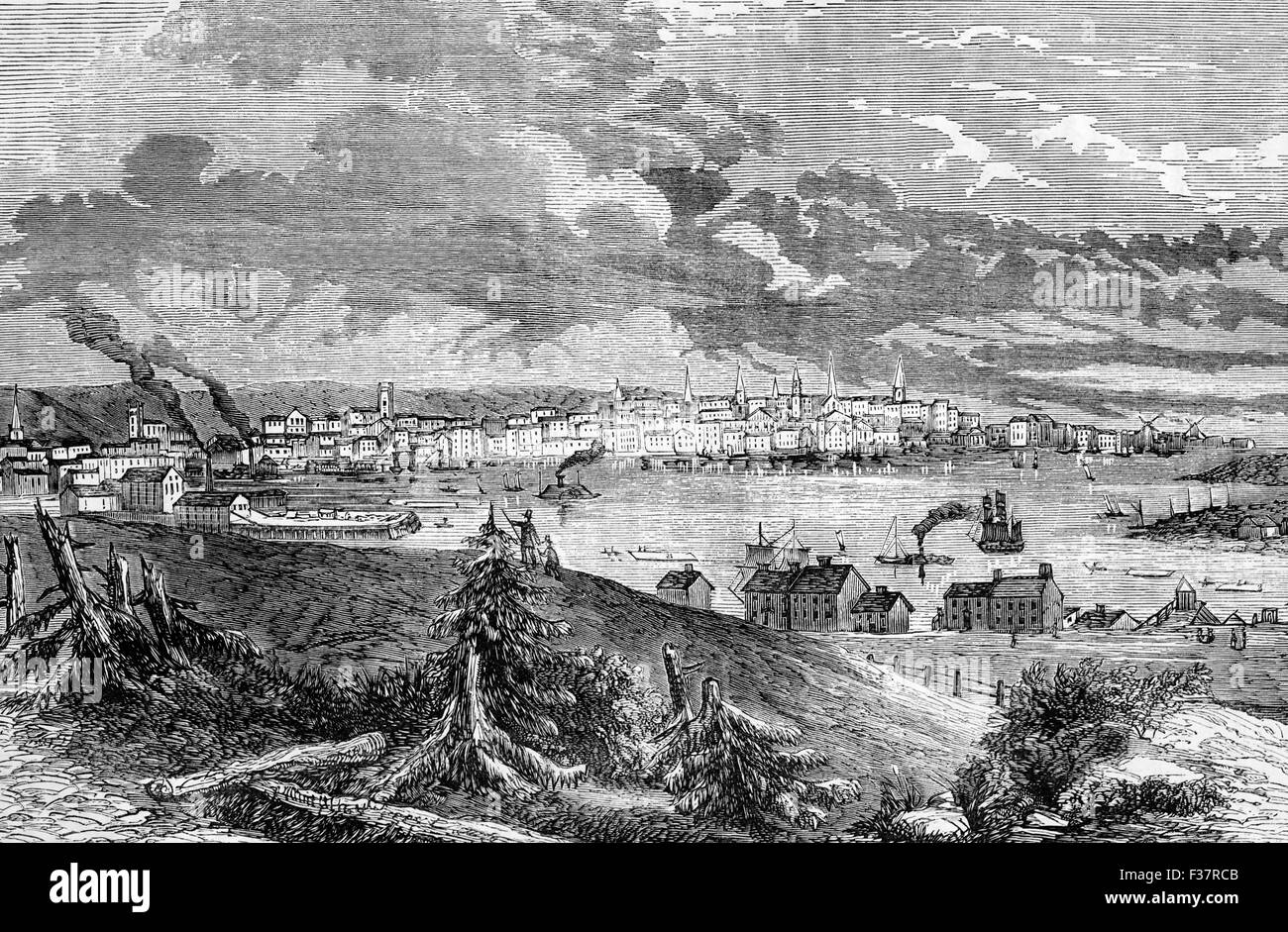 18th Century view of Saint John, the largest city in the province of New Brunswick, Canada Stock Photohttps://www.alamy.com/image-license-details/?v=1https://www.alamy.com/stock-photo-18th-century-view-of-saint-john-the-largest-city-in-the-province-of-88067851.html
18th Century view of Saint John, the largest city in the province of New Brunswick, Canada Stock Photohttps://www.alamy.com/image-license-details/?v=1https://www.alamy.com/stock-photo-18th-century-view-of-saint-john-the-largest-city-in-the-province-of-88067851.htmlRMF37RCB–18th Century view of Saint John, the largest city in the province of New Brunswick, Canada
![[Whole folio] A view of the Endeavour River, New Holland, with the Endeavour laid on shore, in order to repair the damage which she received on the rocks; June-July 1770. The first known landscape of Australia. Engraving by William Byrne, probably after a lost drawing by Sydney Parkinson. A Collection of Drawings made in the Countries visited by Capt. Cook in his First Voyage. 1768-1771. 1773. Source: Add. 23920, f.36. Language: English. Stock Photo [Whole folio] A view of the Endeavour River, New Holland, with the Endeavour laid on shore, in order to repair the damage which she received on the rocks; June-July 1770. The first known landscape of Australia. Engraving by William Byrne, probably after a lost drawing by Sydney Parkinson. A Collection of Drawings made in the Countries visited by Capt. Cook in his First Voyage. 1768-1771. 1773. Source: Add. 23920, f.36. Language: English. Stock Photo](https://c8.alamy.com/comp/RCF1C9/whole-folio-a-view-of-the-endeavour-river-new-holland-with-the-endeavour-laid-on-shore-in-order-to-repair-the-damage-which-she-received-on-the-rocks-june-july-1770-the-first-known-landscape-of-australia-engraving-by-william-byrne-probably-after-a-lost-drawing-by-sydney-parkinson-a-collection-of-drawings-made-in-the-countries-visited-by-capt-cook-in-his-first-voyage-1768-1771-1773-source-add-23920-f36-language-english-RCF1C9.jpg) [Whole folio] A view of the Endeavour River, New Holland, with the Endeavour laid on shore, in order to repair the damage which she received on the rocks; June-July 1770. The first known landscape of Australia. Engraving by William Byrne, probably after a lost drawing by Sydney Parkinson. A Collection of Drawings made in the Countries visited by Capt. Cook in his First Voyage. 1768-1771. 1773. Source: Add. 23920, f.36. Language: English. Stock Photohttps://www.alamy.com/image-license-details/?v=1https://www.alamy.com/whole-folio-a-view-of-the-endeavour-river-new-holland-with-the-endeavour-laid-on-shore-in-order-to-repair-the-damage-which-she-received-on-the-rocks-june-july-1770-the-first-known-landscape-of-australia-engraving-by-william-byrne-probably-after-a-lost-drawing-by-sydney-parkinson-a-collection-of-drawings-made-in-the-countries-visited-by-capt-cook-in-his-first-voyage-1768-1771-1773-source-add-23920-f36-language-english-image231441065.html
[Whole folio] A view of the Endeavour River, New Holland, with the Endeavour laid on shore, in order to repair the damage which she received on the rocks; June-July 1770. The first known landscape of Australia. Engraving by William Byrne, probably after a lost drawing by Sydney Parkinson. A Collection of Drawings made in the Countries visited by Capt. Cook in his First Voyage. 1768-1771. 1773. Source: Add. 23920, f.36. Language: English. Stock Photohttps://www.alamy.com/image-license-details/?v=1https://www.alamy.com/whole-folio-a-view-of-the-endeavour-river-new-holland-with-the-endeavour-laid-on-shore-in-order-to-repair-the-damage-which-she-received-on-the-rocks-june-july-1770-the-first-known-landscape-of-australia-engraving-by-william-byrne-probably-after-a-lost-drawing-by-sydney-parkinson-a-collection-of-drawings-made-in-the-countries-visited-by-capt-cook-in-his-first-voyage-1768-1771-1773-source-add-23920-f36-language-english-image231441065.htmlRMRCF1C9–[Whole folio] A view of the Endeavour River, New Holland, with the Endeavour laid on shore, in order to repair the damage which she received on the rocks; June-July 1770. The first known landscape of Australia. Engraving by William Byrne, probably after a lost drawing by Sydney Parkinson. A Collection of Drawings made in the Countries visited by Capt. Cook in his First Voyage. 1768-1771. 1773. Source: Add. 23920, f.36. Language: English.
 An engraving of The Cathedral Church of Durham scanned at high resolution from a book published in 1784. Believed copyright free. Stock Photohttps://www.alamy.com/image-license-details/?v=1https://www.alamy.com/an-engraving-of-the-cathedral-church-of-durham-scanned-at-high-resolution-from-a-book-published-in-1784-believed-copyright-free-image349300443.html
An engraving of The Cathedral Church of Durham scanned at high resolution from a book published in 1784. Believed copyright free. Stock Photohttps://www.alamy.com/image-license-details/?v=1https://www.alamy.com/an-engraving-of-the-cathedral-church-of-durham-scanned-at-high-resolution-from-a-book-published-in-1784-believed-copyright-free-image349300443.htmlRM2B8807R–An engraving of The Cathedral Church of Durham scanned at high resolution from a book published in 1784. Believed copyright free.
 'An Antient View of part of Cheapside, with the Cross Etc.', late 18th century. Artist: Wooding. Stock Photohttps://www.alamy.com/image-license-details/?v=1https://www.alamy.com/an-antient-view-of-part-of-cheapside-with-the-cross-etc-late-18th-century-artist-wooding-image218485693.html
'An Antient View of part of Cheapside, with the Cross Etc.', late 18th century. Artist: Wooding. Stock Photohttps://www.alamy.com/image-license-details/?v=1https://www.alamy.com/an-antient-view-of-part-of-cheapside-with-the-cross-etc-late-18th-century-artist-wooding-image218485693.htmlRMPKCTMD–'An Antient View of part of Cheapside, with the Cross Etc.', late 18th century. Artist: Wooding.
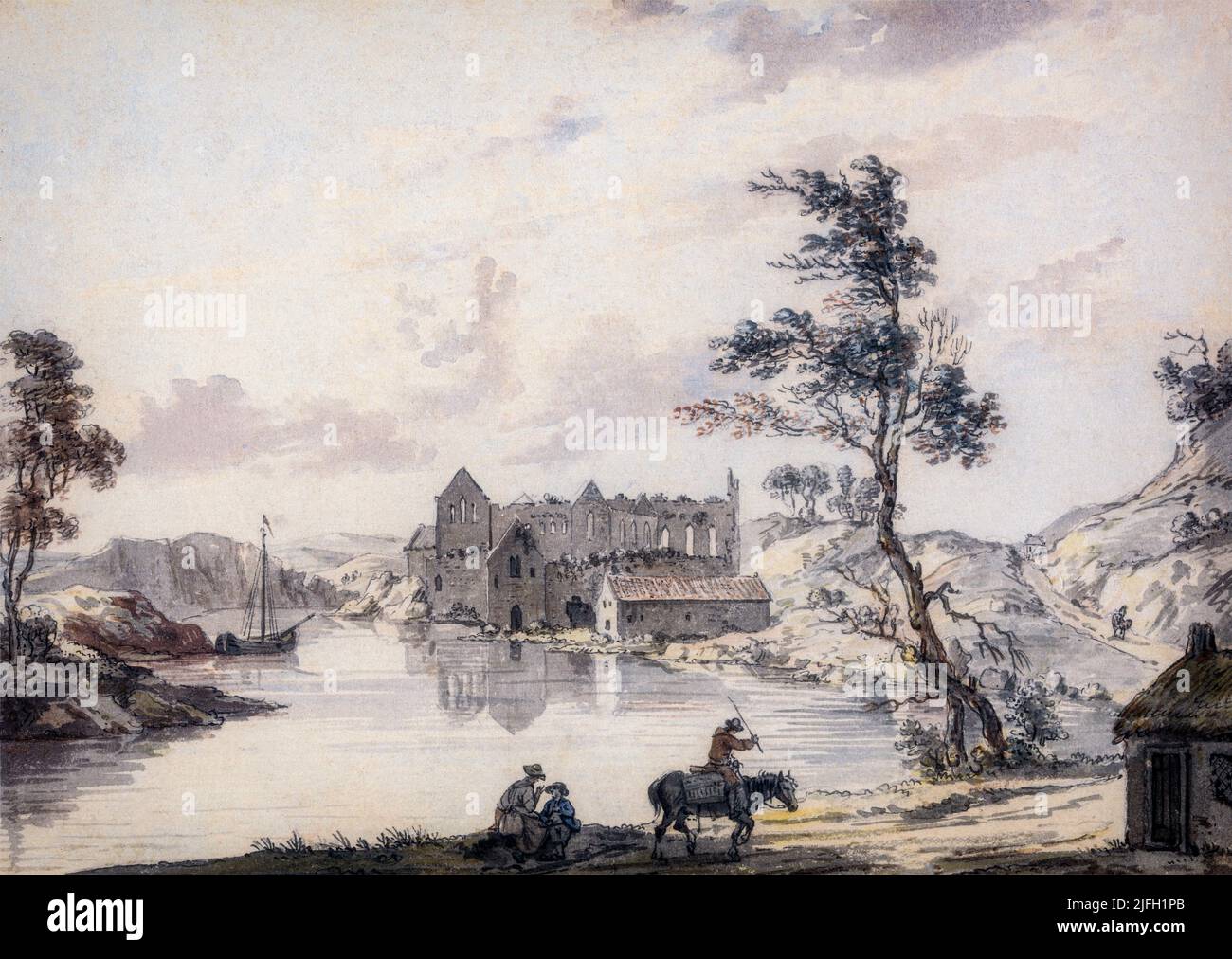 A painting by the English artist Paul Sandby (1731-1809) of Askeaton Abbey or Askeaton Friary, located on the east bank of the River Deel, County Limerick, Ireland. A former Franciscan monastery it was plundered and later abandoned during the Second Desmond Rebellion of 1579. Revived in 1627 it was again abandoned in 1648 when Cromwell’s forces neared. It was reestablished in 1658 and continued to house friars until 1714. Stock Photohttps://www.alamy.com/image-license-details/?v=1https://www.alamy.com/a-painting-by-the-english-artist-paul-sandby-1731-1809-of-askeaton-abbey-or-askeaton-friary-located-on-the-east-bank-of-the-river-deel-county-limerick-ireland-a-former-franciscan-monastery-it-was-plundered-and-later-abandoned-during-the-second-desmond-rebellion-of-1579-revived-in-1627-it-was-again-abandoned-in-1648-when-cromwells-forces-neared-it-was-reestablished-in-1658-and-continued-to-house-friars-until-1714-image474274371.html
A painting by the English artist Paul Sandby (1731-1809) of Askeaton Abbey or Askeaton Friary, located on the east bank of the River Deel, County Limerick, Ireland. A former Franciscan monastery it was plundered and later abandoned during the Second Desmond Rebellion of 1579. Revived in 1627 it was again abandoned in 1648 when Cromwell’s forces neared. It was reestablished in 1658 and continued to house friars until 1714. Stock Photohttps://www.alamy.com/image-license-details/?v=1https://www.alamy.com/a-painting-by-the-english-artist-paul-sandby-1731-1809-of-askeaton-abbey-or-askeaton-friary-located-on-the-east-bank-of-the-river-deel-county-limerick-ireland-a-former-franciscan-monastery-it-was-plundered-and-later-abandoned-during-the-second-desmond-rebellion-of-1579-revived-in-1627-it-was-again-abandoned-in-1648-when-cromwells-forces-neared-it-was-reestablished-in-1658-and-continued-to-house-friars-until-1714-image474274371.htmlRM2JFH1PB–A painting by the English artist Paul Sandby (1731-1809) of Askeaton Abbey or Askeaton Friary, located on the east bank of the River Deel, County Limerick, Ireland. A former Franciscan monastery it was plundered and later abandoned during the Second Desmond Rebellion of 1579. Revived in 1627 it was again abandoned in 1648 when Cromwell’s forces neared. It was reestablished in 1658 and continued to house friars until 1714.
 1805 original engraving of Aberfeldie (Aberfeldy) Lower Falls of Moness at end of 18th century, from 1811 Views in North Britain, illustrative of the Stock Photohttps://www.alamy.com/image-license-details/?v=1https://www.alamy.com/1805-original-engraving-of-aberfeldie-aberfeldy-lower-falls-of-moness-at-end-of-18th-century-from-1811-views-in-north-britain-illustrative-of-the-image417835921.html
1805 original engraving of Aberfeldie (Aberfeldy) Lower Falls of Moness at end of 18th century, from 1811 Views in North Britain, illustrative of the Stock Photohttps://www.alamy.com/image-license-details/?v=1https://www.alamy.com/1805-original-engraving-of-aberfeldie-aberfeldy-lower-falls-of-moness-at-end-of-18th-century-from-1811-views-in-north-britain-illustrative-of-the-image417835921.htmlRF2F7P1YD–1805 original engraving of Aberfeldie (Aberfeldy) Lower Falls of Moness at end of 18th century, from 1811 Views in North Britain, illustrative of the
 A late 19th century view of the beach at St Andrews, a town on the east coast of Fife in Scotland. Named after Saint Andrew the Apostle, the settlement grew to become the ecclesiastical capital of Scotland until the Scottish Reformation. Home to the University of St Andrews, the third oldest university in the English-speaking world and the oldest in Scotland and the Royal and Ancient Golf Club of St Andrews, founded in 1754, which until 2004 exercised legislative authority over the game worldwide (except in the United States and Mexico), hence the town being known as the 'home of golf'. Stock Photohttps://www.alamy.com/image-license-details/?v=1https://www.alamy.com/a-late-19th-century-view-of-the-beach-at-st-andrews-a-town-on-the-east-coast-of-fife-in-scotland-named-after-saint-andrew-the-apostle-the-settlement-grew-to-become-the-ecclesiastical-capital-of-scotland-until-the-scottish-reformation-home-to-the-university-of-st-andrews-the-third-oldest-university-in-the-english-speaking-world-and-the-oldest-in-scotland-and-the-royal-and-ancient-golf-club-of-st-andrews-founded-in-1754-which-until-2004-exercised-legislative-authority-over-the-game-worldwide-except-in-the-united-states-and-mexico-hence-the-town-being-known-as-the-home-of-golf-image435770348.html
A late 19th century view of the beach at St Andrews, a town on the east coast of Fife in Scotland. Named after Saint Andrew the Apostle, the settlement grew to become the ecclesiastical capital of Scotland until the Scottish Reformation. Home to the University of St Andrews, the third oldest university in the English-speaking world and the oldest in Scotland and the Royal and Ancient Golf Club of St Andrews, founded in 1754, which until 2004 exercised legislative authority over the game worldwide (except in the United States and Mexico), hence the town being known as the 'home of golf'. Stock Photohttps://www.alamy.com/image-license-details/?v=1https://www.alamy.com/a-late-19th-century-view-of-the-beach-at-st-andrews-a-town-on-the-east-coast-of-fife-in-scotland-named-after-saint-andrew-the-apostle-the-settlement-grew-to-become-the-ecclesiastical-capital-of-scotland-until-the-scottish-reformation-home-to-the-university-of-st-andrews-the-third-oldest-university-in-the-english-speaking-world-and-the-oldest-in-scotland-and-the-royal-and-ancient-golf-club-of-st-andrews-founded-in-1754-which-until-2004-exercised-legislative-authority-over-the-game-worldwide-except-in-the-united-states-and-mexico-hence-the-town-being-known-as-the-home-of-golf-image435770348.htmlRM2G8Y1EM–A late 19th century view of the beach at St Andrews, a town on the east coast of Fife in Scotland. Named after Saint Andrew the Apostle, the settlement grew to become the ecclesiastical capital of Scotland until the Scottish Reformation. Home to the University of St Andrews, the third oldest university in the English-speaking world and the oldest in Scotland and the Royal and Ancient Golf Club of St Andrews, founded in 1754, which until 2004 exercised legislative authority over the game worldwide (except in the United States and Mexico), hence the town being known as the 'home of golf'.
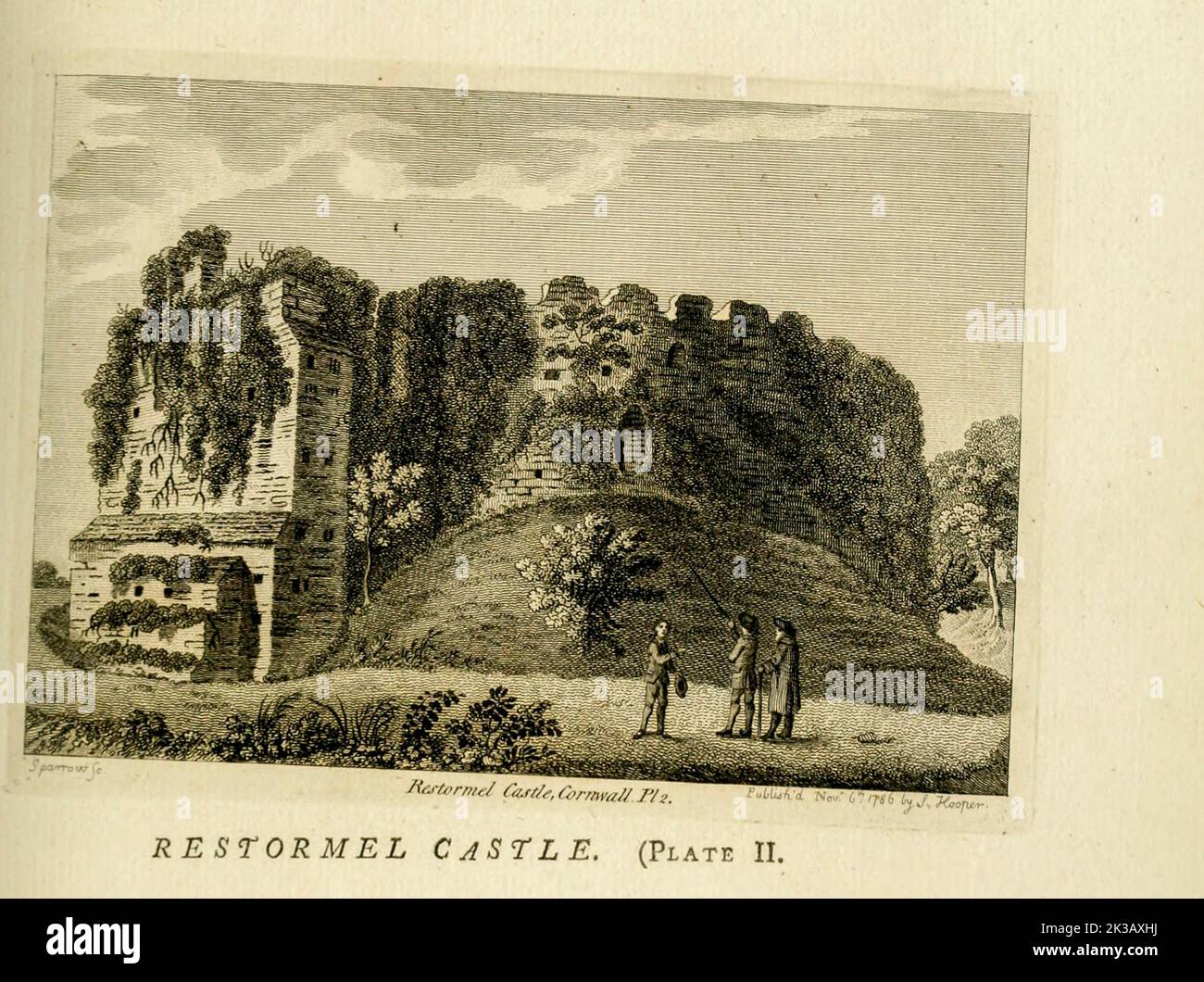 Restormel Castle lies by the River Fowey near Lostwithiel in Cornwall, England, UK. It is one of the four chief Norman castles of Cornwall, the others being Launceston, Tintagel and Trematon. The castle is notable for its perfectly circular design. Although once a luxurious residence of the Earl of Cornwall, the castle was all but ruined by the 16th century. It was briefly reoccupied and fought over during the English Civil War but was subsequently abandoned. from the book ' Supplement to the antiquities of England and Wales ' by Francis Grose, Publication date 1777 Stock Photohttps://www.alamy.com/image-license-details/?v=1https://www.alamy.com/restormel-castle-lies-by-the-river-fowey-near-lostwithiel-in-cornwall-england-uk-it-is-one-of-the-four-chief-norman-castles-of-cornwall-the-others-being-launceston-tintagel-and-trematon-the-castle-is-notable-for-its-perfectly-circular-design-although-once-a-luxurious-residence-of-the-earl-of-cornwall-the-castle-was-all-but-ruined-by-the-16th-century-it-was-briefly-reoccupied-and-fought-over-during-the-english-civil-war-but-was-subsequently-abandoned-from-the-book-supplement-to-the-antiquities-of-england-and-wales-by-francis-grose-publication-date-1777-image483974670.html
Restormel Castle lies by the River Fowey near Lostwithiel in Cornwall, England, UK. It is one of the four chief Norman castles of Cornwall, the others being Launceston, Tintagel and Trematon. The castle is notable for its perfectly circular design. Although once a luxurious residence of the Earl of Cornwall, the castle was all but ruined by the 16th century. It was briefly reoccupied and fought over during the English Civil War but was subsequently abandoned. from the book ' Supplement to the antiquities of England and Wales ' by Francis Grose, Publication date 1777 Stock Photohttps://www.alamy.com/image-license-details/?v=1https://www.alamy.com/restormel-castle-lies-by-the-river-fowey-near-lostwithiel-in-cornwall-england-uk-it-is-one-of-the-four-chief-norman-castles-of-cornwall-the-others-being-launceston-tintagel-and-trematon-the-castle-is-notable-for-its-perfectly-circular-design-although-once-a-luxurious-residence-of-the-earl-of-cornwall-the-castle-was-all-but-ruined-by-the-16th-century-it-was-briefly-reoccupied-and-fought-over-during-the-english-civil-war-but-was-subsequently-abandoned-from-the-book-supplement-to-the-antiquities-of-england-and-wales-by-francis-grose-publication-date-1777-image483974670.htmlRF2K3AXHJ–Restormel Castle lies by the River Fowey near Lostwithiel in Cornwall, England, UK. It is one of the four chief Norman castles of Cornwall, the others being Launceston, Tintagel and Trematon. The castle is notable for its perfectly circular design. Although once a luxurious residence of the Earl of Cornwall, the castle was all but ruined by the 16th century. It was briefly reoccupied and fought over during the English Civil War but was subsequently abandoned. from the book ' Supplement to the antiquities of England and Wales ' by Francis Grose, Publication date 1777
 'Landscape', c1750. Artist: John Smith. Stock Photohttps://www.alamy.com/image-license-details/?v=1https://www.alamy.com/stock-photo-landscape-c1750-artist-john-smith-135280754.html
'Landscape', c1750. Artist: John Smith. Stock Photohttps://www.alamy.com/image-license-details/?v=1https://www.alamy.com/stock-photo-landscape-c1750-artist-john-smith-135280754.htmlRMHT2FYE–'Landscape', c1750. Artist: John Smith.
 Richmond, after the watercolour by Thomas Hearne, 1799 Stock Photohttps://www.alamy.com/image-license-details/?v=1https://www.alamy.com/stock-photo-richmond-after-the-watercolour-by-thomas-hearne-1799-112646941.html
Richmond, after the watercolour by Thomas Hearne, 1799 Stock Photohttps://www.alamy.com/image-license-details/?v=1https://www.alamy.com/stock-photo-richmond-after-the-watercolour-by-thomas-hearne-1799-112646941.htmlRMGF7E91–Richmond, after the watercolour by Thomas Hearne, 1799
 Ruins of Glastonbury Abbey as they appeared in 1785. Victorian woodcut engraving circa 1845. Stock Photohttps://www.alamy.com/image-license-details/?v=1https://www.alamy.com/stock-photo-ruins-of-glastonbury-abbey-as-they-appeared-in-1785-victorian-woodcut-85624289.html
Ruins of Glastonbury Abbey as they appeared in 1785. Victorian woodcut engraving circa 1845. Stock Photohttps://www.alamy.com/image-license-details/?v=1https://www.alamy.com/stock-photo-ruins-of-glastonbury-abbey-as-they-appeared-in-1785-victorian-woodcut-85624289.htmlRMEY8EJ9–Ruins of Glastonbury Abbey as they appeared in 1785. Victorian woodcut engraving circa 1845.
 Newmarket Heath, after the watercolour by Peter Tillemans, a Flemish painter, best known for his works on sporting and topographical subjects. Stock Photohttps://www.alamy.com/image-license-details/?v=1https://www.alamy.com/stock-photo-newmarket-heath-after-the-watercolour-by-peter-tillemans-a-flemish-112646924.html
Newmarket Heath, after the watercolour by Peter Tillemans, a Flemish painter, best known for his works on sporting and topographical subjects. Stock Photohttps://www.alamy.com/image-license-details/?v=1https://www.alamy.com/stock-photo-newmarket-heath-after-the-watercolour-by-peter-tillemans-a-flemish-112646924.htmlRMGF7E8C–Newmarket Heath, after the watercolour by Peter Tillemans, a Flemish painter, best known for his works on sporting and topographical subjects.
 sir joshua reynolds scroll polotics bust Stock Photohttps://www.alamy.com/image-license-details/?v=1https://www.alamy.com/stock-photo-sir-joshua-reynolds-scroll-polotics-bust-22000043.html
sir joshua reynolds scroll polotics bust Stock Photohttps://www.alamy.com/image-license-details/?v=1https://www.alamy.com/stock-photo-sir-joshua-reynolds-scroll-polotics-bust-22000043.htmlRFB7P57R–sir joshua reynolds scroll polotics bust
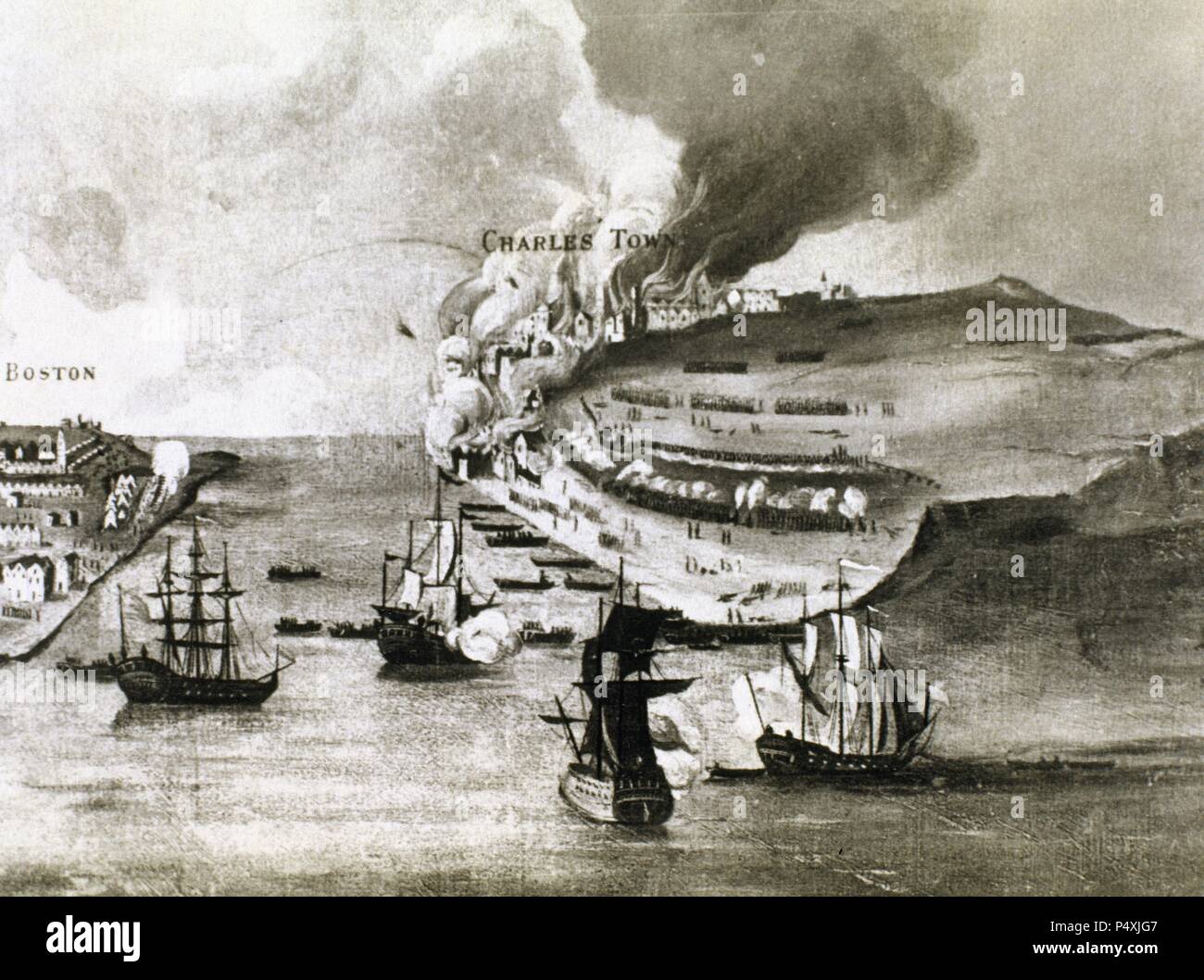 American War of Independence (1775-1783). Battle of Bunker Hill (June 17, 1775). Engraving, 18th century. Stock Photohttps://www.alamy.com/image-license-details/?v=1https://www.alamy.com/american-war-of-independence-1775-1783-battle-of-bunker-hill-june-17-1775-engraving-18th-century-image209568359.html
American War of Independence (1775-1783). Battle of Bunker Hill (June 17, 1775). Engraving, 18th century. Stock Photohttps://www.alamy.com/image-license-details/?v=1https://www.alamy.com/american-war-of-independence-1775-1783-battle-of-bunker-hill-june-17-1775-engraving-18th-century-image209568359.htmlRMP4XJG7–American War of Independence (1775-1783). Battle of Bunker Hill (June 17, 1775). Engraving, 18th century.
 Sarothamnus Scoparius. Common Broom Stock Photohttps://www.alamy.com/image-license-details/?v=1https://www.alamy.com/sarothamnus-scoparius-common-broom-image66106834.html
Sarothamnus Scoparius. Common Broom Stock Photohttps://www.alamy.com/image-license-details/?v=1https://www.alamy.com/sarothamnus-scoparius-common-broom-image66106834.htmlRMDRFBXA–Sarothamnus Scoparius. Common Broom
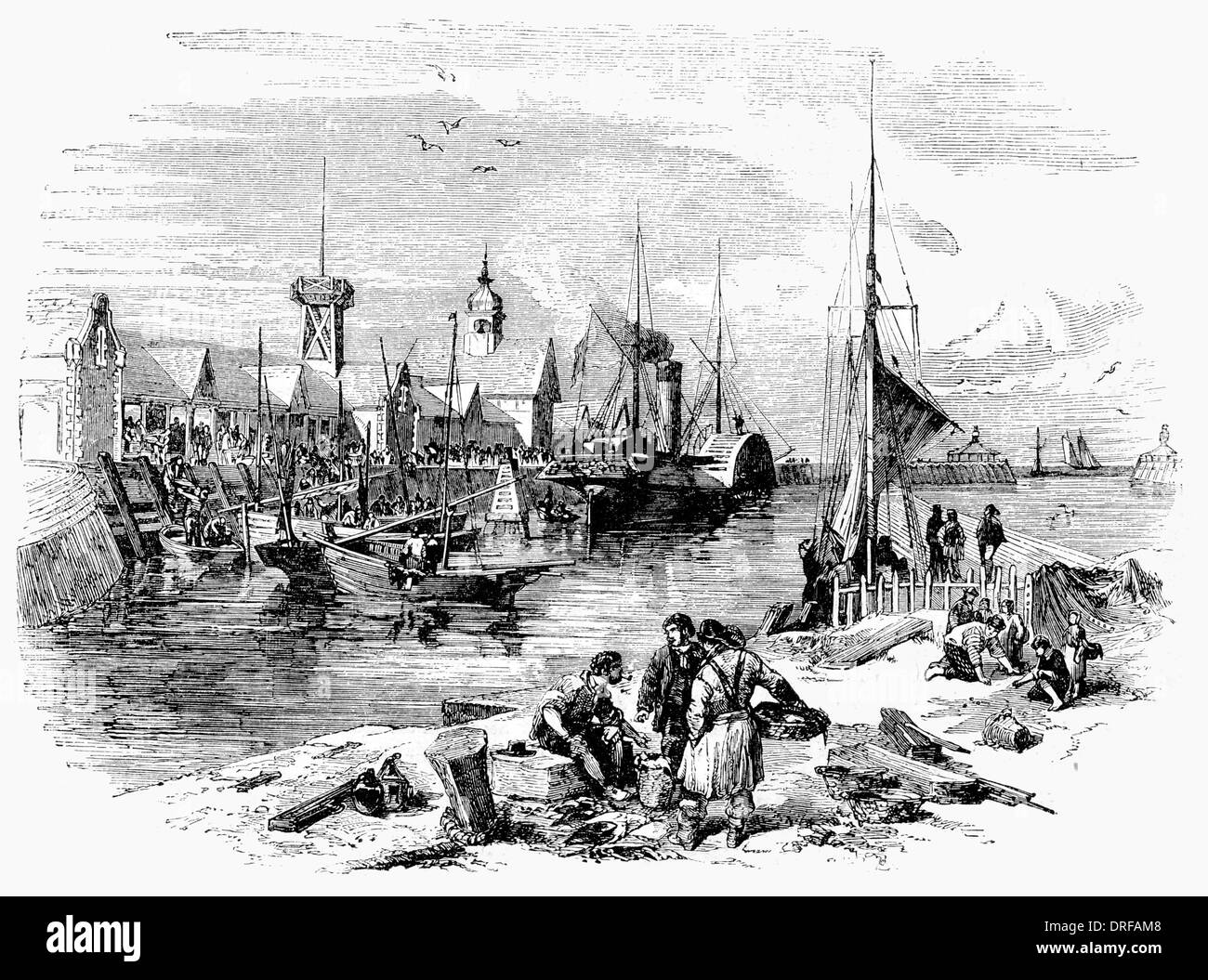 The Fish Market Lowestoft circa 1854 Stock Photohttps://www.alamy.com/image-license-details/?v=1https://www.alamy.com/the-fish-market-lowestoft-circa-1854-image66105880.html
The Fish Market Lowestoft circa 1854 Stock Photohttps://www.alamy.com/image-license-details/?v=1https://www.alamy.com/the-fish-market-lowestoft-circa-1854-image66105880.htmlRMDRFAM8–The Fish Market Lowestoft circa 1854
 Beaulieu Abbey, was a Cistercian abbey in Hampshire, England. It was founded in 1203–1204 by King John and populated by 30 monks sent from the abbey of Cîteaux in France, the mother house of the Cistercian order. The Medieval Latin name of the monastery was Bellus Locus Regis ('The beautiful place of the king'') or monasterium Belli loci Regis. Other spellings of the English name which occur historically are Bewley (16th century) and Beaulie (17th century)from the book ' Supplement to the antiquities of England and Wales ' by Francis Grose, Publication date 1777 Stock Photohttps://www.alamy.com/image-license-details/?v=1https://www.alamy.com/beaulieu-abbey-was-a-cistercian-abbey-in-hampshire-england-it-was-founded-in-12031204-by-king-john-and-populated-by-30-monks-sent-from-the-abbey-of-cteaux-in-france-the-mother-house-of-the-cistercian-order-the-medieval-latin-name-of-the-monastery-was-bellus-locus-regis-the-beautiful-place-of-the-king-or-monasterium-belli-loci-regis-other-spellings-of-the-english-name-which-occur-historically-are-bewley-16th-century-and-beaulie-17th-centuryfrom-the-book-supplement-to-the-antiquities-of-england-and-wales-by-francis-grose-publication-date-1777-image504651062.html
Beaulieu Abbey, was a Cistercian abbey in Hampshire, England. It was founded in 1203–1204 by King John and populated by 30 monks sent from the abbey of Cîteaux in France, the mother house of the Cistercian order. The Medieval Latin name of the monastery was Bellus Locus Regis ('The beautiful place of the king'') or monasterium Belli loci Regis. Other spellings of the English name which occur historically are Bewley (16th century) and Beaulie (17th century)from the book ' Supplement to the antiquities of England and Wales ' by Francis Grose, Publication date 1777 Stock Photohttps://www.alamy.com/image-license-details/?v=1https://www.alamy.com/beaulieu-abbey-was-a-cistercian-abbey-in-hampshire-england-it-was-founded-in-12031204-by-king-john-and-populated-by-30-monks-sent-from-the-abbey-of-cteaux-in-france-the-mother-house-of-the-cistercian-order-the-medieval-latin-name-of-the-monastery-was-bellus-locus-regis-the-beautiful-place-of-the-king-or-monasterium-belli-loci-regis-other-spellings-of-the-english-name-which-occur-historically-are-bewley-16th-century-and-beaulie-17th-centuryfrom-the-book-supplement-to-the-antiquities-of-england-and-wales-by-francis-grose-publication-date-1777-image504651062.htmlRF2M90RG6–Beaulieu Abbey, was a Cistercian abbey in Hampshire, England. It was founded in 1203–1204 by King John and populated by 30 monks sent from the abbey of Cîteaux in France, the mother house of the Cistercian order. The Medieval Latin name of the monastery was Bellus Locus Regis ('The beautiful place of the king'') or monasterium Belli loci Regis. Other spellings of the English name which occur historically are Bewley (16th century) and Beaulie (17th century)from the book ' Supplement to the antiquities of England and Wales ' by Francis Grose, Publication date 1777
 Landscape, Possibly Eartham by George Romney Stock Photohttps://www.alamy.com/image-license-details/?v=1https://www.alamy.com/landscape-possibly-eartham-by-george-romney-image543128361.html
Landscape, Possibly Eartham by George Romney Stock Photohttps://www.alamy.com/image-license-details/?v=1https://www.alamy.com/landscape-possibly-eartham-by-george-romney-image543128361.htmlRM2PFHHND–Landscape, Possibly Eartham by George Romney
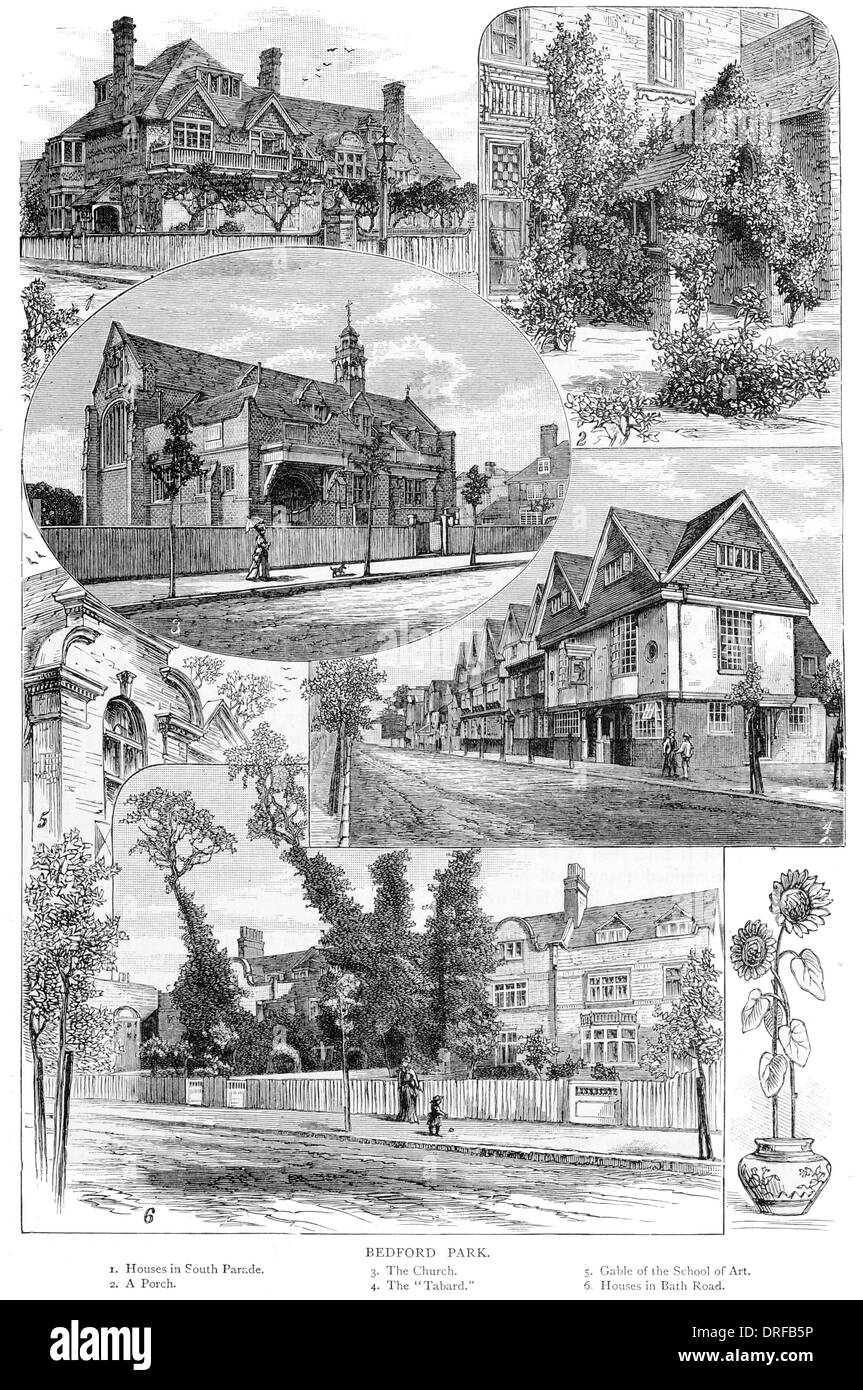 Bedford Park. South Parade. Porch. Church. Tabard. Gable of Art School. Bath Road. Circa 1880 Stock Photohttps://www.alamy.com/image-license-details/?v=1https://www.alamy.com/bedford-park-south-parade-porch-church-tabard-gable-of-art-school-image66106258.html
Bedford Park. South Parade. Porch. Church. Tabard. Gable of Art School. Bath Road. Circa 1880 Stock Photohttps://www.alamy.com/image-license-details/?v=1https://www.alamy.com/bedford-park-south-parade-porch-church-tabard-gable-of-art-school-image66106258.htmlRMDRFB5P–Bedford Park. South Parade. Porch. Church. Tabard. Gable of Art School. Bath Road. Circa 1880
![A group of figures eating, drinking and smoking next to some cattle in a cave in the foreground, with a landscape in the background. A View of a Remarkable Grotto, in the Hills of Posilipo = Vue d'une Grotte remarquable dans la Colline de Posilipo. [London] : Publish'd April 1st. 1777. by P. Sandby & A. Robertson, as the Act directs, [April 1 1777]. Aquatint, etching and engraving, printed in sepia. Source: Maps 7.Tab.60, plate 1. Language: English and French. Author: FABRIS, PETER. Stock Photo A group of figures eating, drinking and smoking next to some cattle in a cave in the foreground, with a landscape in the background. A View of a Remarkable Grotto, in the Hills of Posilipo = Vue d'une Grotte remarquable dans la Colline de Posilipo. [London] : Publish'd April 1st. 1777. by P. Sandby & A. Robertson, as the Act directs, [April 1 1777]. Aquatint, etching and engraving, printed in sepia. Source: Maps 7.Tab.60, plate 1. Language: English and French. Author: FABRIS, PETER. Stock Photo](https://c8.alamy.com/comp/R56X4F/a-group-of-figures-eating-drinking-and-smoking-next-to-some-cattle-in-a-cave-in-the-foreground-with-a-landscape-in-the-background-a-view-of-a-remarkable-grotto-in-the-hills-of-posilipo-=-vue-dune-grotte-remarquable-dans-la-colline-de-posilipo-london-publishd-april-1st-1777-by-p-sandby-a-robertson-as-the-act-directs-april-1-1777-aquatint-etching-and-engraving-printed-in-sepia-source-maps-7tab60-plate-1-language-english-and-french-author-fabris-peter-R56X4F.jpg) A group of figures eating, drinking and smoking next to some cattle in a cave in the foreground, with a landscape in the background. A View of a Remarkable Grotto, in the Hills of Posilipo = Vue d'une Grotte remarquable dans la Colline de Posilipo. [London] : Publish'd April 1st. 1777. by P. Sandby & A. Robertson, as the Act directs, [April 1 1777]. Aquatint, etching and engraving, printed in sepia. Source: Maps 7.Tab.60, plate 1. Language: English and French. Author: FABRIS, PETER. Stock Photohttps://www.alamy.com/image-license-details/?v=1https://www.alamy.com/a-group-of-figures-eating-drinking-and-smoking-next-to-some-cattle-in-a-cave-in-the-foreground-with-a-landscape-in-the-background-a-view-of-a-remarkable-grotto-in-the-hills-of-posilipo-=-vue-dune-grotte-remarquable-dans-la-colline-de-posilipo-london-publishd-april-1st-1777-by-p-sandby-a-robertson-as-the-act-directs-april-1-1777-aquatint-etching-and-engraving-printed-in-sepia-source-maps-7tab60-plate-1-language-english-and-french-author-fabris-peter-image226960287.html
A group of figures eating, drinking and smoking next to some cattle in a cave in the foreground, with a landscape in the background. A View of a Remarkable Grotto, in the Hills of Posilipo = Vue d'une Grotte remarquable dans la Colline de Posilipo. [London] : Publish'd April 1st. 1777. by P. Sandby & A. Robertson, as the Act directs, [April 1 1777]. Aquatint, etching and engraving, printed in sepia. Source: Maps 7.Tab.60, plate 1. Language: English and French. Author: FABRIS, PETER. Stock Photohttps://www.alamy.com/image-license-details/?v=1https://www.alamy.com/a-group-of-figures-eating-drinking-and-smoking-next-to-some-cattle-in-a-cave-in-the-foreground-with-a-landscape-in-the-background-a-view-of-a-remarkable-grotto-in-the-hills-of-posilipo-=-vue-dune-grotte-remarquable-dans-la-colline-de-posilipo-london-publishd-april-1st-1777-by-p-sandby-a-robertson-as-the-act-directs-april-1-1777-aquatint-etching-and-engraving-printed-in-sepia-source-maps-7tab60-plate-1-language-english-and-french-author-fabris-peter-image226960287.htmlRMR56X4F–A group of figures eating, drinking and smoking next to some cattle in a cave in the foreground, with a landscape in the background. A View of a Remarkable Grotto, in the Hills of Posilipo = Vue d'une Grotte remarquable dans la Colline de Posilipo. [London] : Publish'd April 1st. 1777. by P. Sandby & A. Robertson, as the Act directs, [April 1 1777]. Aquatint, etching and engraving, printed in sepia. Source: Maps 7.Tab.60, plate 1. Language: English and French. Author: FABRIS, PETER.
 An engraving of Beeston Castle Cheshire February 12 1784 scanned at high resolution from a book published in the 1780s. Believed copyright free. Stock Photohttps://www.alamy.com/image-license-details/?v=1https://www.alamy.com/an-engraving-of-beeston-castle-cheshire-february-12-1784-scanned-at-high-resolution-from-a-book-published-in-the-1780s-believed-copyright-free-image362976729.html
An engraving of Beeston Castle Cheshire February 12 1784 scanned at high resolution from a book published in the 1780s. Believed copyright free. Stock Photohttps://www.alamy.com/image-license-details/?v=1https://www.alamy.com/an-engraving-of-beeston-castle-cheshire-february-12-1784-scanned-at-high-resolution-from-a-book-published-in-the-1780s-believed-copyright-free-image362976729.htmlRM2C2F0EH–An engraving of Beeston Castle Cheshire February 12 1784 scanned at high resolution from a book published in the 1780s. Believed copyright free.
 'View of Westminster Abbey & St.Margarets Church adjoining.', late 18th-early 19th century. Artist: Taylor. Stock Photohttps://www.alamy.com/image-license-details/?v=1https://www.alamy.com/view-of-westminster-abbey-stmargarets-church-adjoining-late-18th-early-19th-century-artist-taylor-image218485697.html
'View of Westminster Abbey & St.Margarets Church adjoining.', late 18th-early 19th century. Artist: Taylor. Stock Photohttps://www.alamy.com/image-license-details/?v=1https://www.alamy.com/view-of-westminster-abbey-stmargarets-church-adjoining-late-18th-early-19th-century-artist-taylor-image218485697.htmlRMPKCTMH–'View of Westminster Abbey & St.Margarets Church adjoining.', late 18th-early 19th century. Artist: Taylor.
 'View from the Terrace at Oatland', 18th century.Artist: Francois Vivares Stock Photohttps://www.alamy.com/image-license-details/?v=1https://www.alamy.com/view-from-the-terrace-at-oatland-18th-centuryartist-francois-vivares-image262750475.html
'View from the Terrace at Oatland', 18th century.Artist: Francois Vivares Stock Photohttps://www.alamy.com/image-license-details/?v=1https://www.alamy.com/view-from-the-terrace-at-oatland-18th-centuryartist-francois-vivares-image262750475.htmlRMW7D8WF–'View from the Terrace at Oatland', 18th century.Artist: Francois Vivares
 A late 19th Century view of the shore and seafront at Sidmouth, a town situated on the English Channel coast in Devon, South West England. It remained a village until the fashion for coastal resorts grew in the Georgian and Victorian periods of the 18th and 19th centuries. A number of Georgian and Regency buildings still remain. In 1874, Sidmouth was connected to the railway network by a branch line contibuting to the growth in visitors and tourists. Stock Photohttps://www.alamy.com/image-license-details/?v=1https://www.alamy.com/a-late-19th-century-view-of-the-shore-and-seafront-at-sidmouth-a-town-situated-on-the-english-channel-coast-in-devon-south-west-england-it-remained-a-village-until-the-fashion-for-coastal-resorts-grew-in-the-georgian-and-victorian-periods-of-the-18th-and-19th-centuries-a-number-of-georgian-and-regency-buildings-still-remain-in-1874-sidmouth-was-connected-to-the-railway-network-by-a-branch-line-contibuting-to-the-growth-in-visitors-and-tourists-image247460771.html
A late 19th Century view of the shore and seafront at Sidmouth, a town situated on the English Channel coast in Devon, South West England. It remained a village until the fashion for coastal resorts grew in the Georgian and Victorian periods of the 18th and 19th centuries. A number of Georgian and Regency buildings still remain. In 1874, Sidmouth was connected to the railway network by a branch line contibuting to the growth in visitors and tourists. Stock Photohttps://www.alamy.com/image-license-details/?v=1https://www.alamy.com/a-late-19th-century-view-of-the-shore-and-seafront-at-sidmouth-a-town-situated-on-the-english-channel-coast-in-devon-south-west-england-it-remained-a-village-until-the-fashion-for-coastal-resorts-grew-in-the-georgian-and-victorian-periods-of-the-18th-and-19th-centuries-a-number-of-georgian-and-regency-buildings-still-remain-in-1874-sidmouth-was-connected-to-the-railway-network-by-a-branch-line-contibuting-to-the-growth-in-visitors-and-tourists-image247460771.htmlRMTAGPMK–A late 19th Century view of the shore and seafront at Sidmouth, a town situated on the English Channel coast in Devon, South West England. It remained a village until the fashion for coastal resorts grew in the Georgian and Victorian periods of the 18th and 19th centuries. A number of Georgian and Regency buildings still remain. In 1874, Sidmouth was connected to the railway network by a branch line contibuting to the growth in visitors and tourists.
 Restormel Castle lies by the River Fowey near Lostwithiel in Cornwall, England, UK. It is one of the four chief Norman castles of Cornwall, the others being Launceston, Tintagel and Trematon. The castle is notable for its perfectly circular design. Although once a luxurious residence of the Earl of Cornwall, the castle was all but ruined by the 16th century. It was briefly reoccupied and fought over during the English Civil War but was subsequently abandoned. from the book ' Supplement to the antiquities of England and Wales ' by Francis Grose, Publication date 1777 Stock Photohttps://www.alamy.com/image-license-details/?v=1https://www.alamy.com/restormel-castle-lies-by-the-river-fowey-near-lostwithiel-in-cornwall-england-uk-it-is-one-of-the-four-chief-norman-castles-of-cornwall-the-others-being-launceston-tintagel-and-trematon-the-castle-is-notable-for-its-perfectly-circular-design-although-once-a-luxurious-residence-of-the-earl-of-cornwall-the-castle-was-all-but-ruined-by-the-16th-century-it-was-briefly-reoccupied-and-fought-over-during-the-english-civil-war-but-was-subsequently-abandoned-from-the-book-supplement-to-the-antiquities-of-england-and-wales-by-francis-grose-publication-date-1777-image483974668.html
Restormel Castle lies by the River Fowey near Lostwithiel in Cornwall, England, UK. It is one of the four chief Norman castles of Cornwall, the others being Launceston, Tintagel and Trematon. The castle is notable for its perfectly circular design. Although once a luxurious residence of the Earl of Cornwall, the castle was all but ruined by the 16th century. It was briefly reoccupied and fought over during the English Civil War but was subsequently abandoned. from the book ' Supplement to the antiquities of England and Wales ' by Francis Grose, Publication date 1777 Stock Photohttps://www.alamy.com/image-license-details/?v=1https://www.alamy.com/restormel-castle-lies-by-the-river-fowey-near-lostwithiel-in-cornwall-england-uk-it-is-one-of-the-four-chief-norman-castles-of-cornwall-the-others-being-launceston-tintagel-and-trematon-the-castle-is-notable-for-its-perfectly-circular-design-although-once-a-luxurious-residence-of-the-earl-of-cornwall-the-castle-was-all-but-ruined-by-the-16th-century-it-was-briefly-reoccupied-and-fought-over-during-the-english-civil-war-but-was-subsequently-abandoned-from-the-book-supplement-to-the-antiquities-of-england-and-wales-by-francis-grose-publication-date-1777-image483974668.htmlRF2K3AXHG–Restormel Castle lies by the River Fowey near Lostwithiel in Cornwall, England, UK. It is one of the four chief Norman castles of Cornwall, the others being Launceston, Tintagel and Trematon. The castle is notable for its perfectly circular design. Although once a luxurious residence of the Earl of Cornwall, the castle was all but ruined by the 16th century. It was briefly reoccupied and fought over during the English Civil War but was subsequently abandoned. from the book ' Supplement to the antiquities of England and Wales ' by Francis Grose, Publication date 1777
